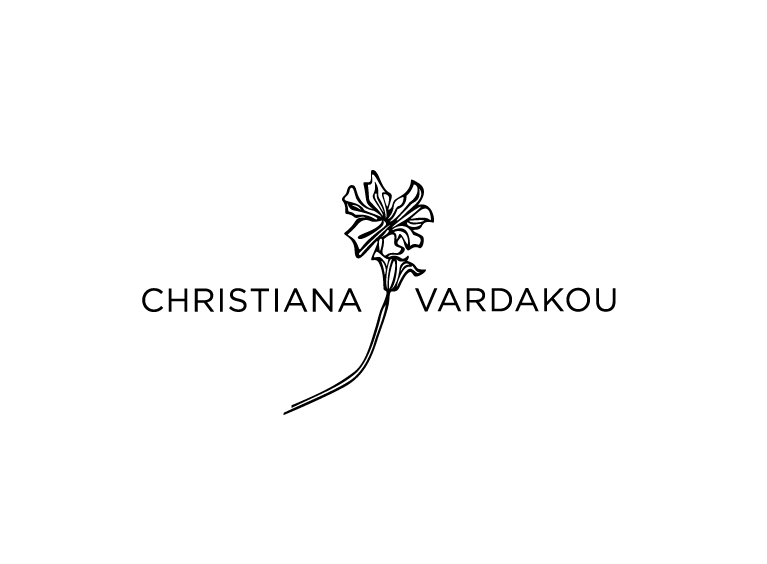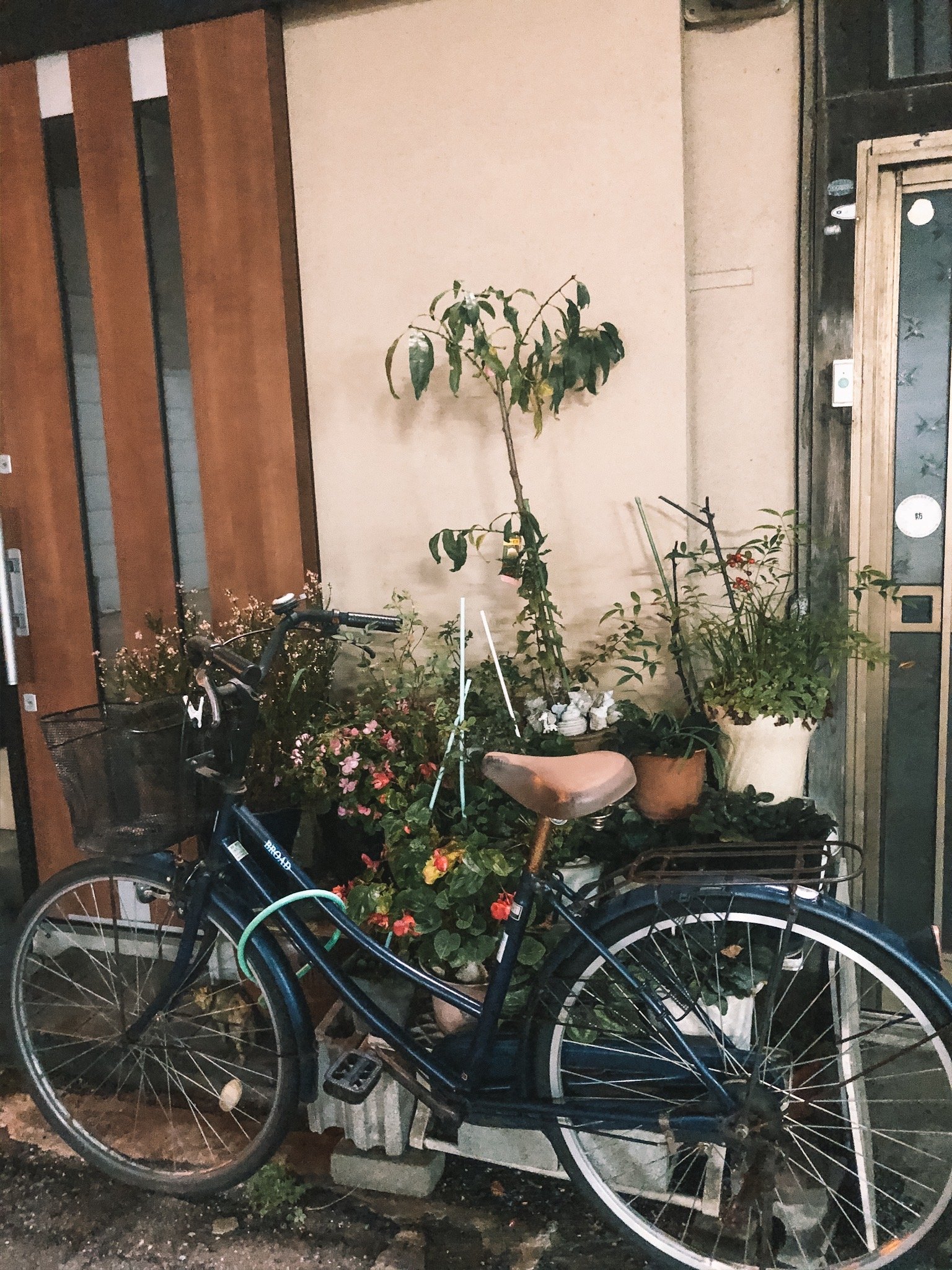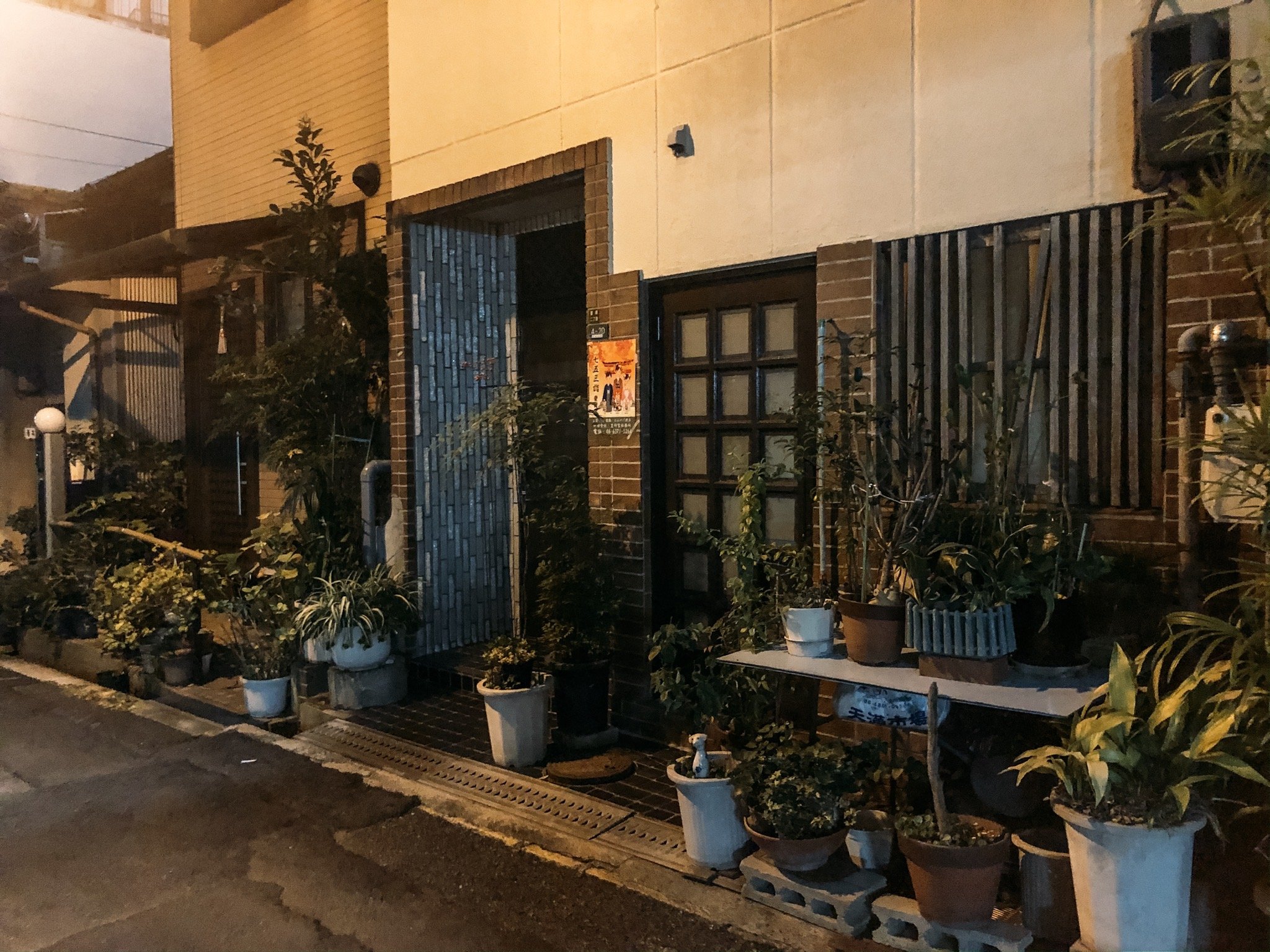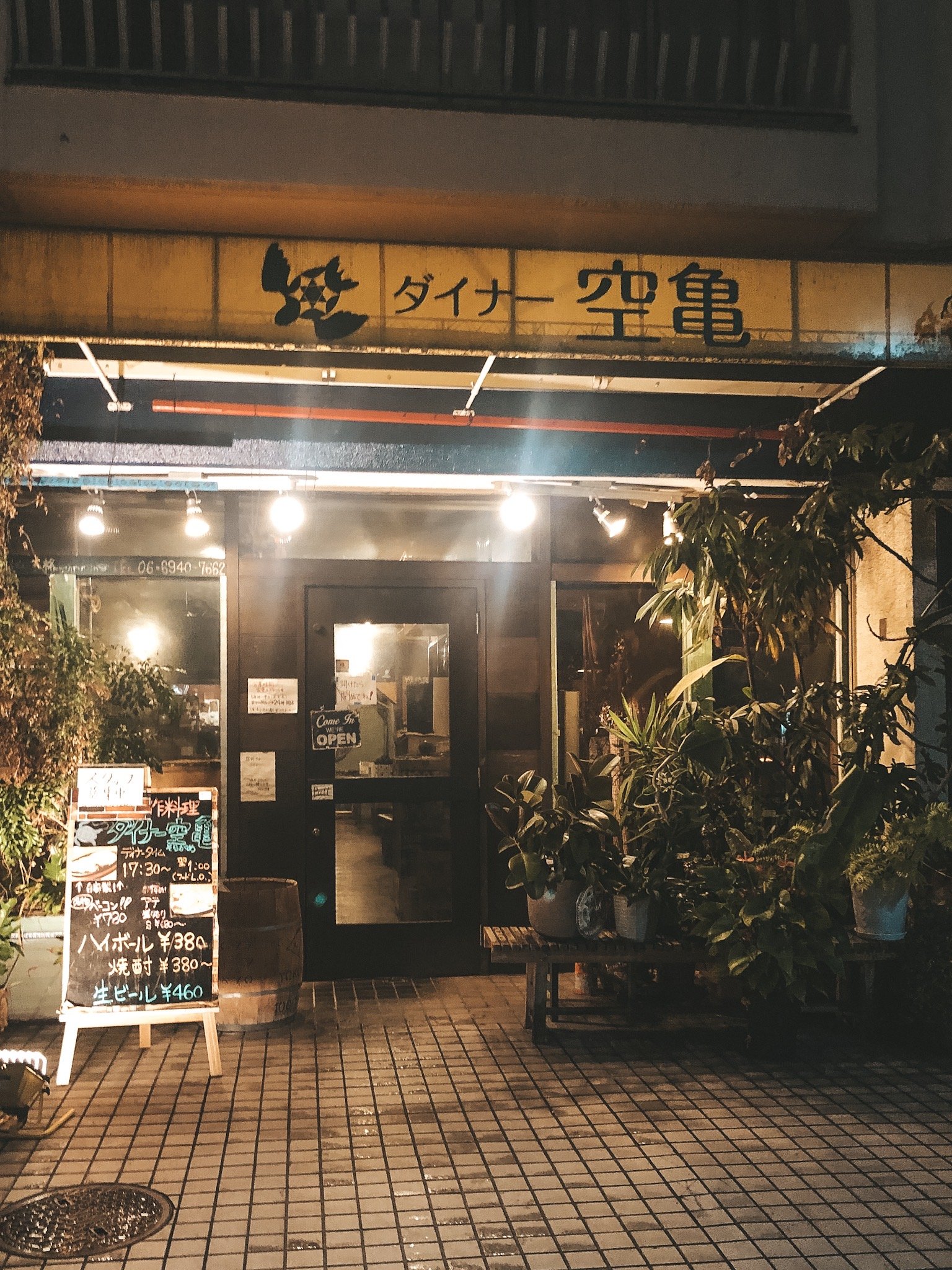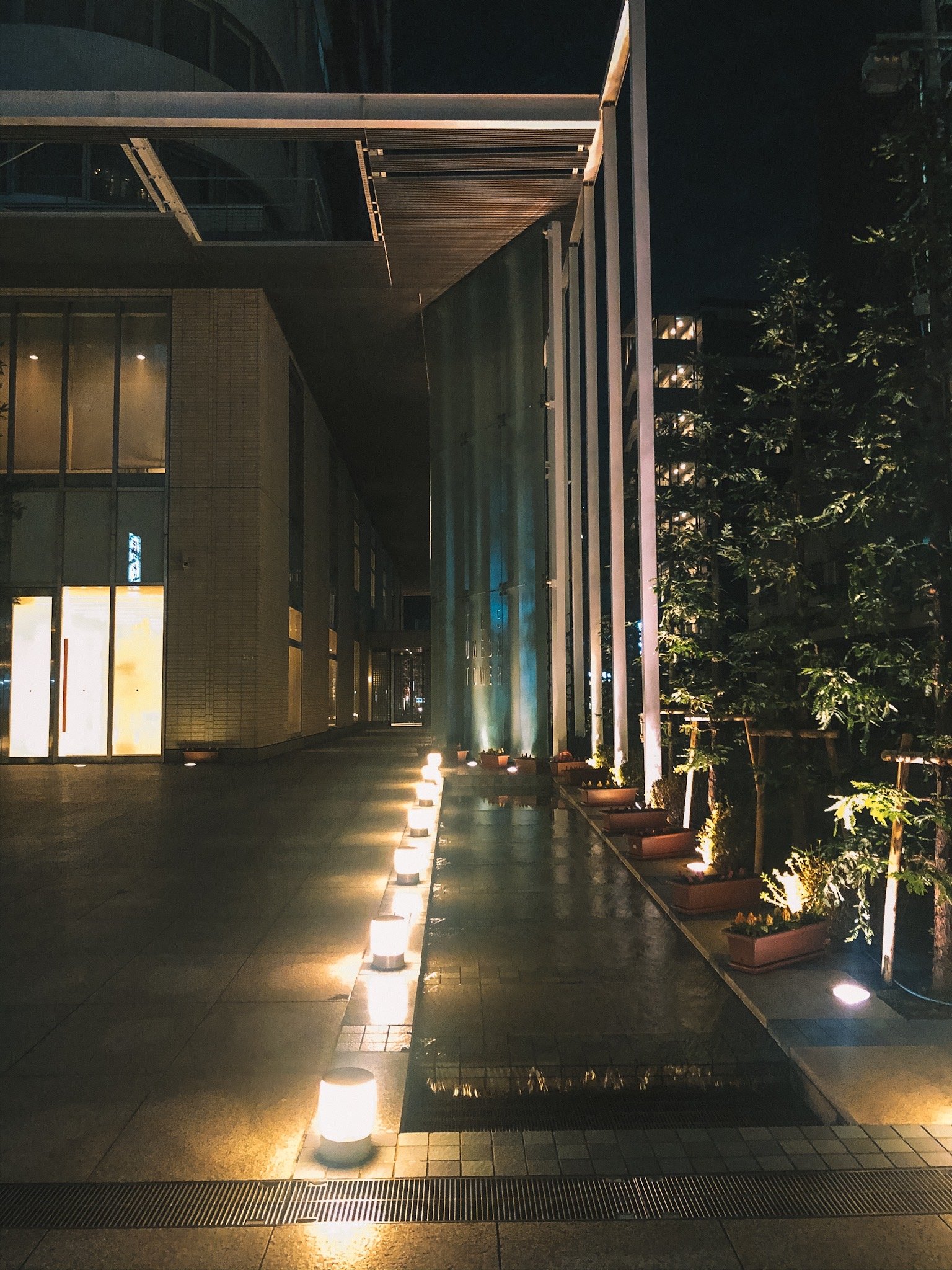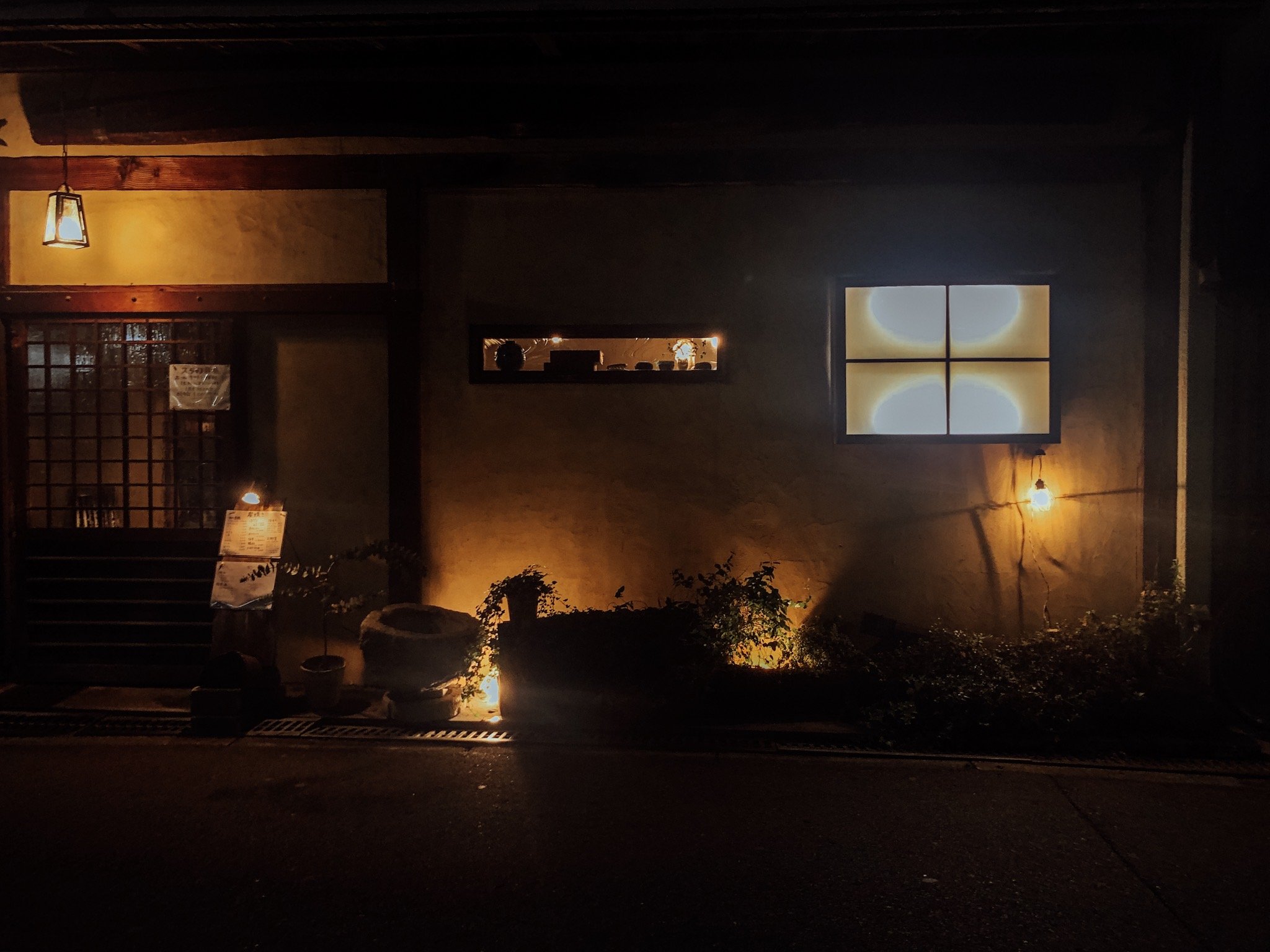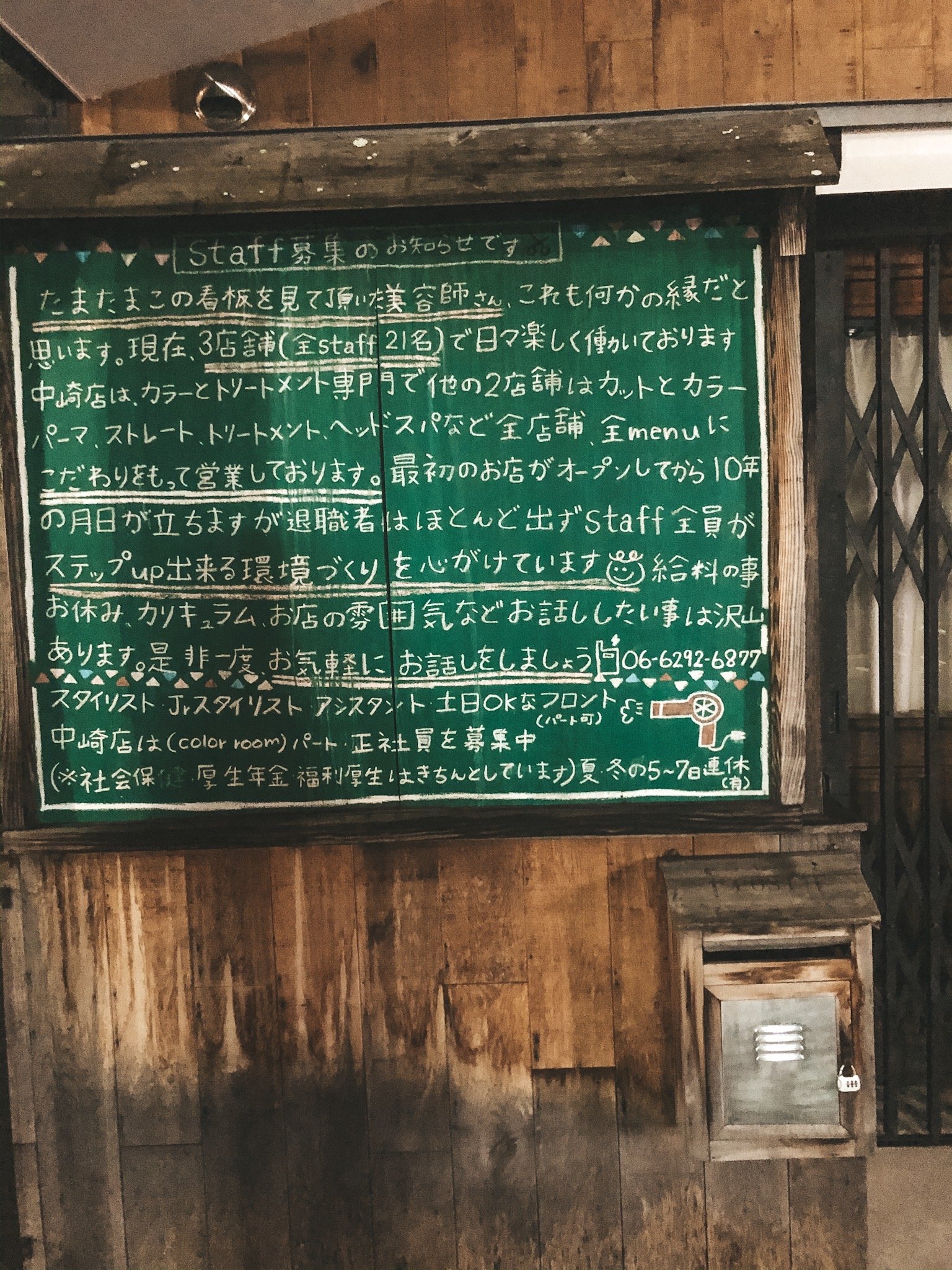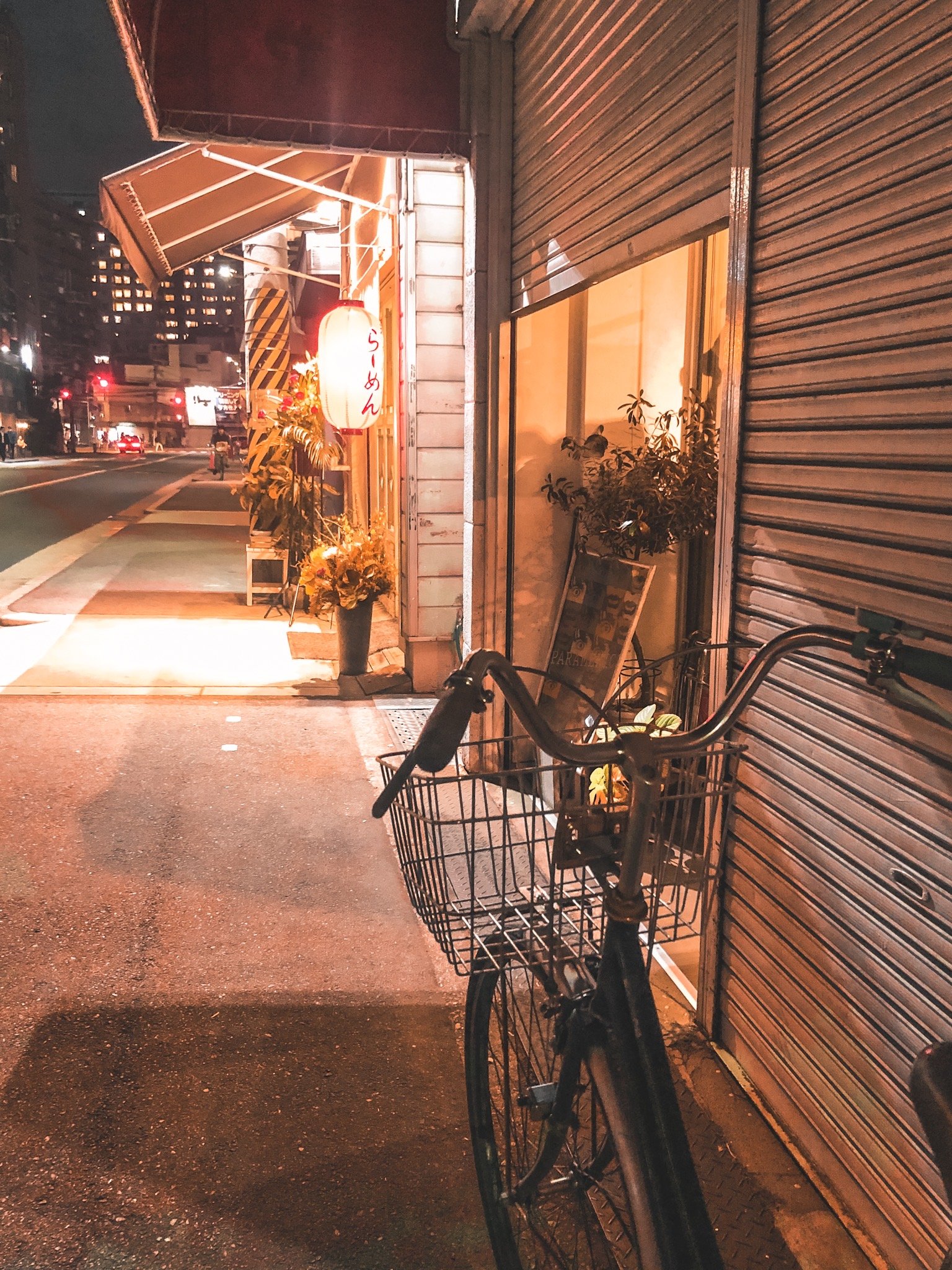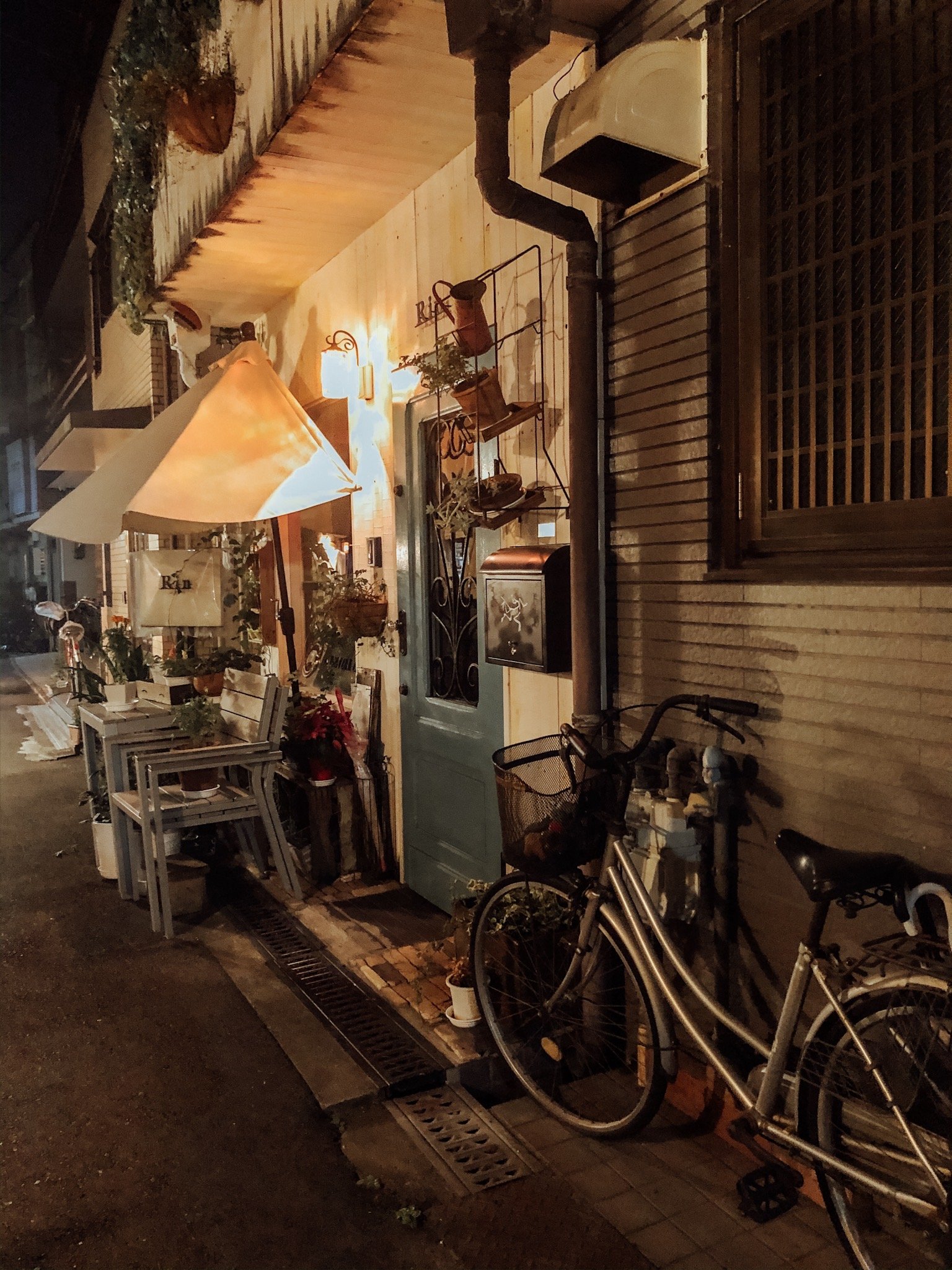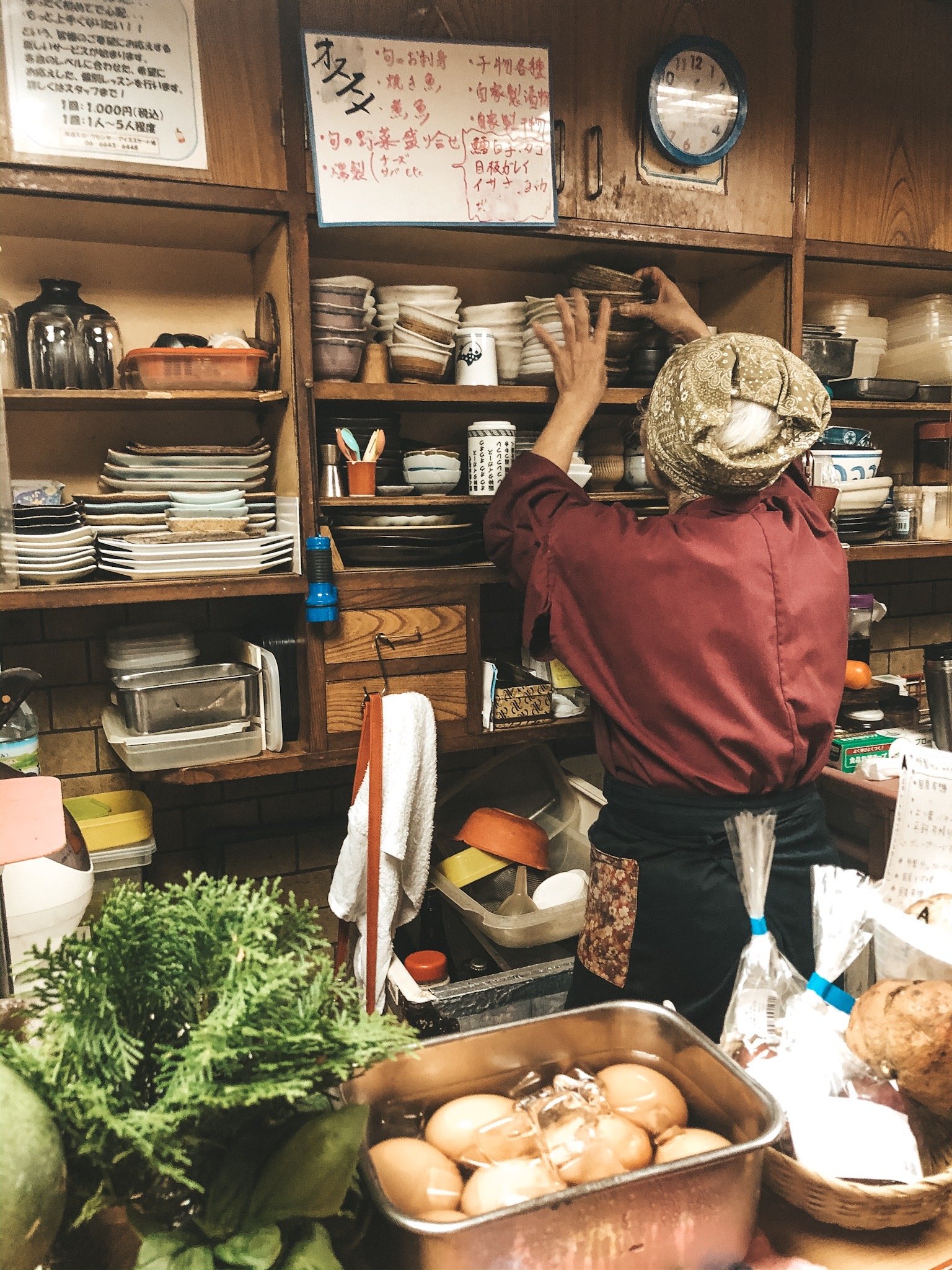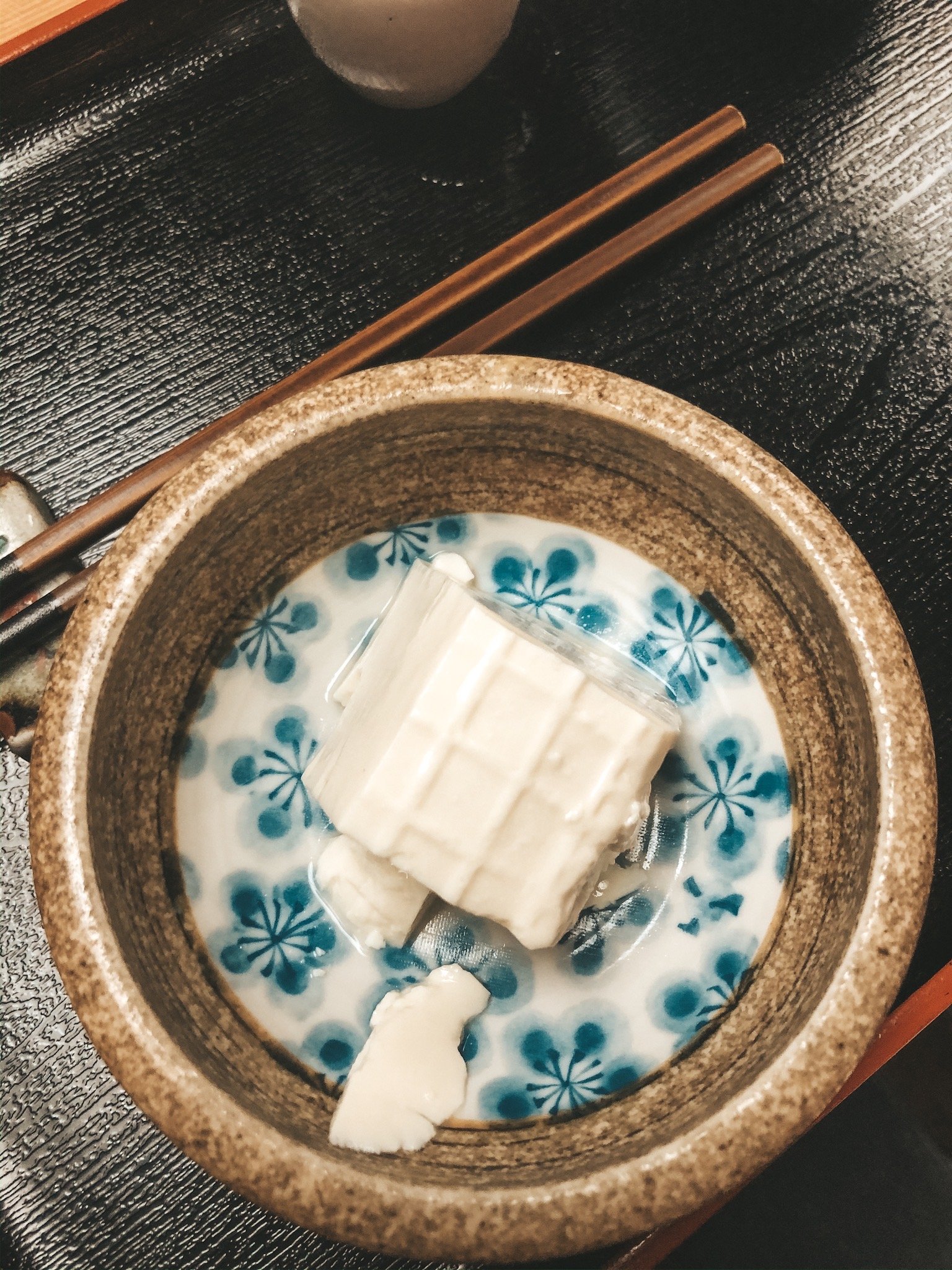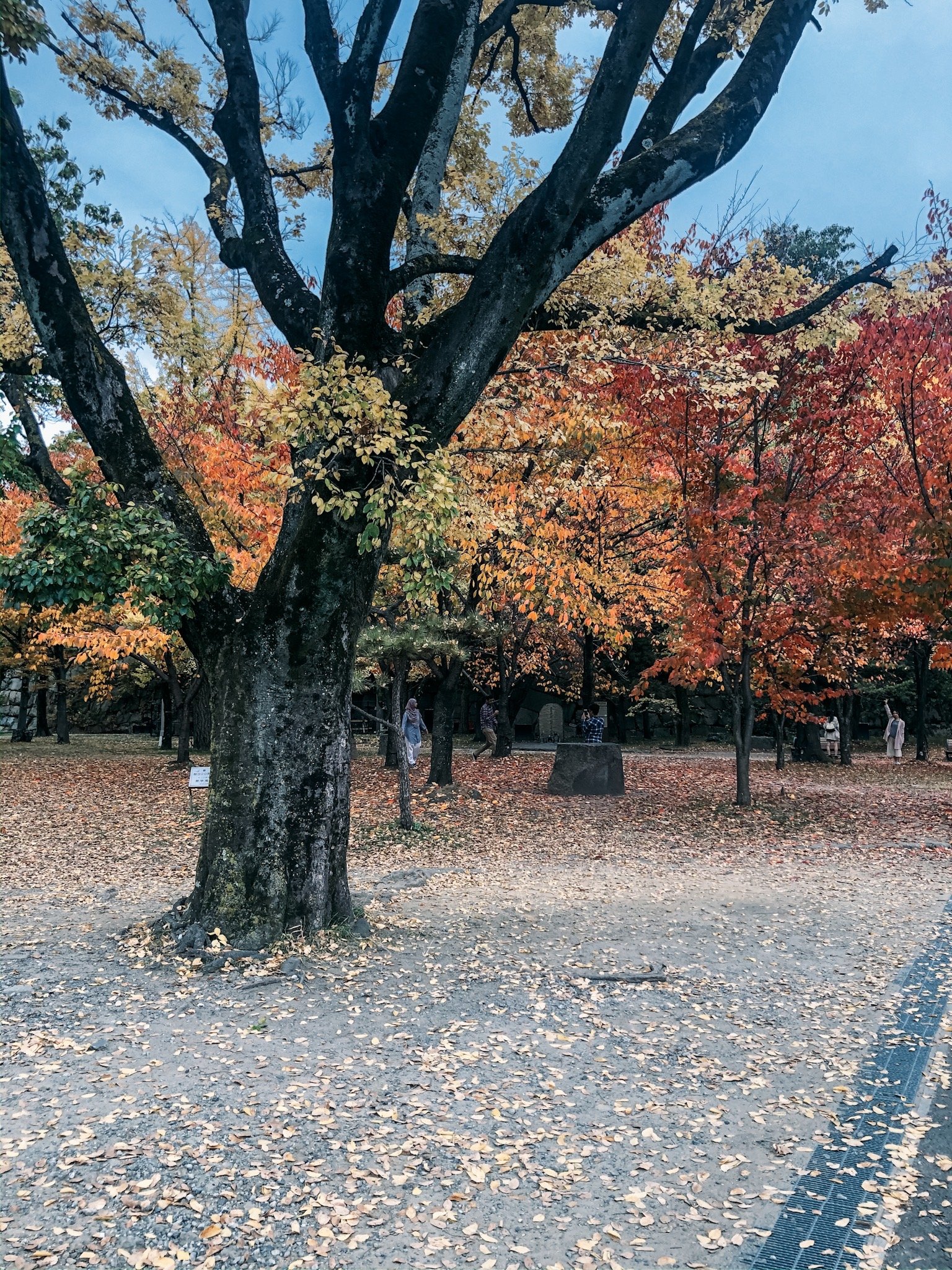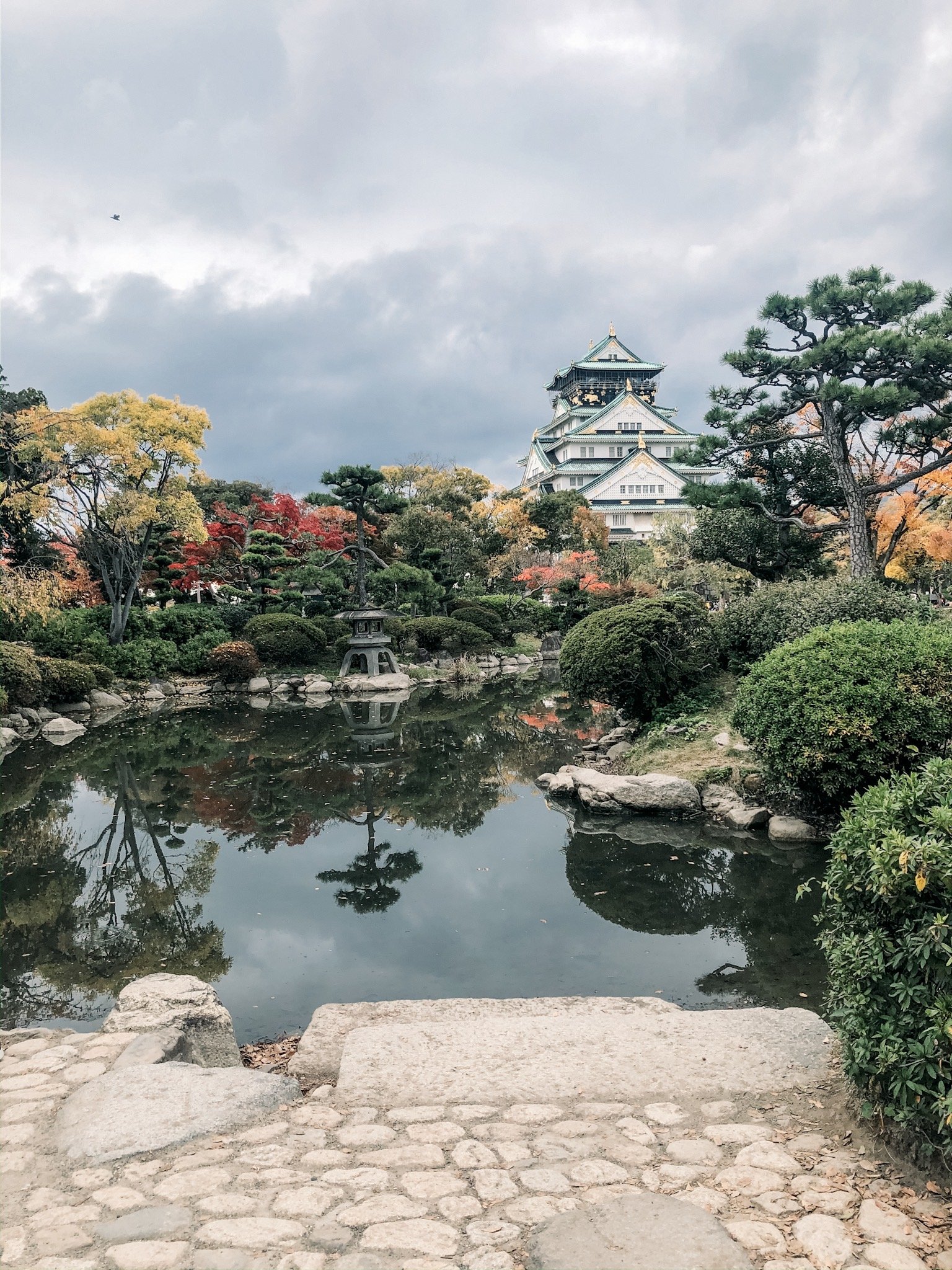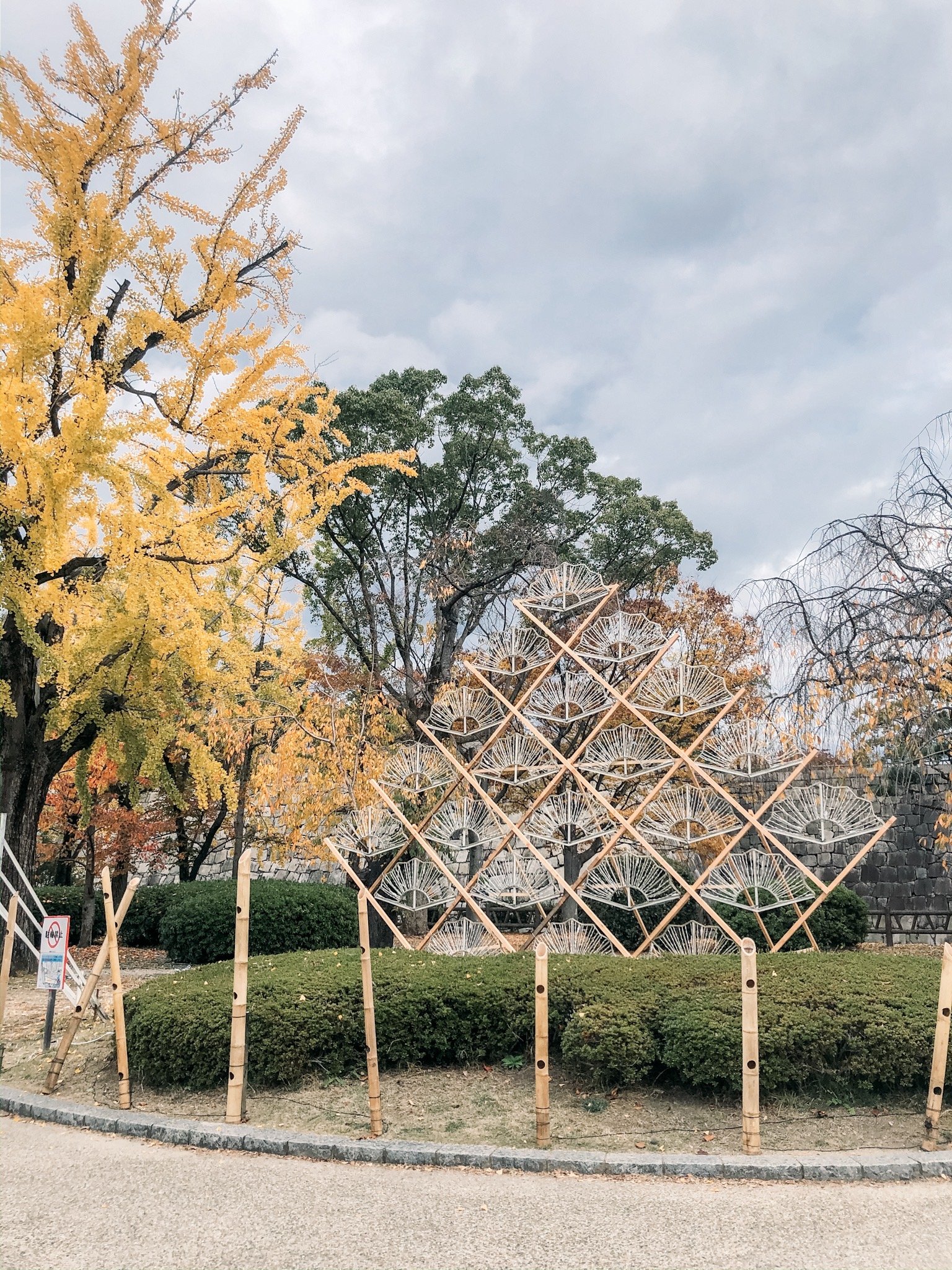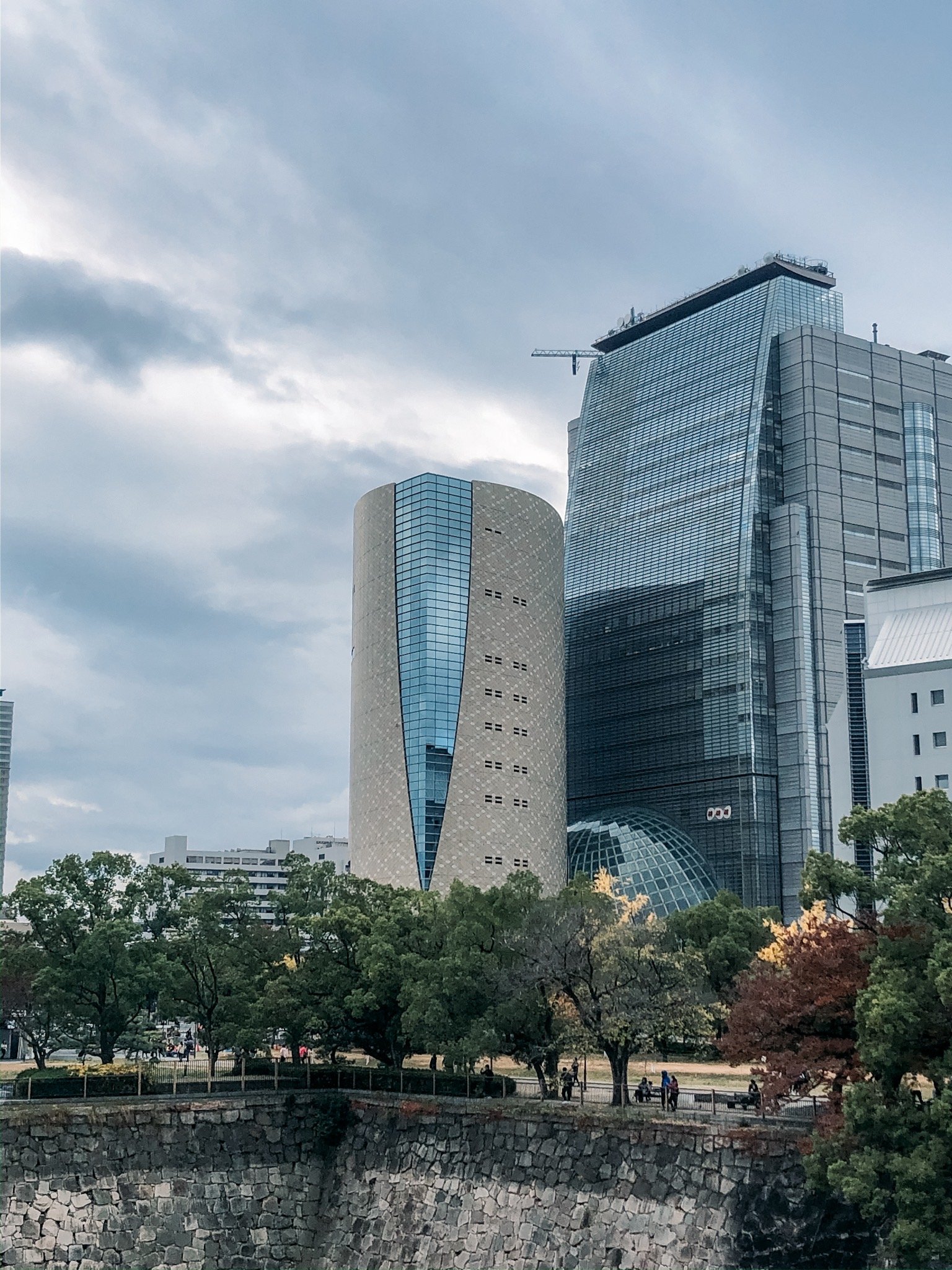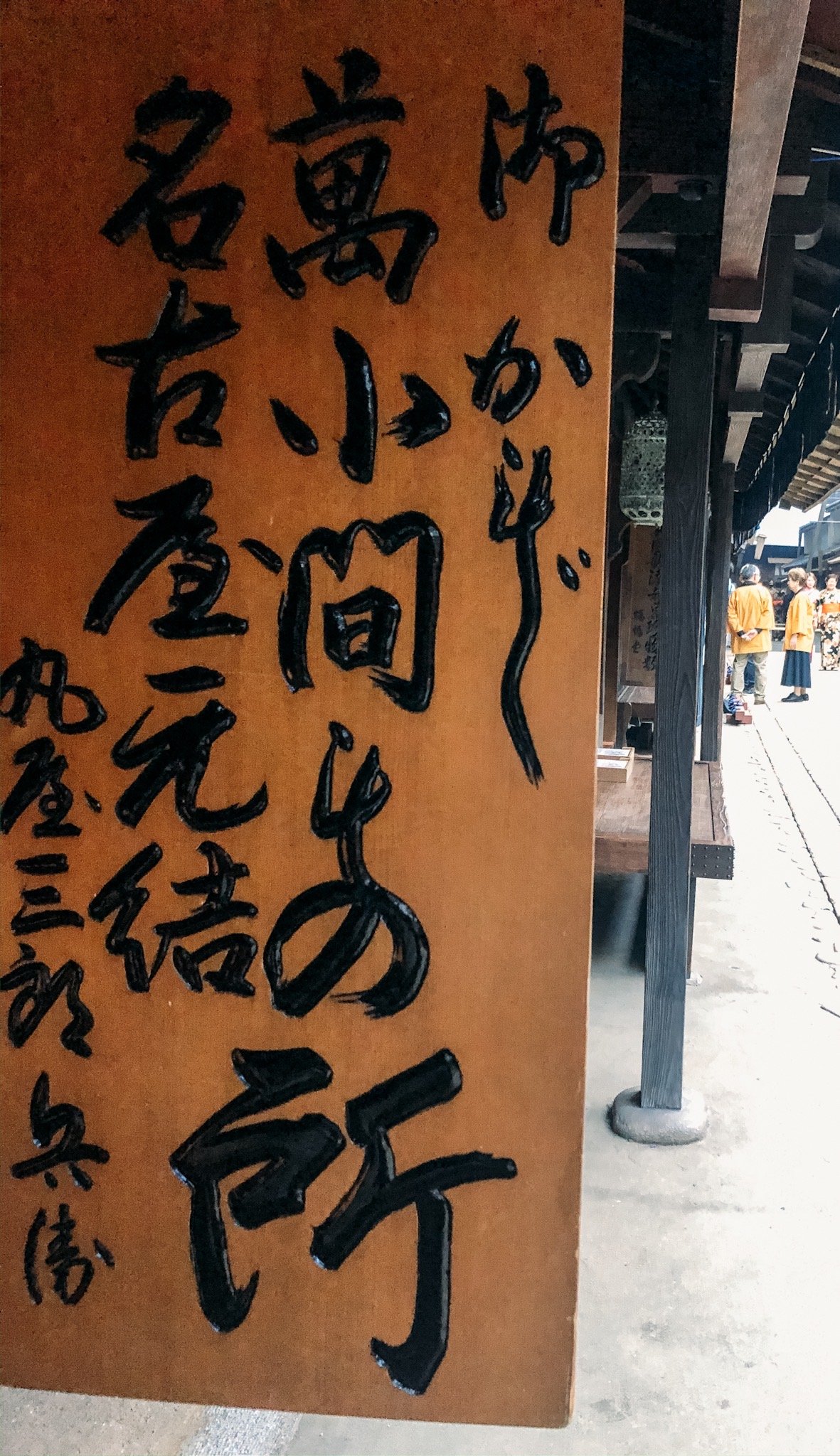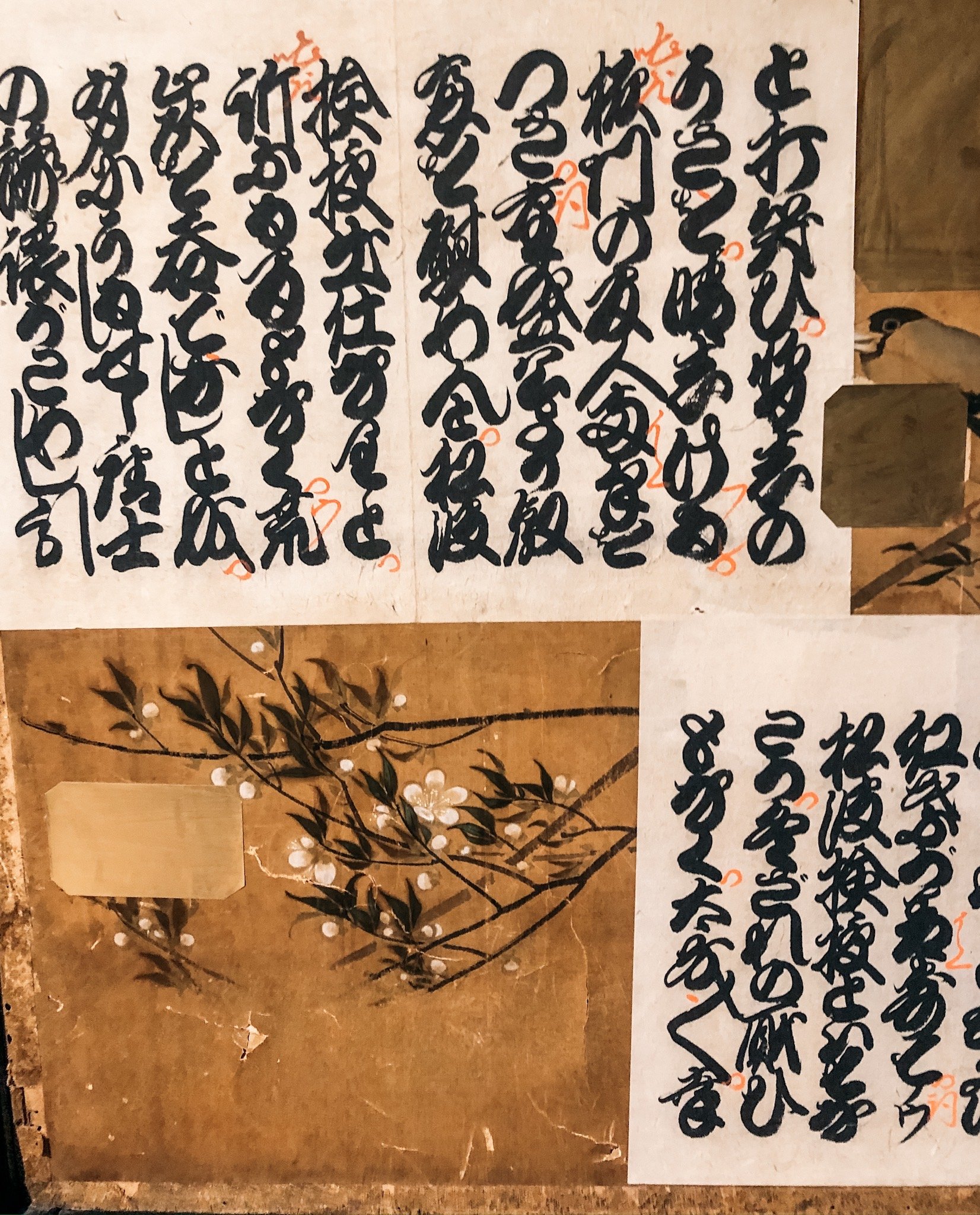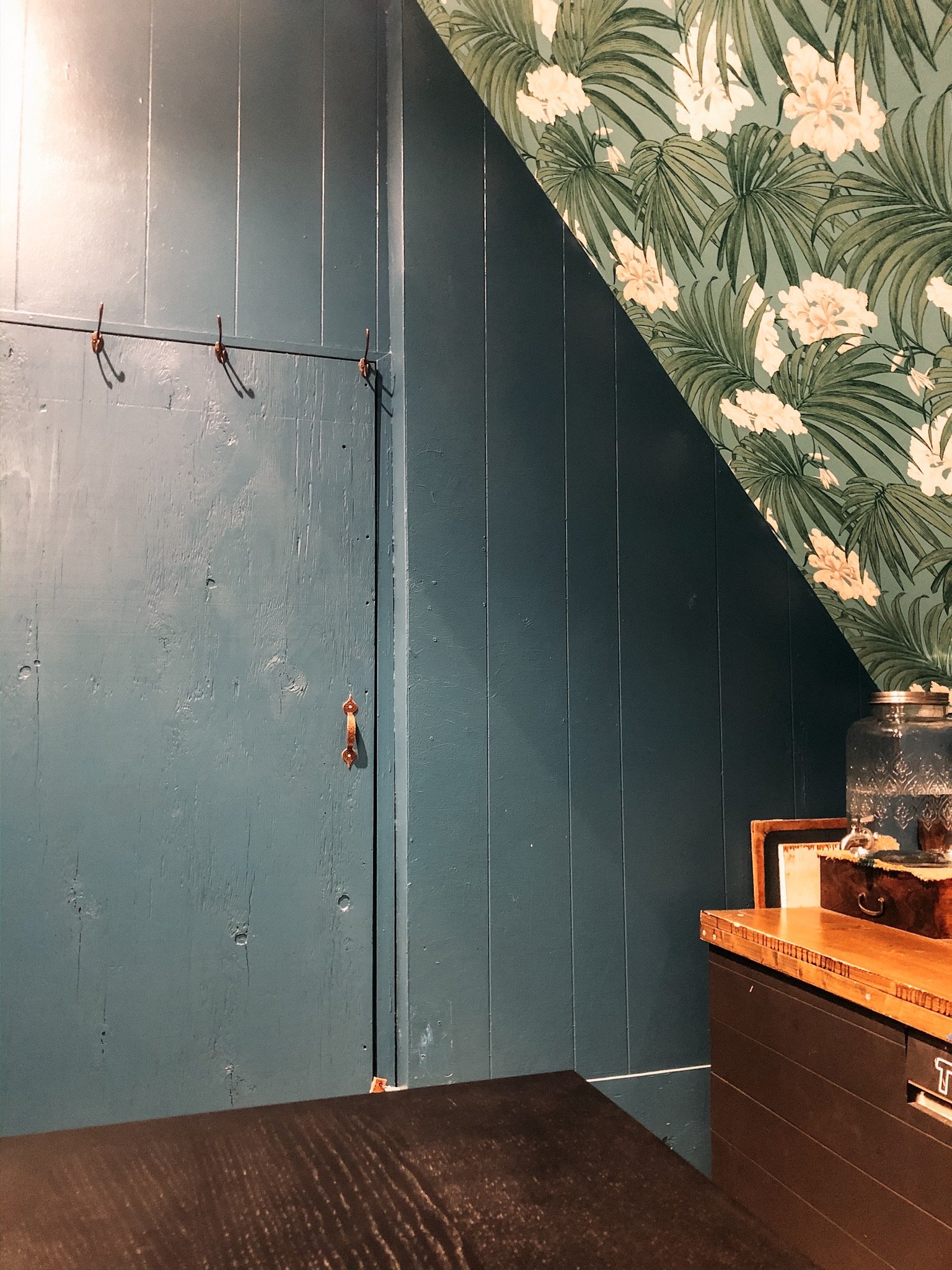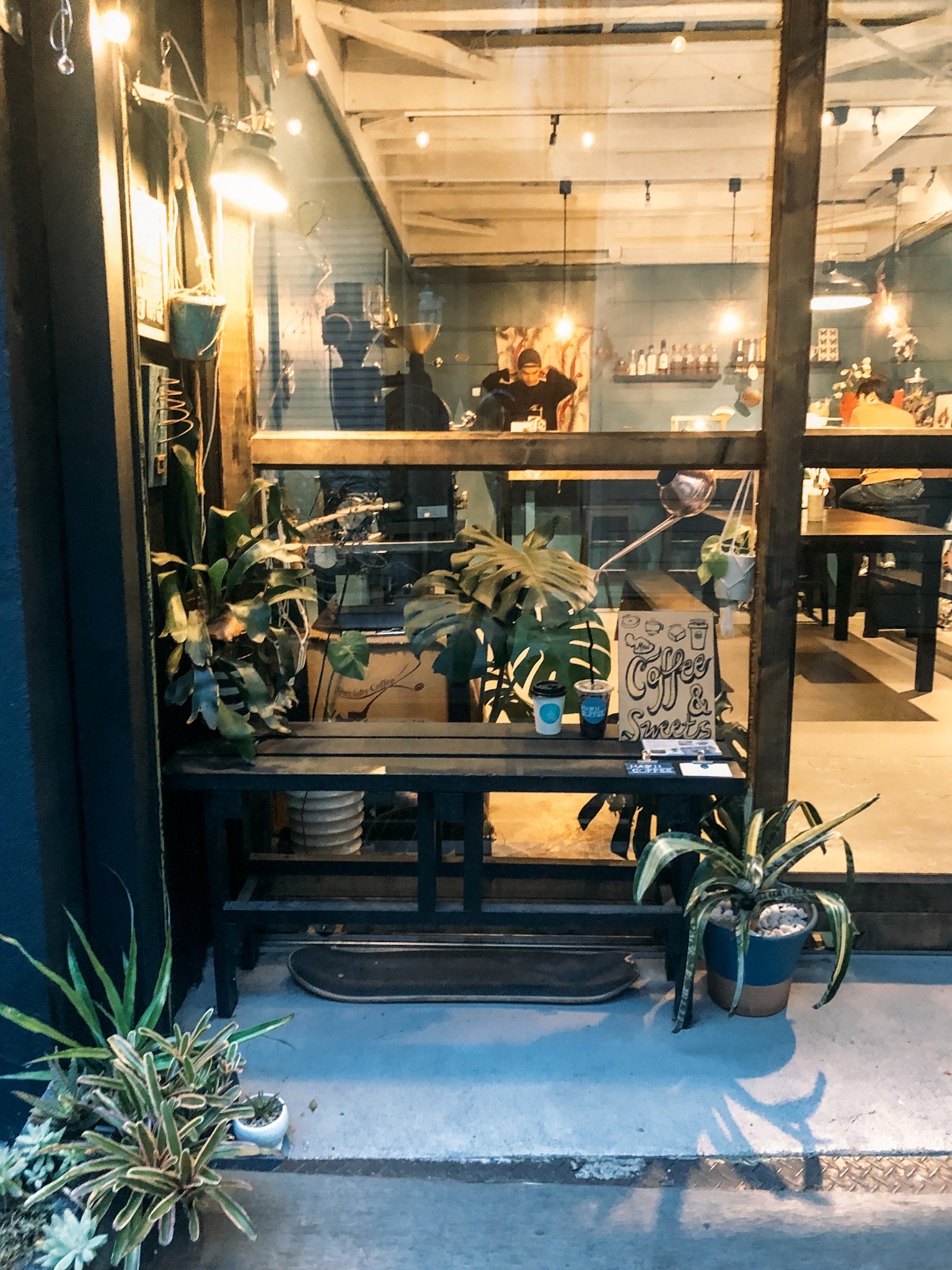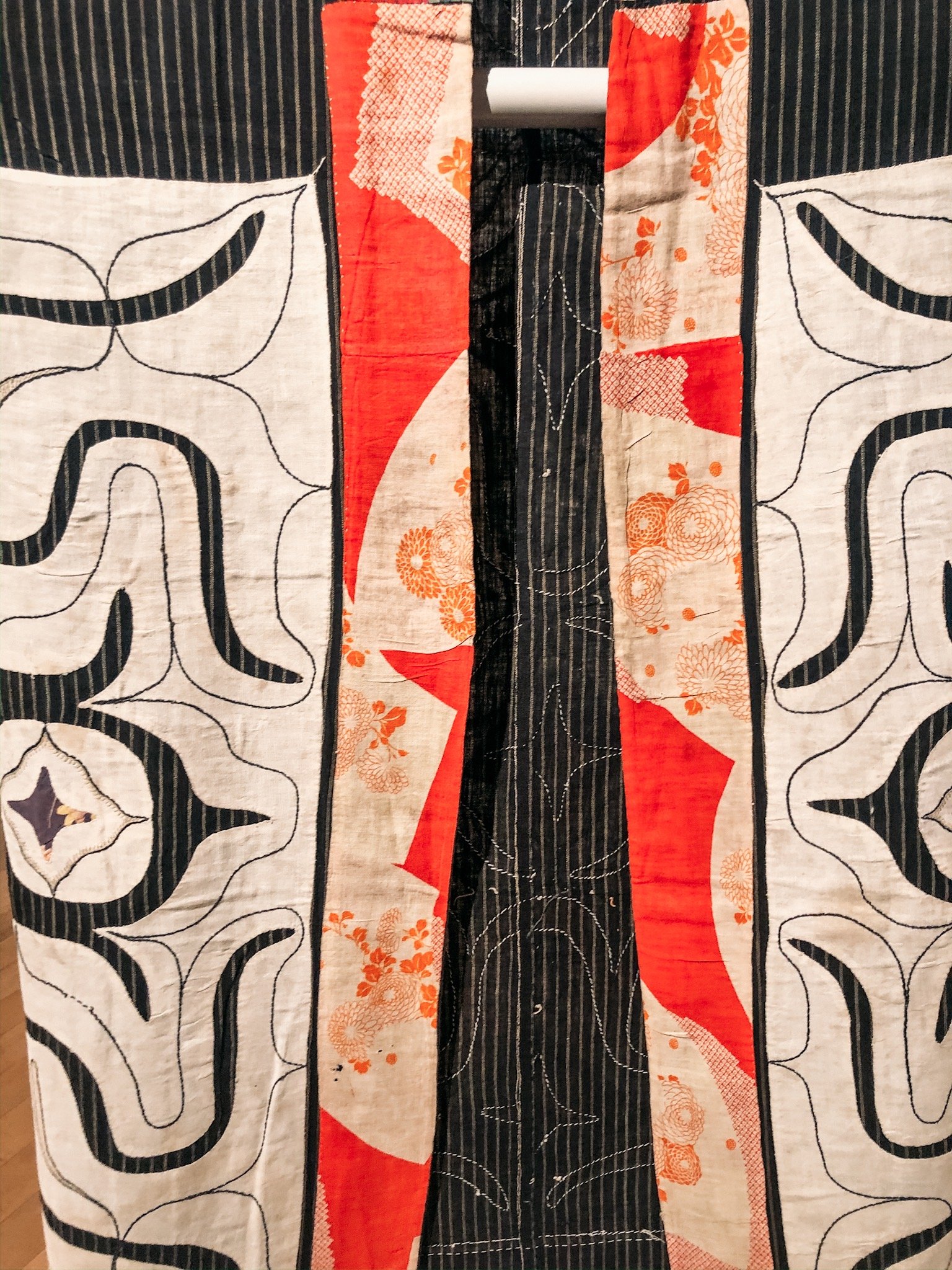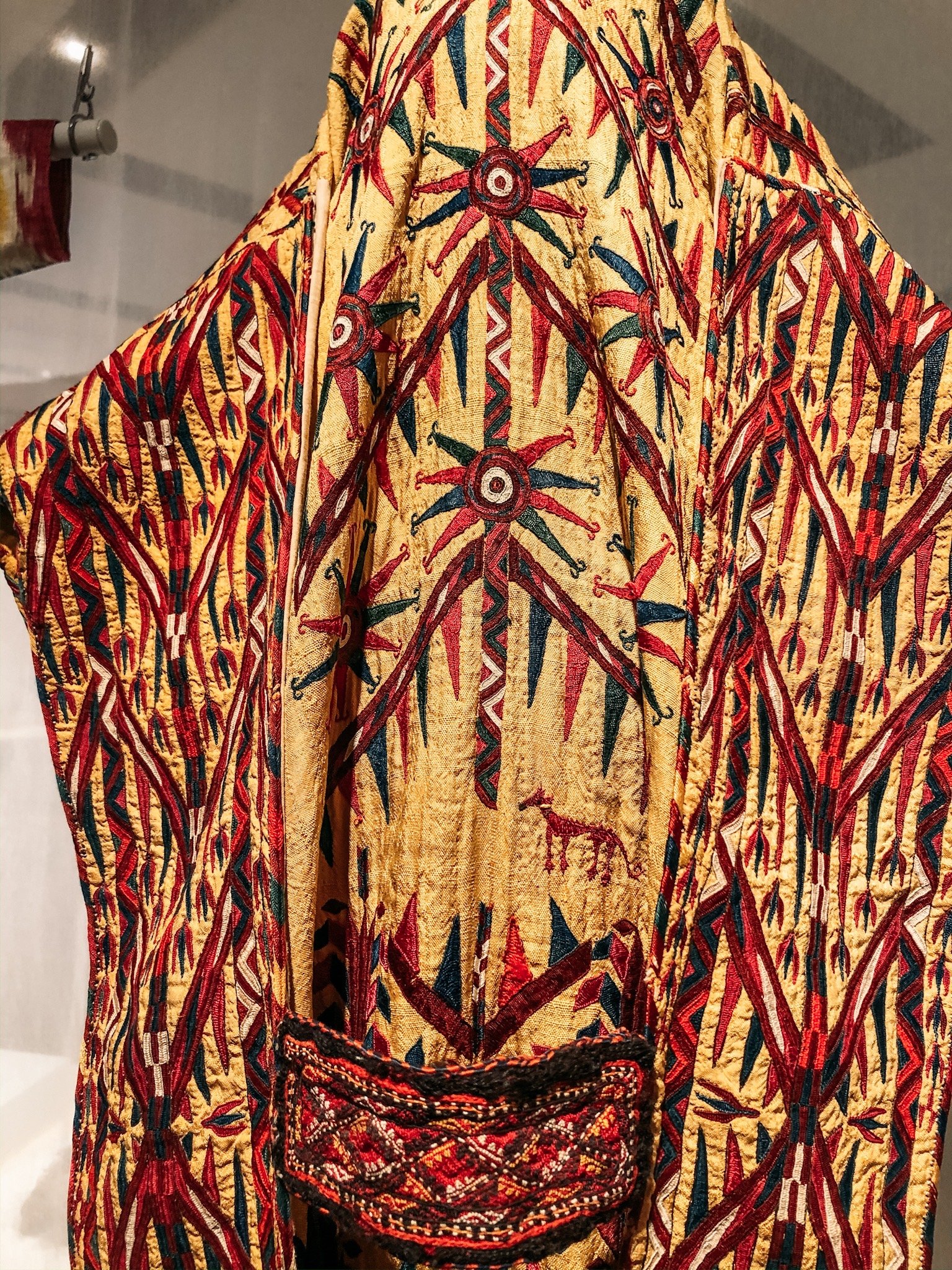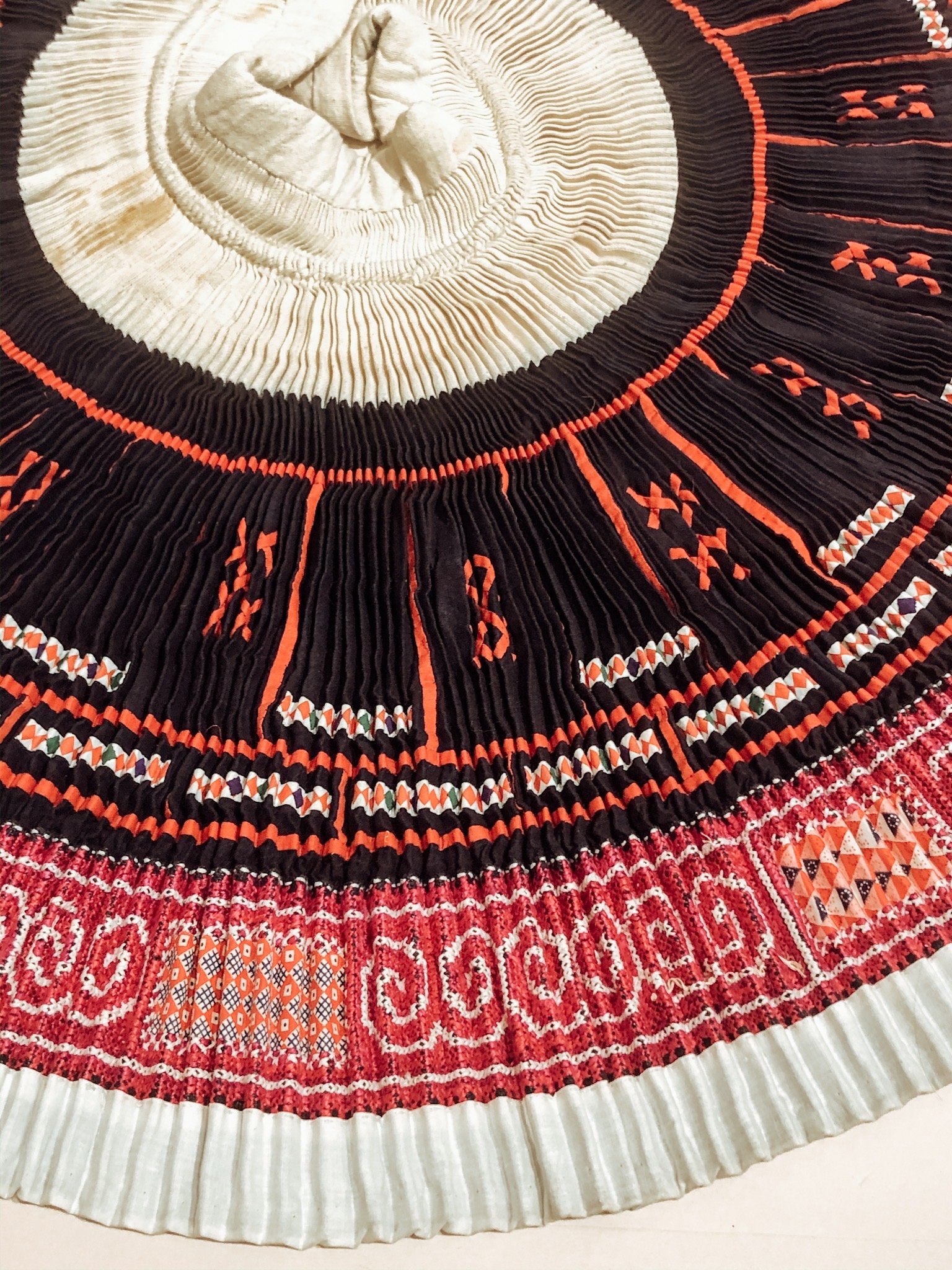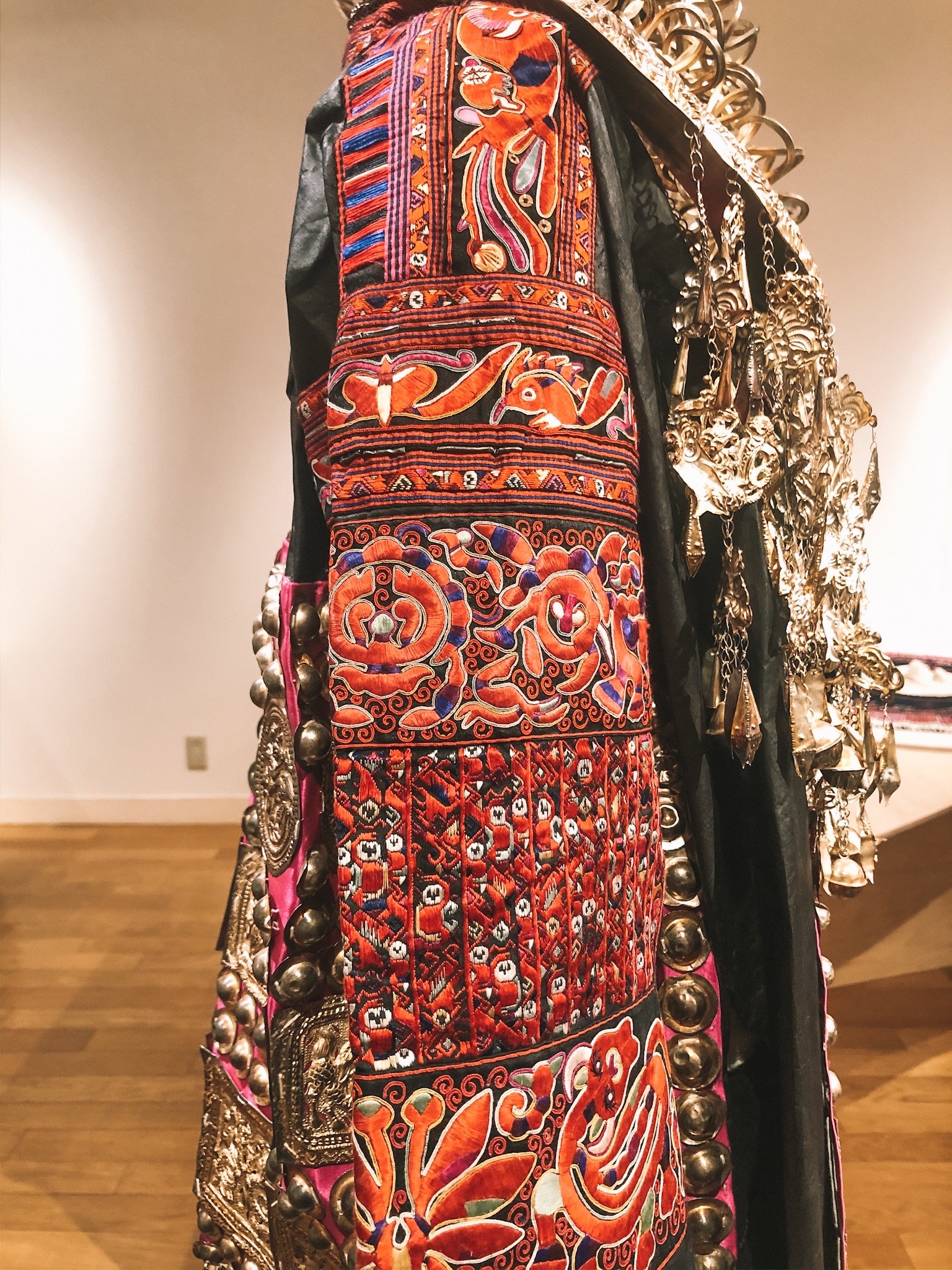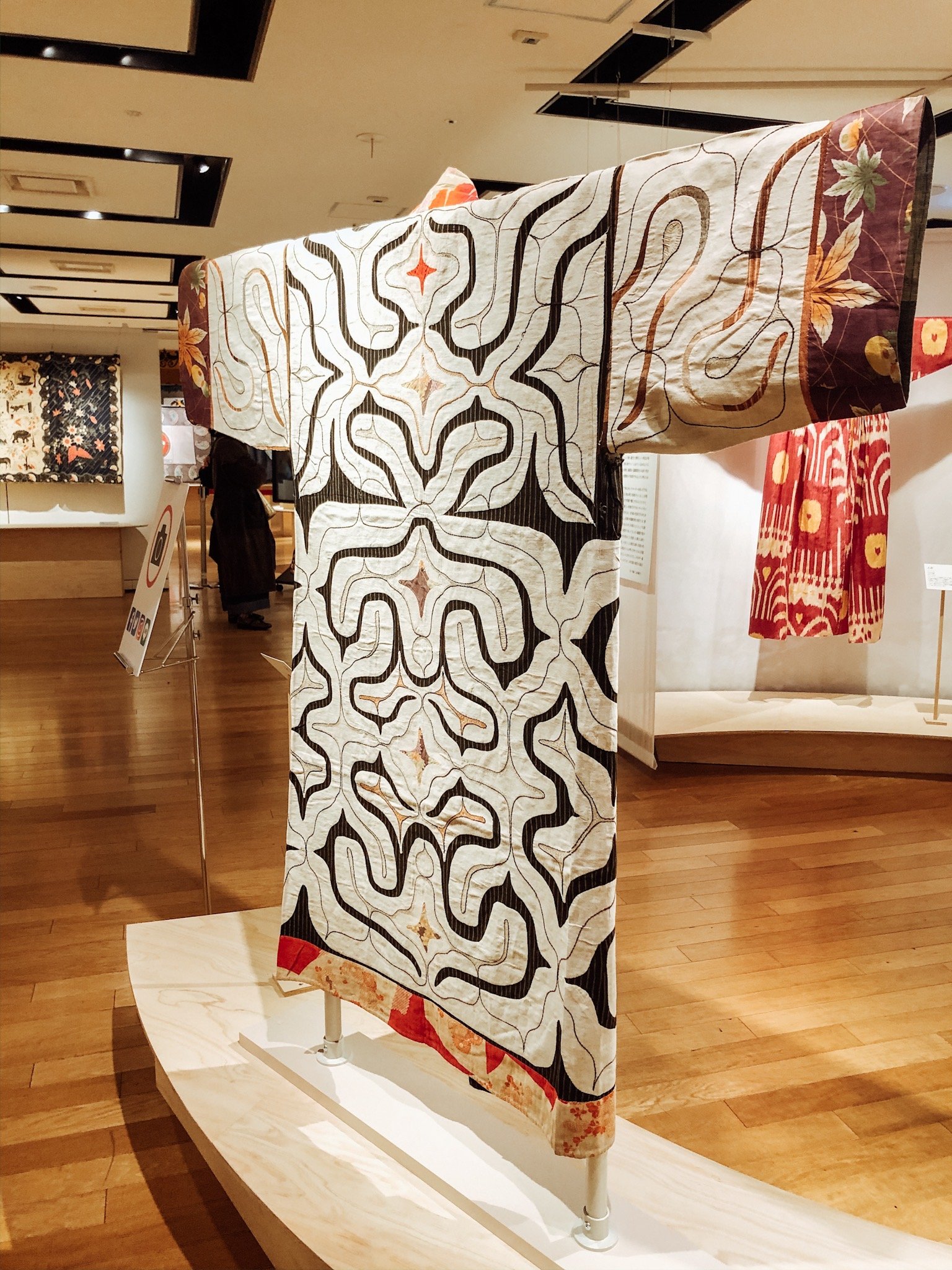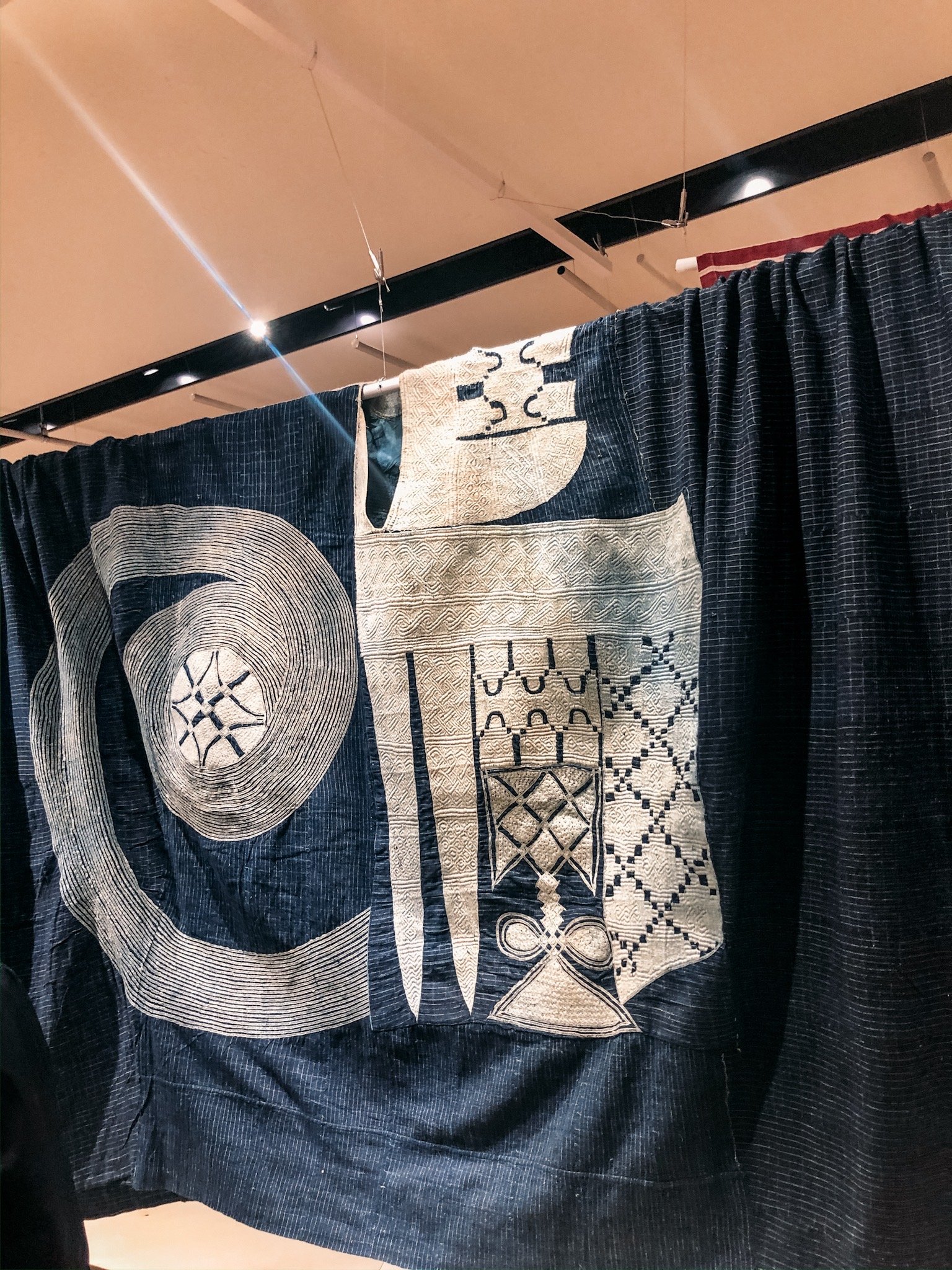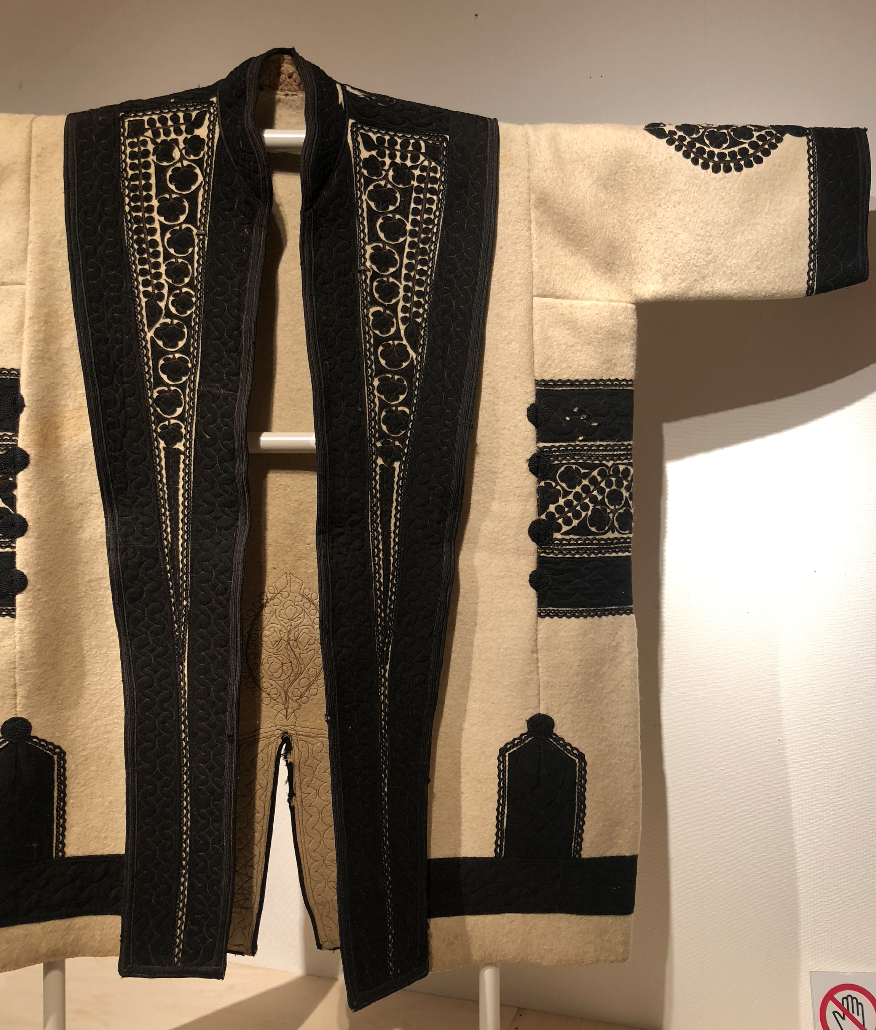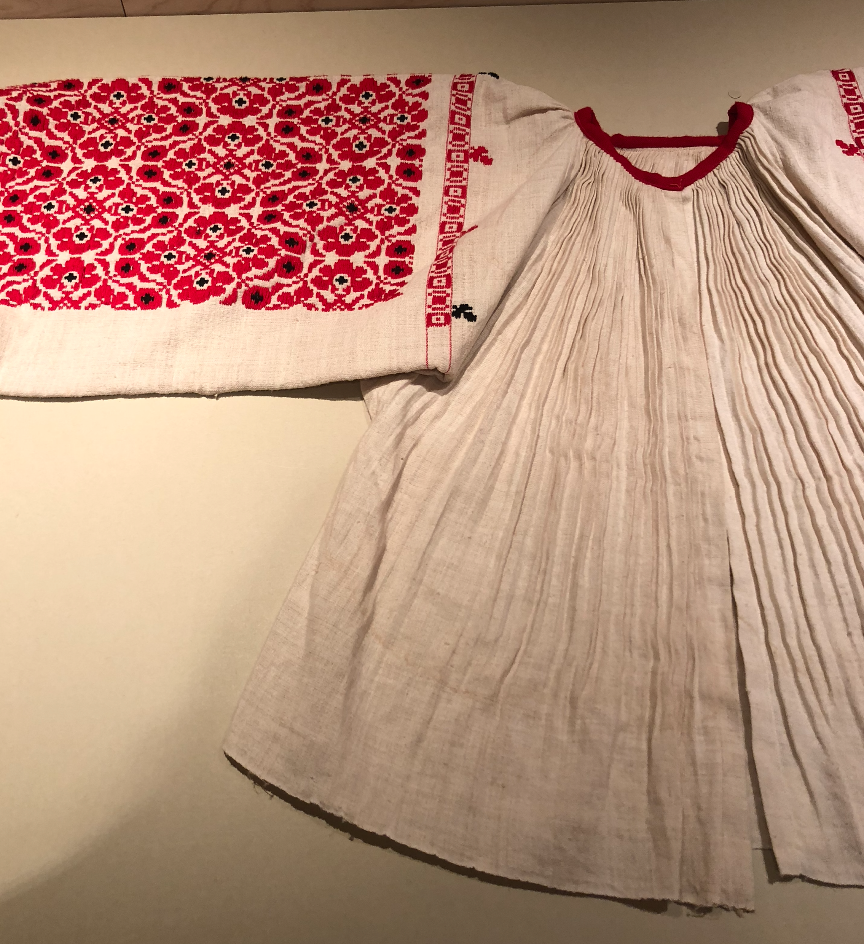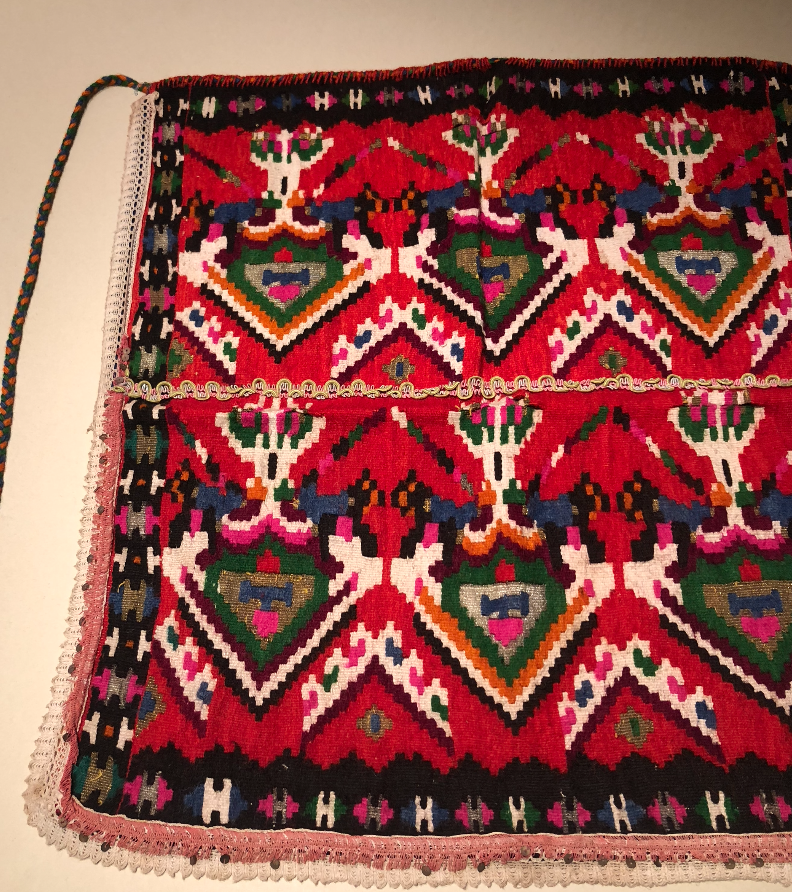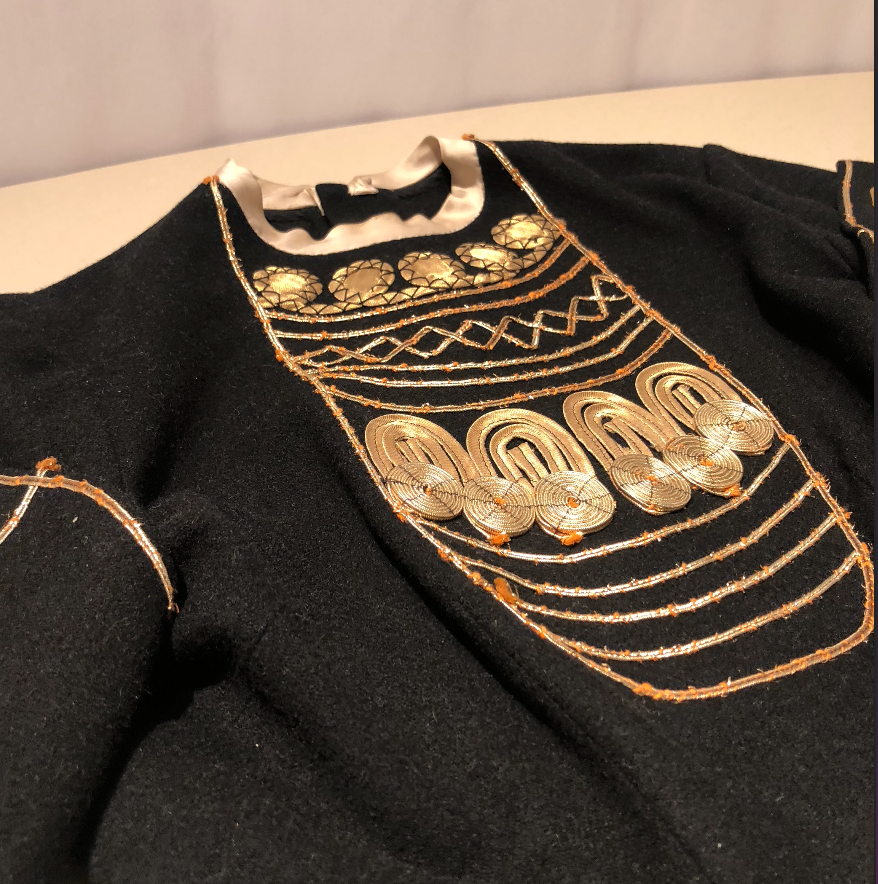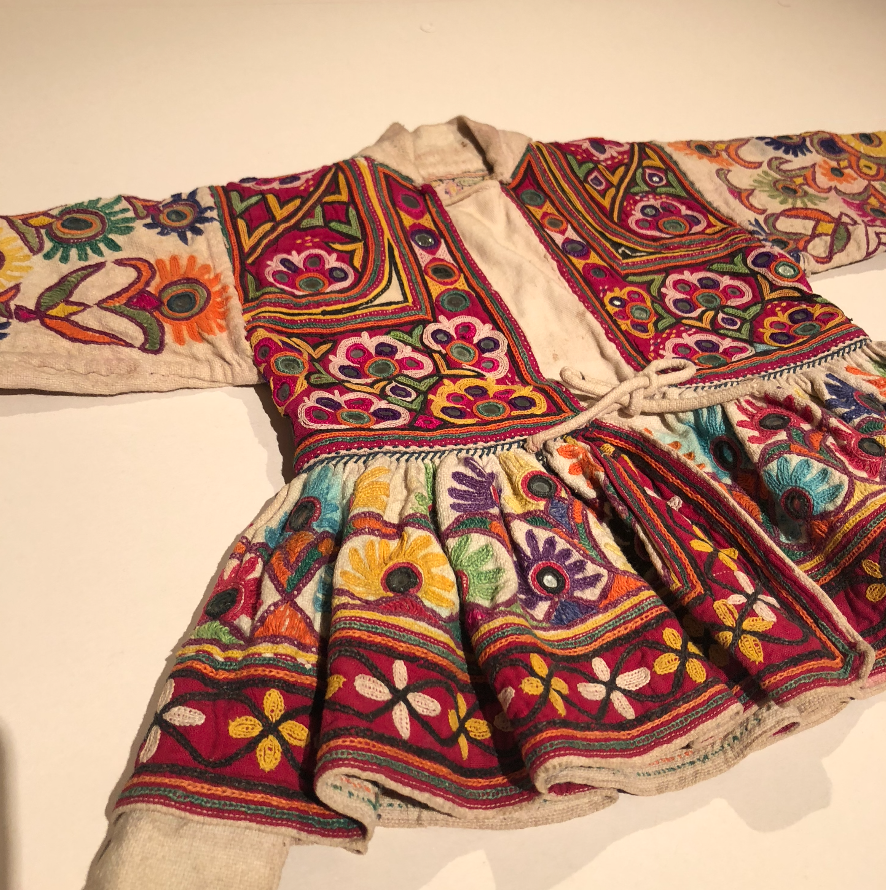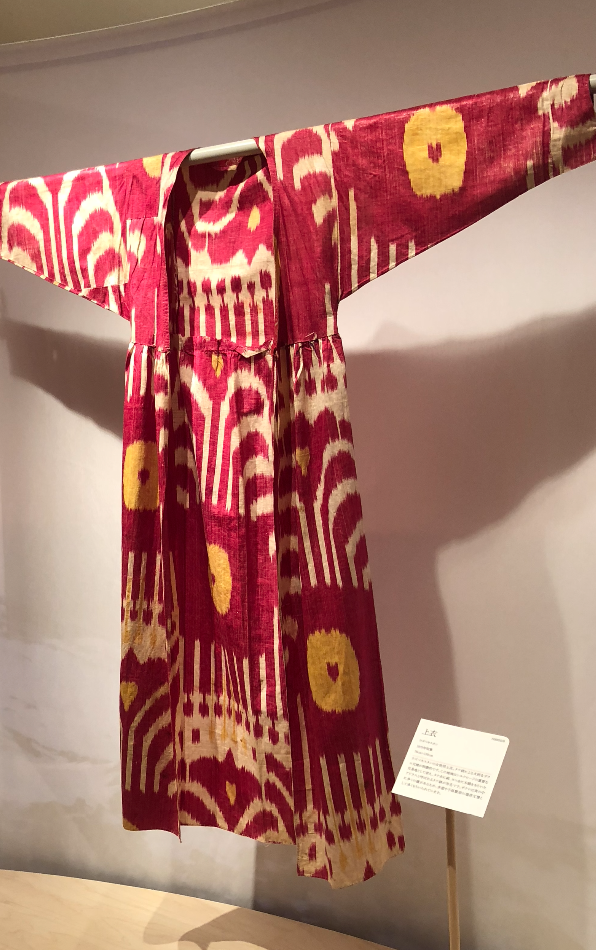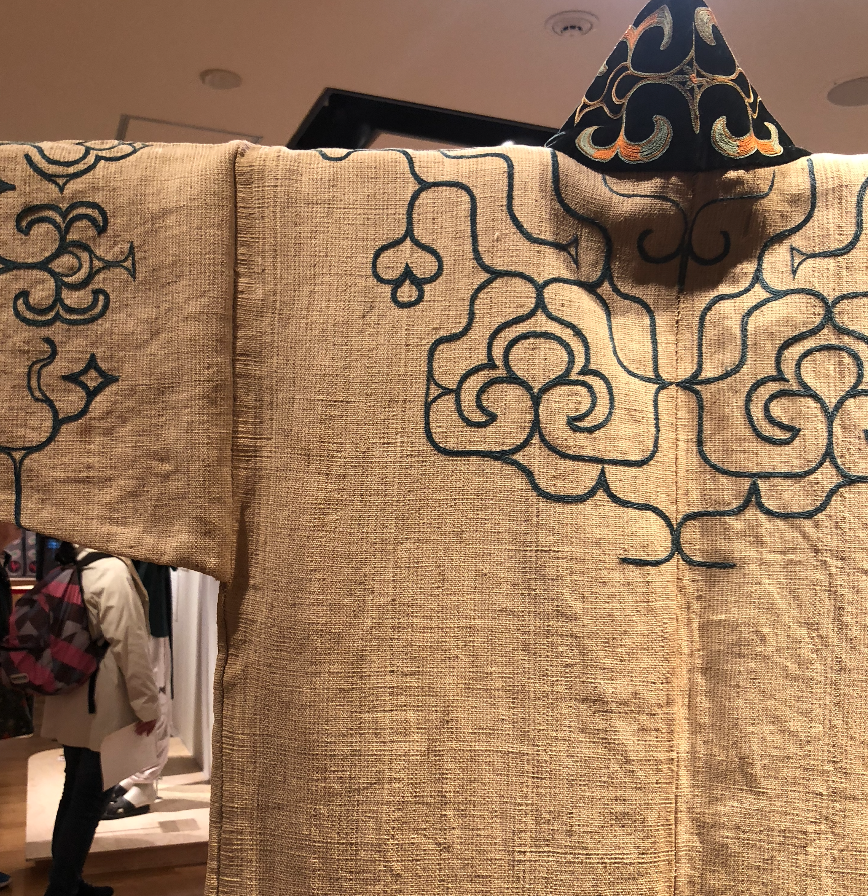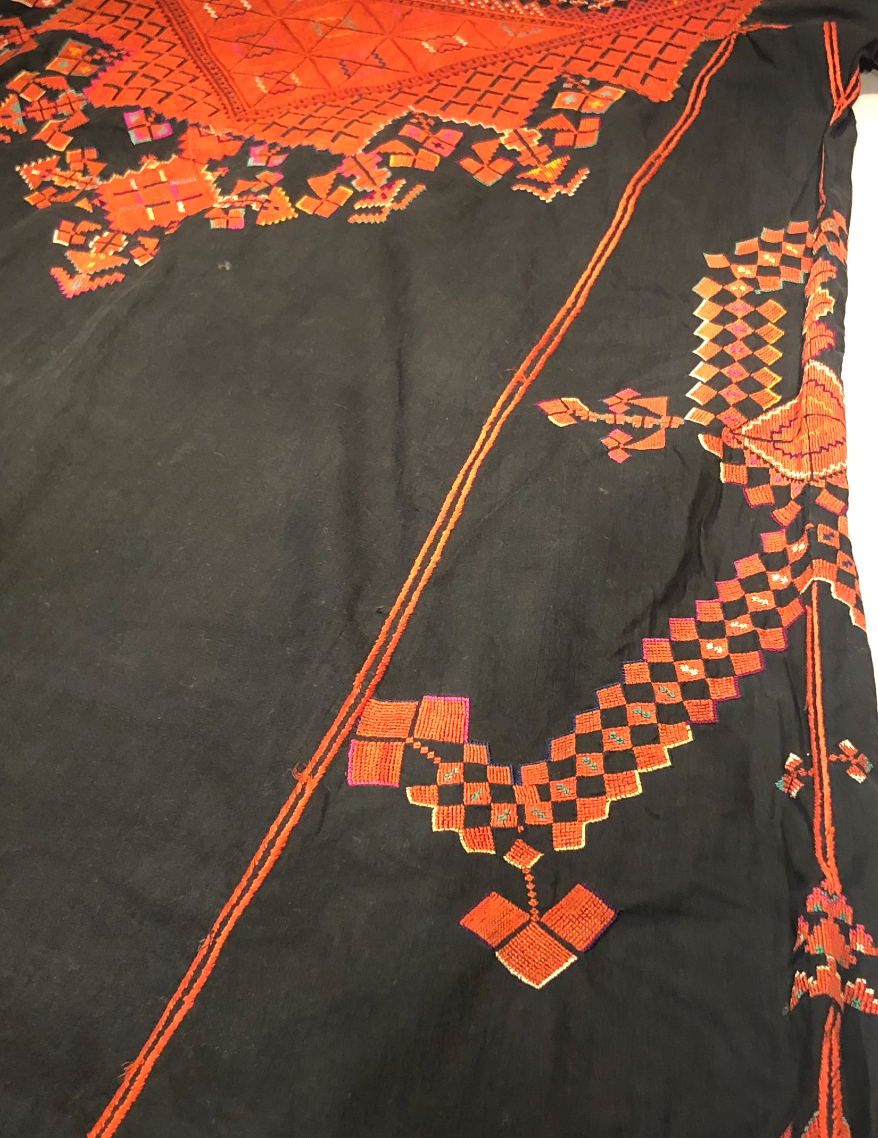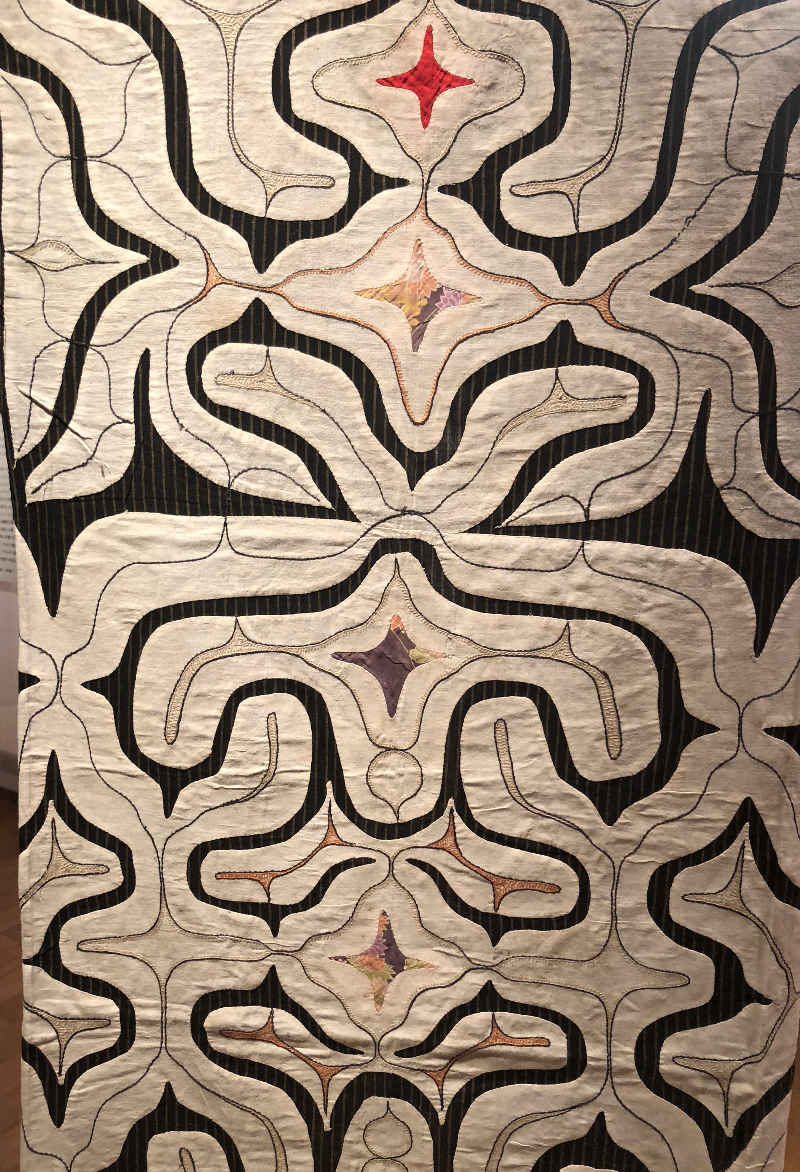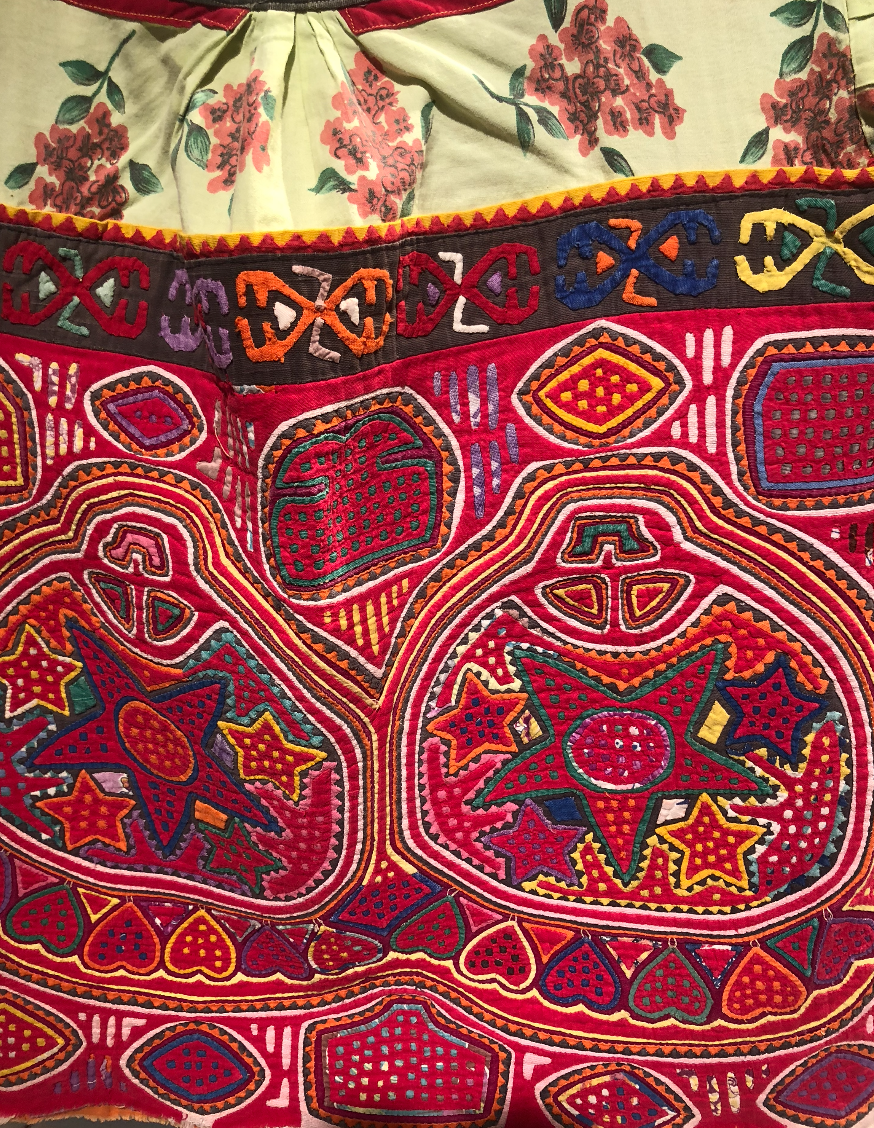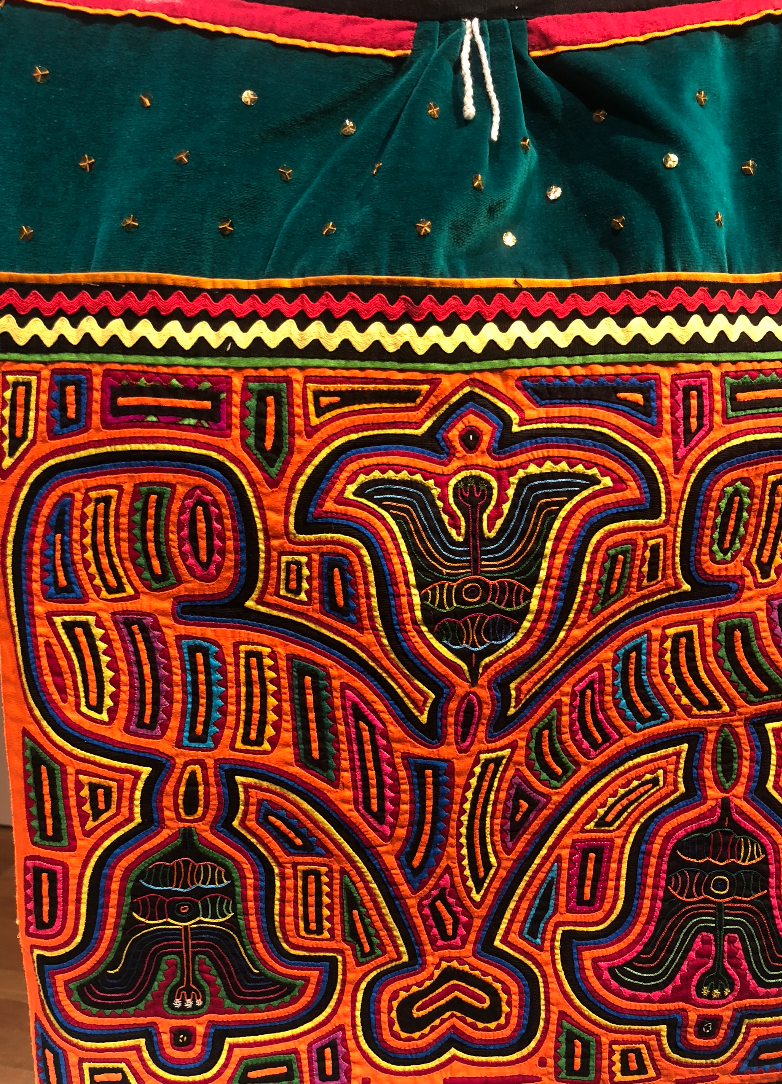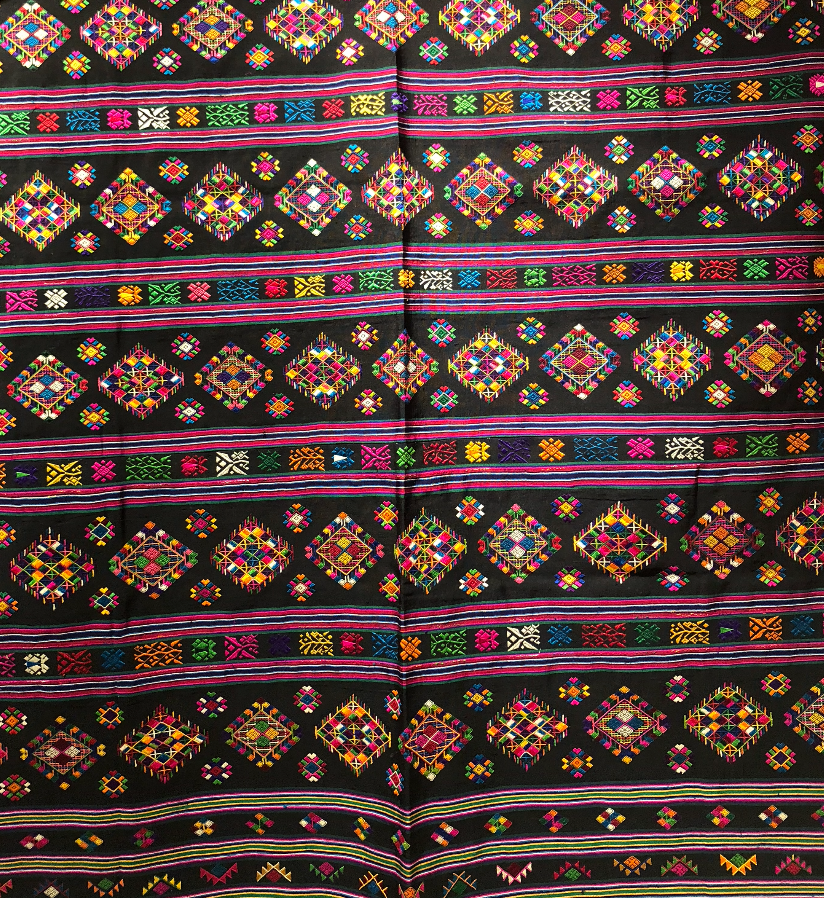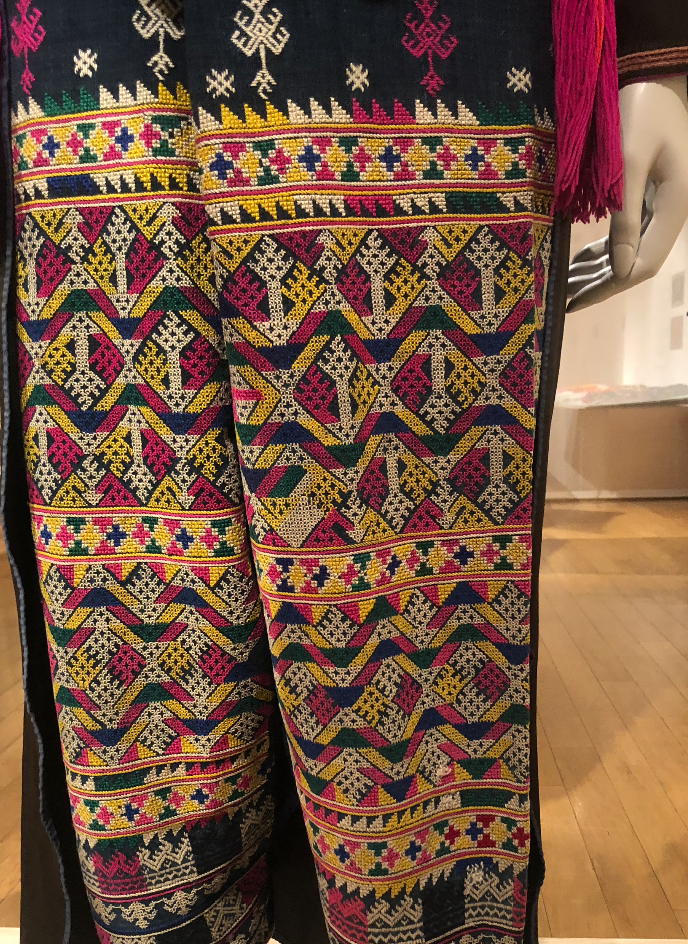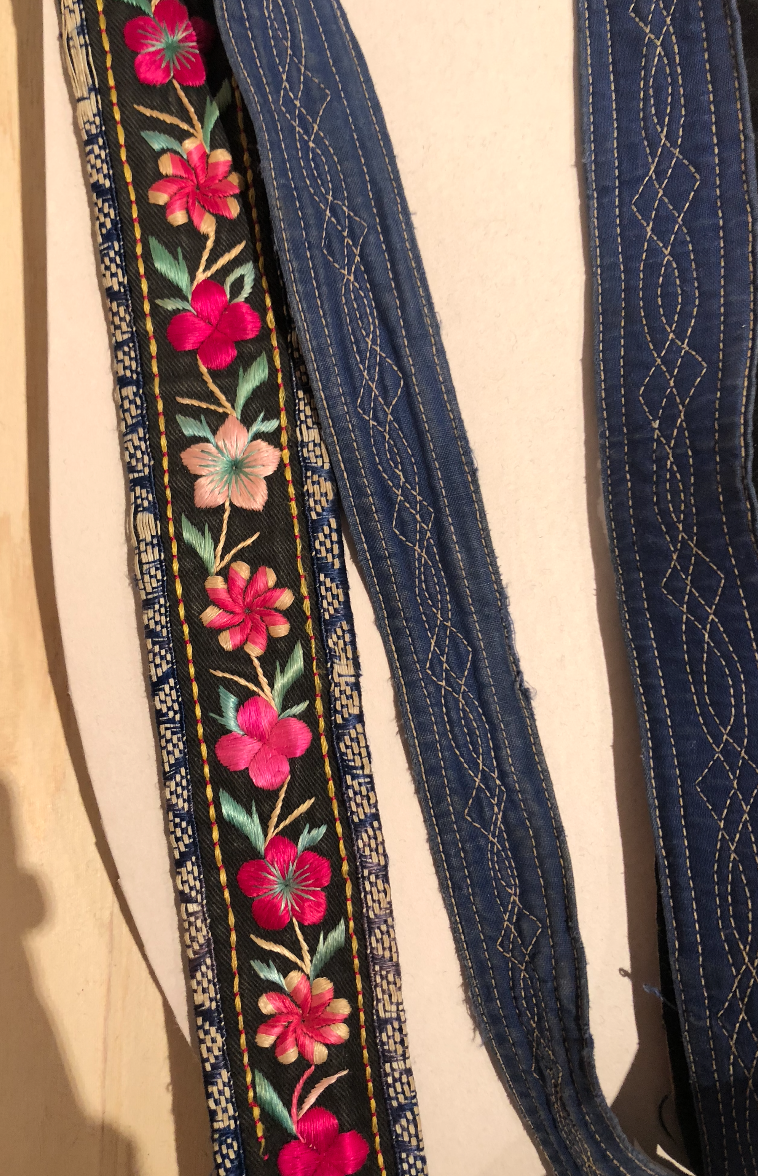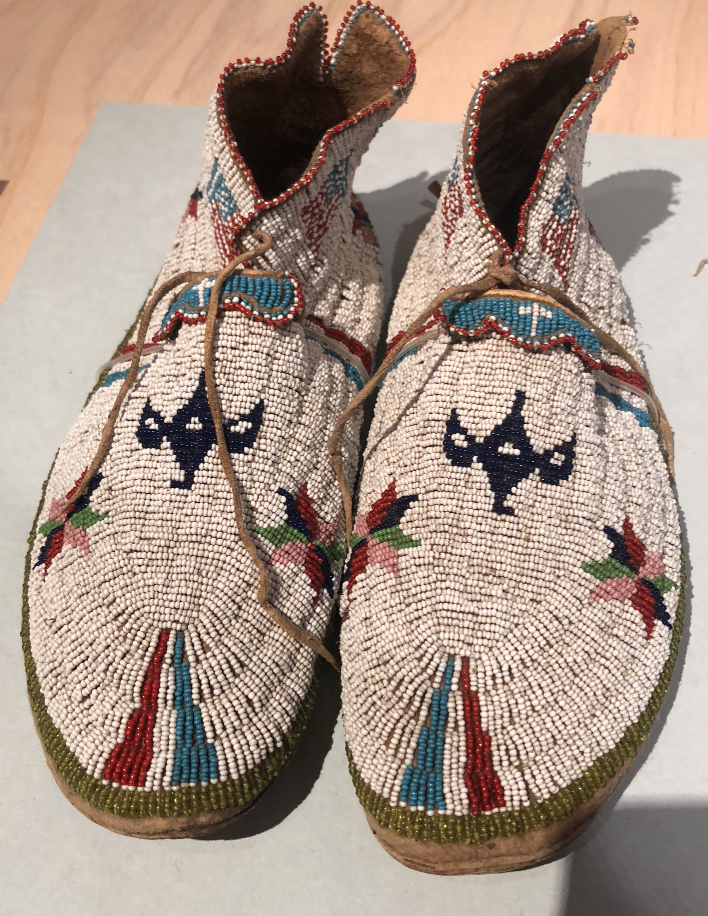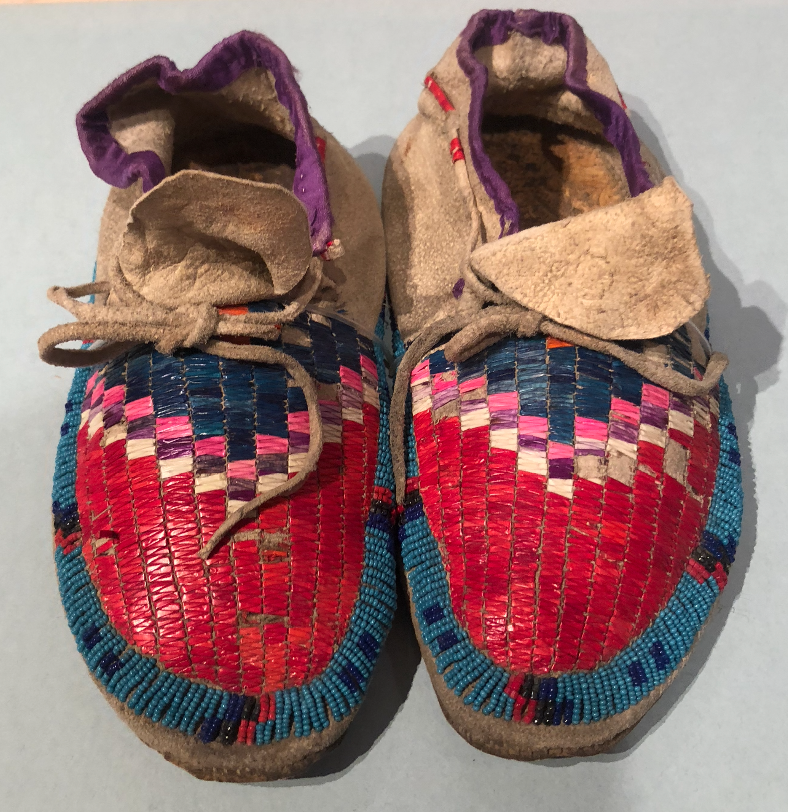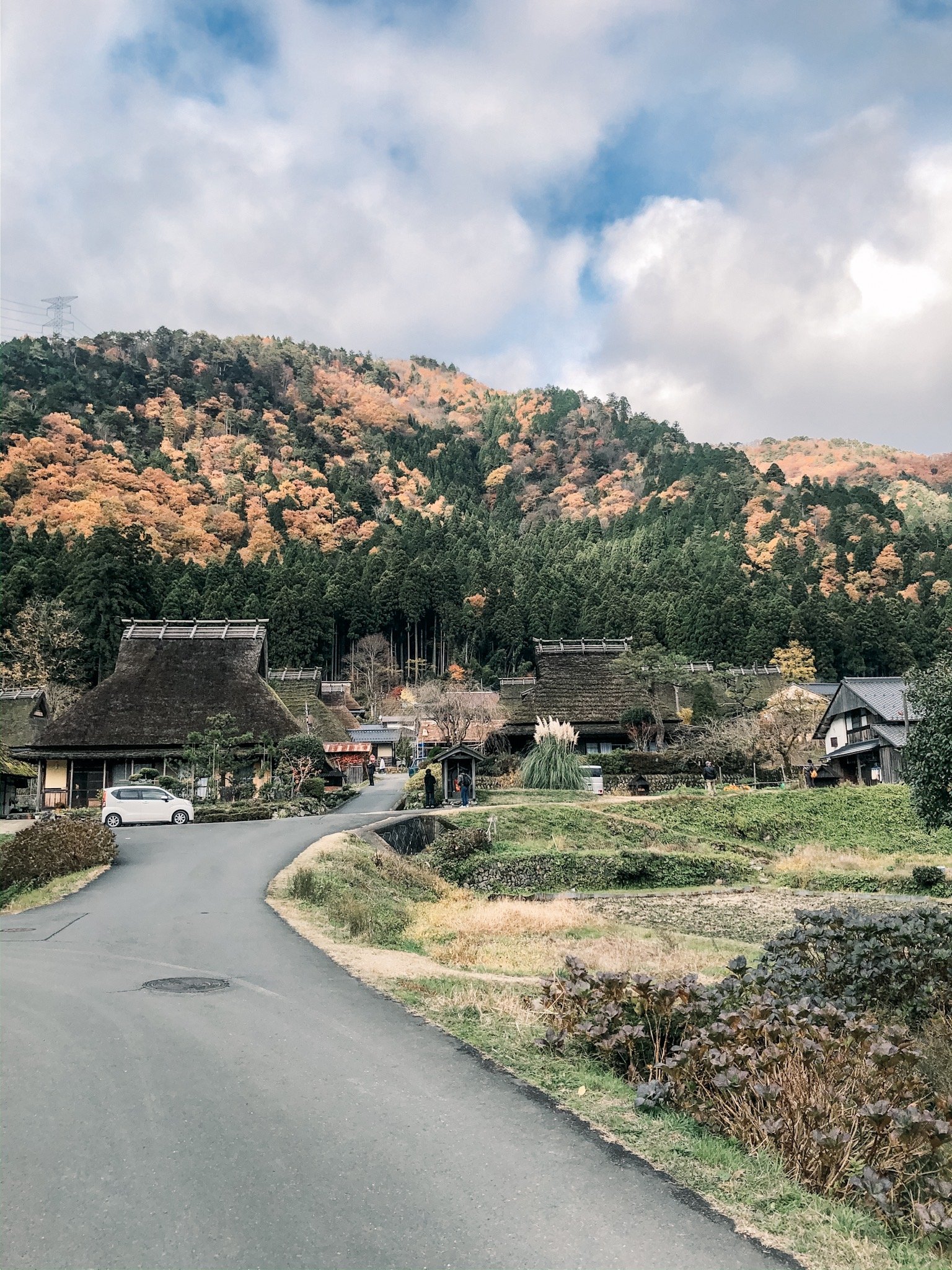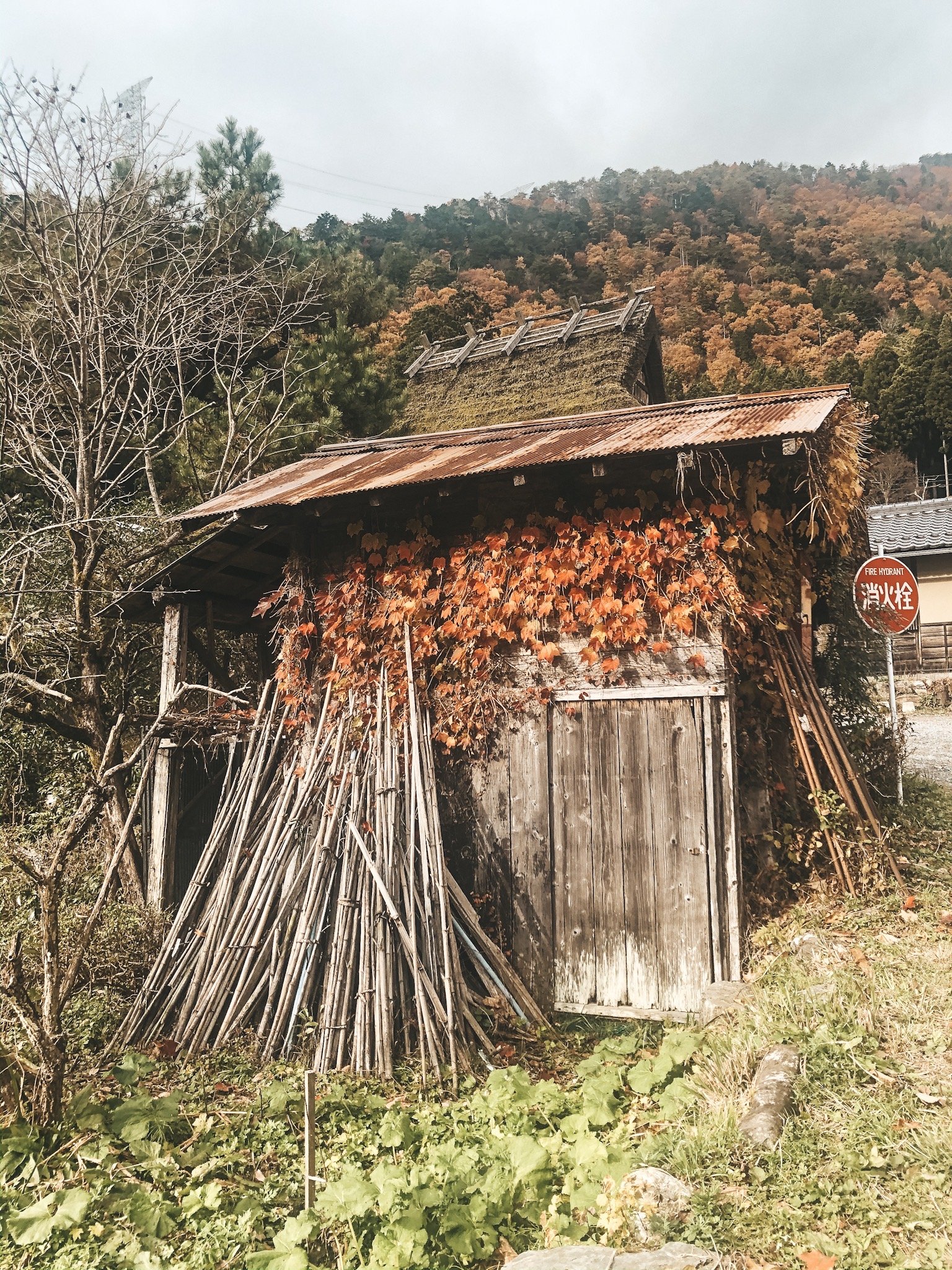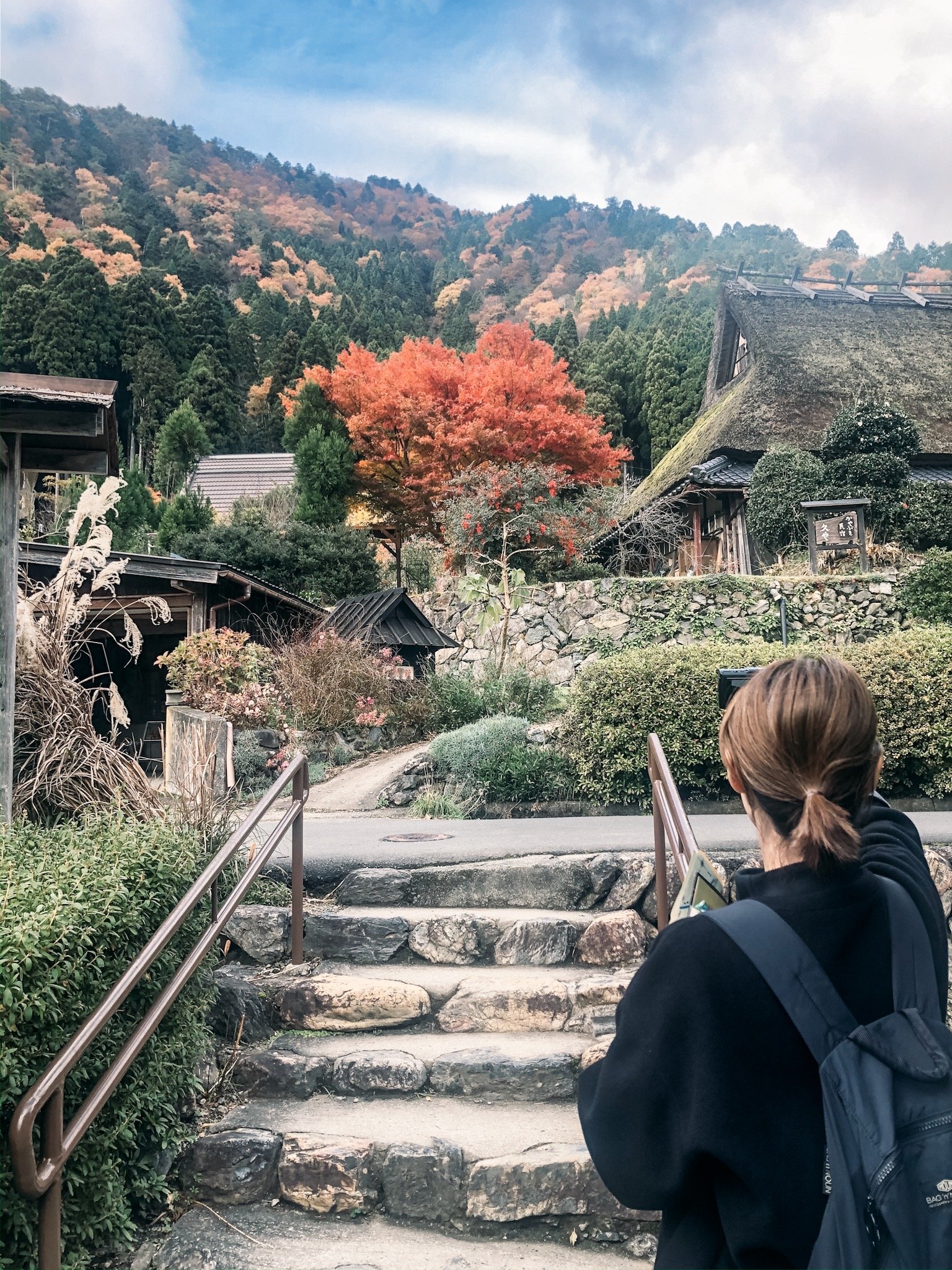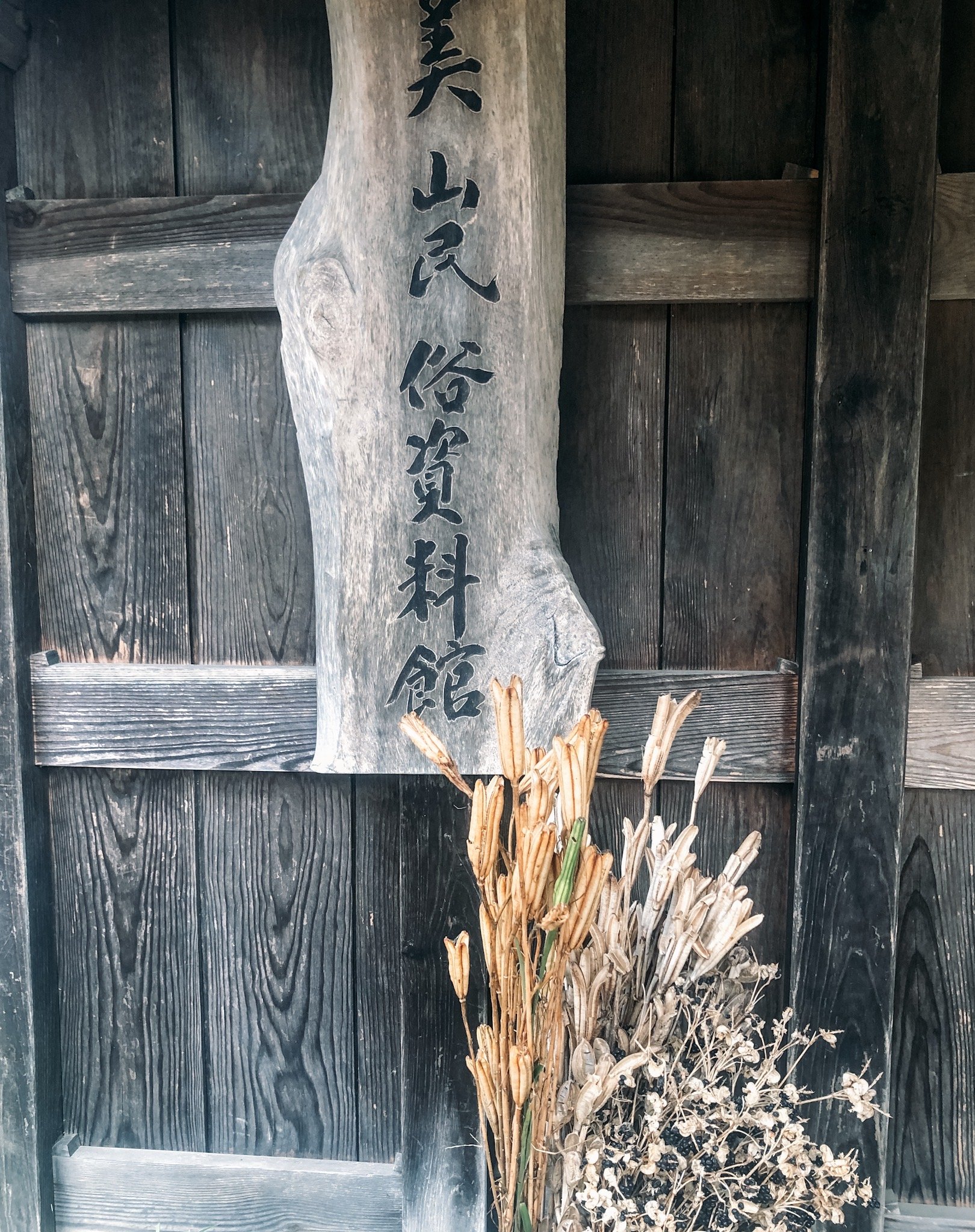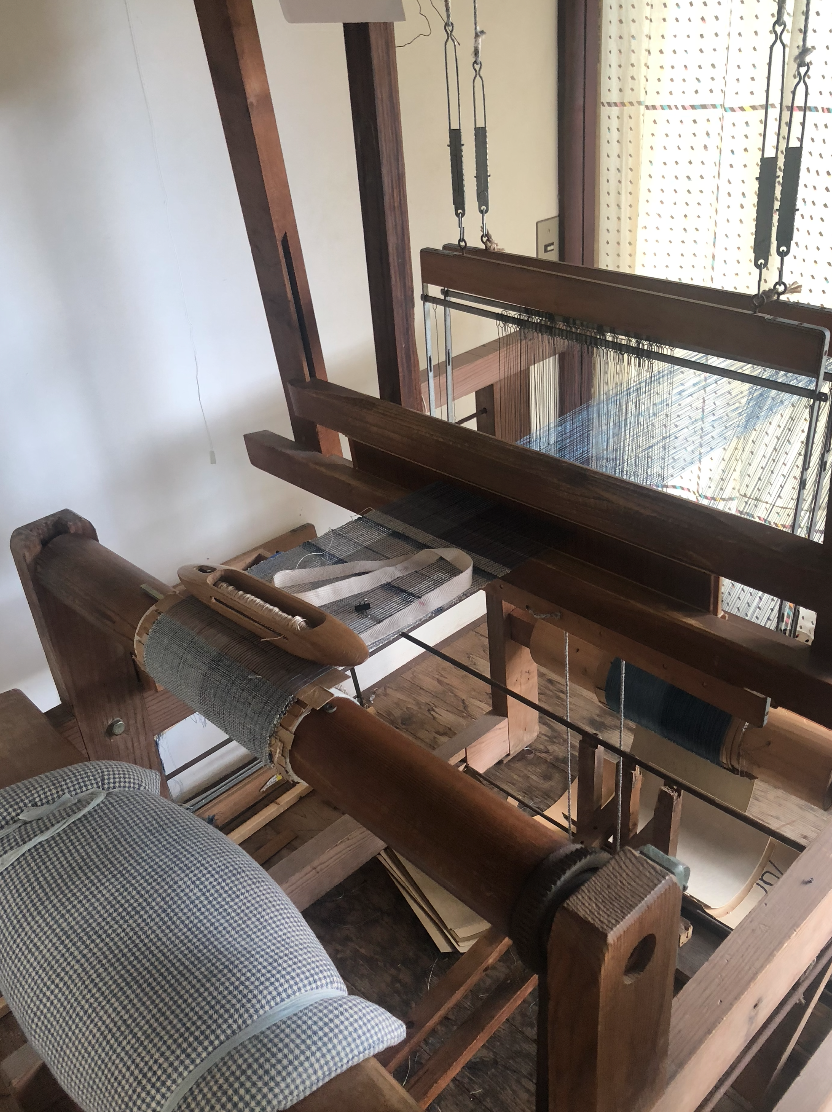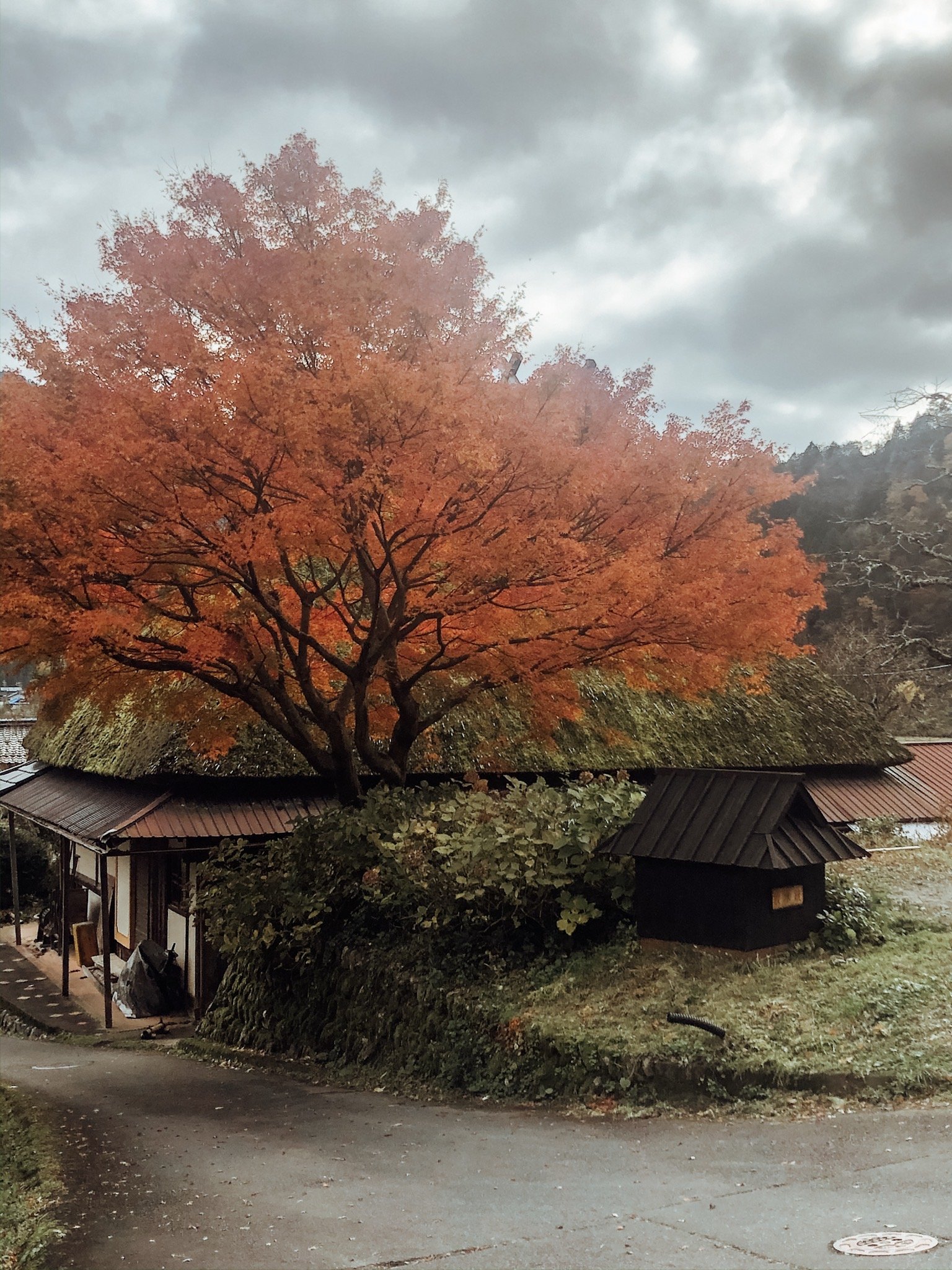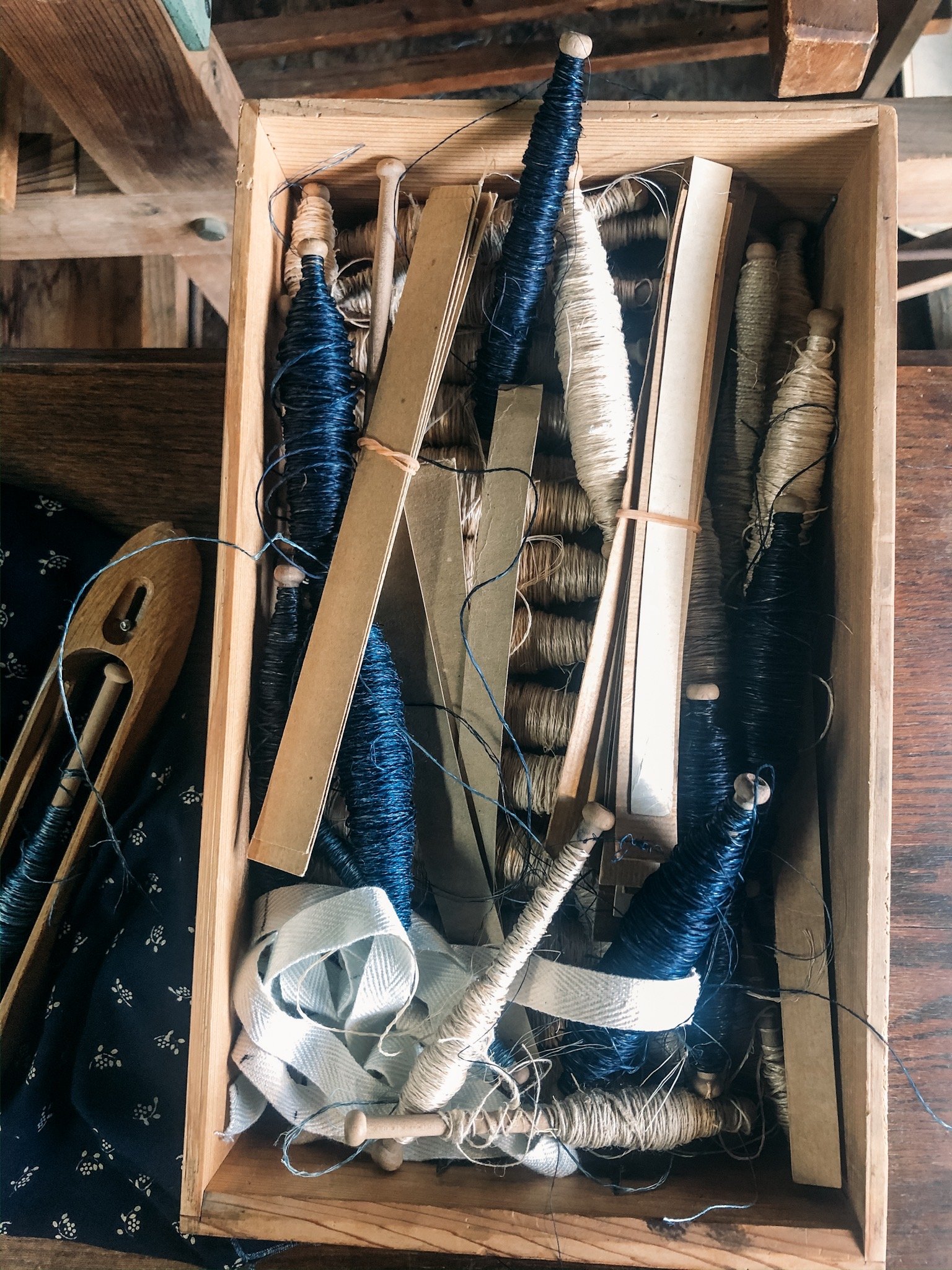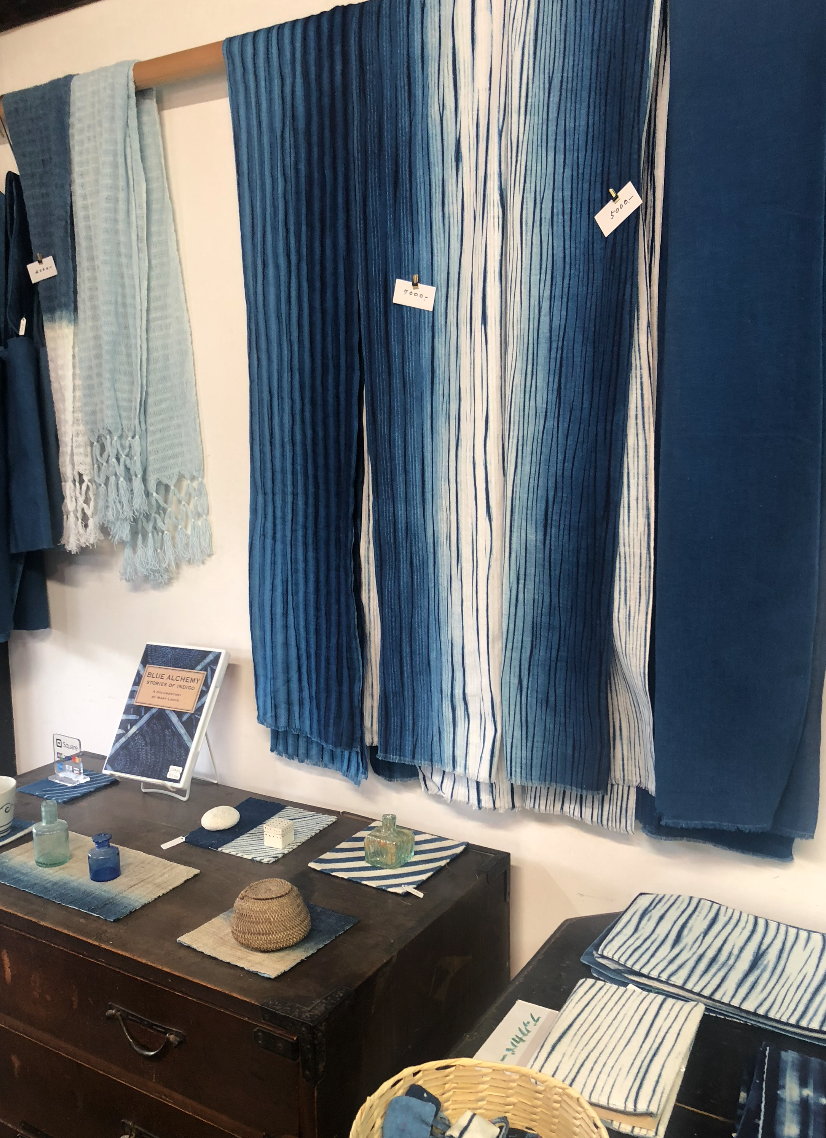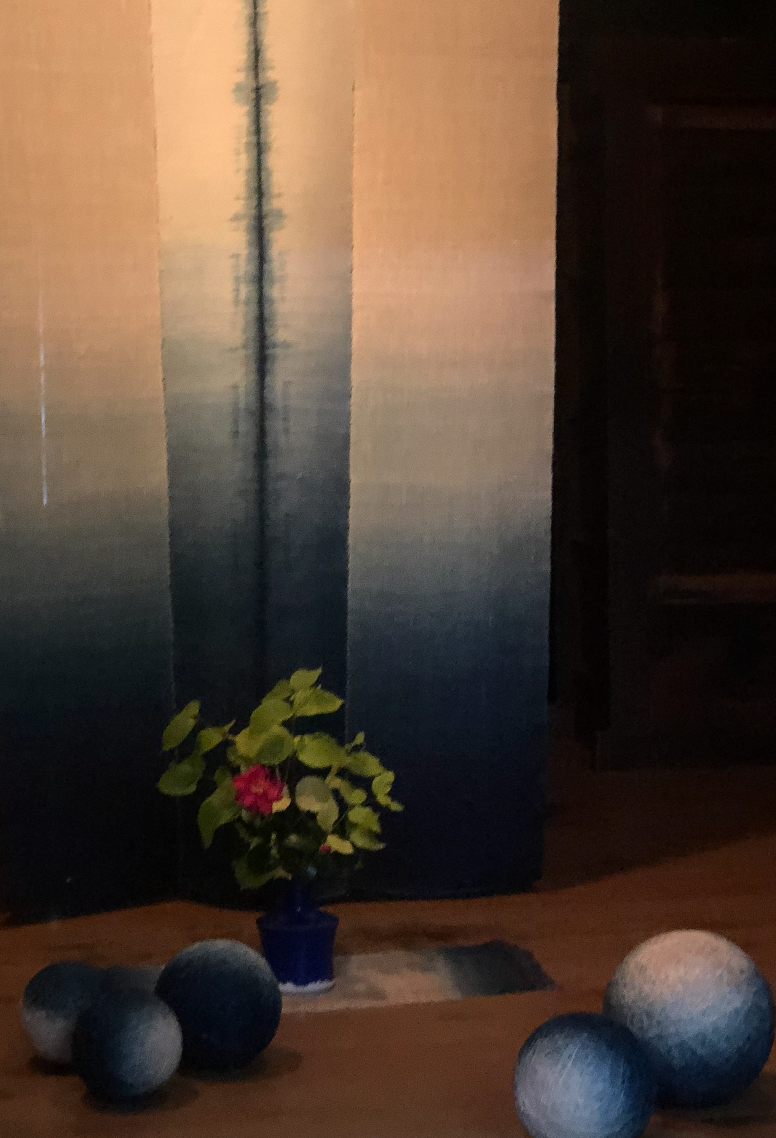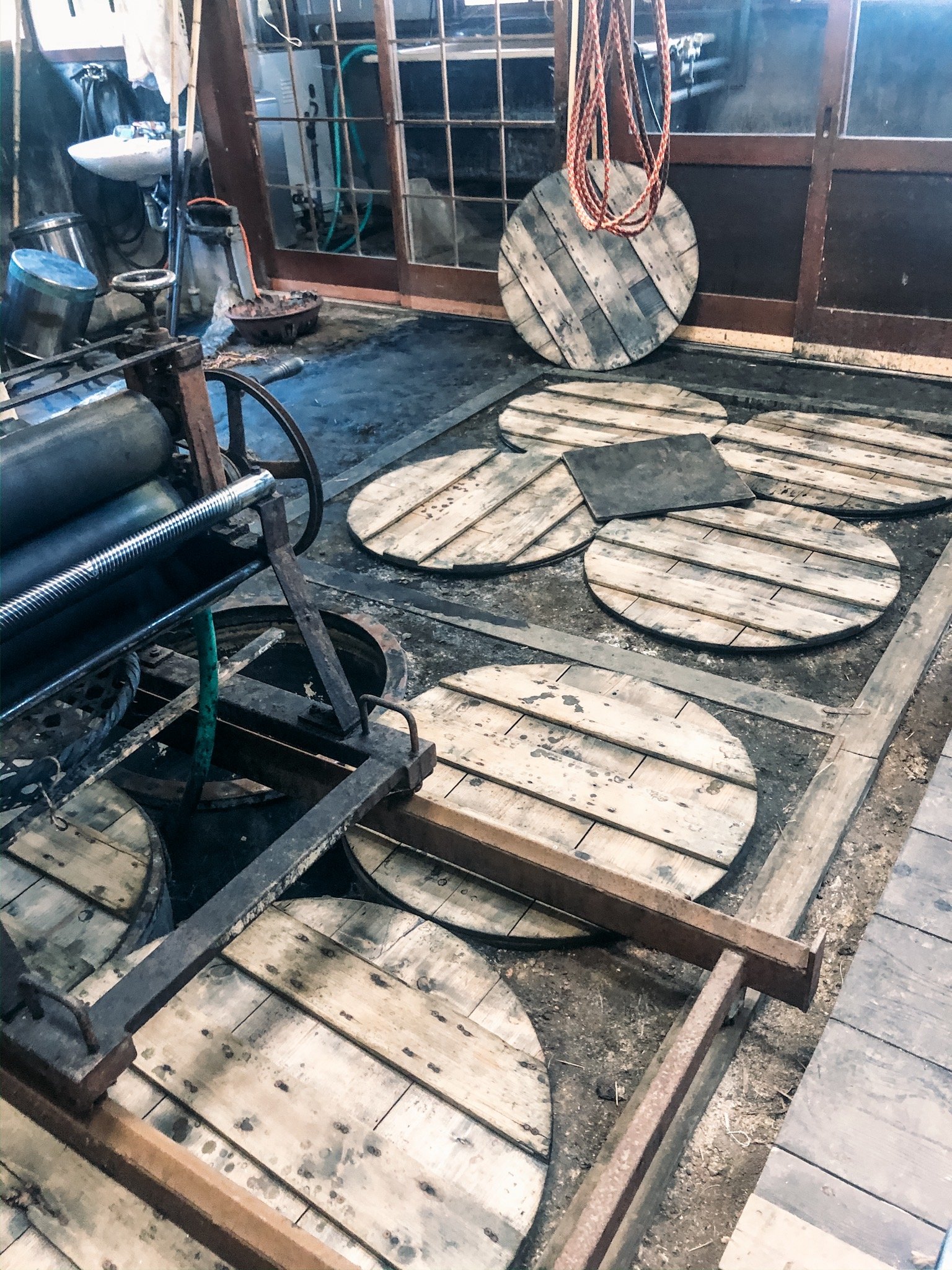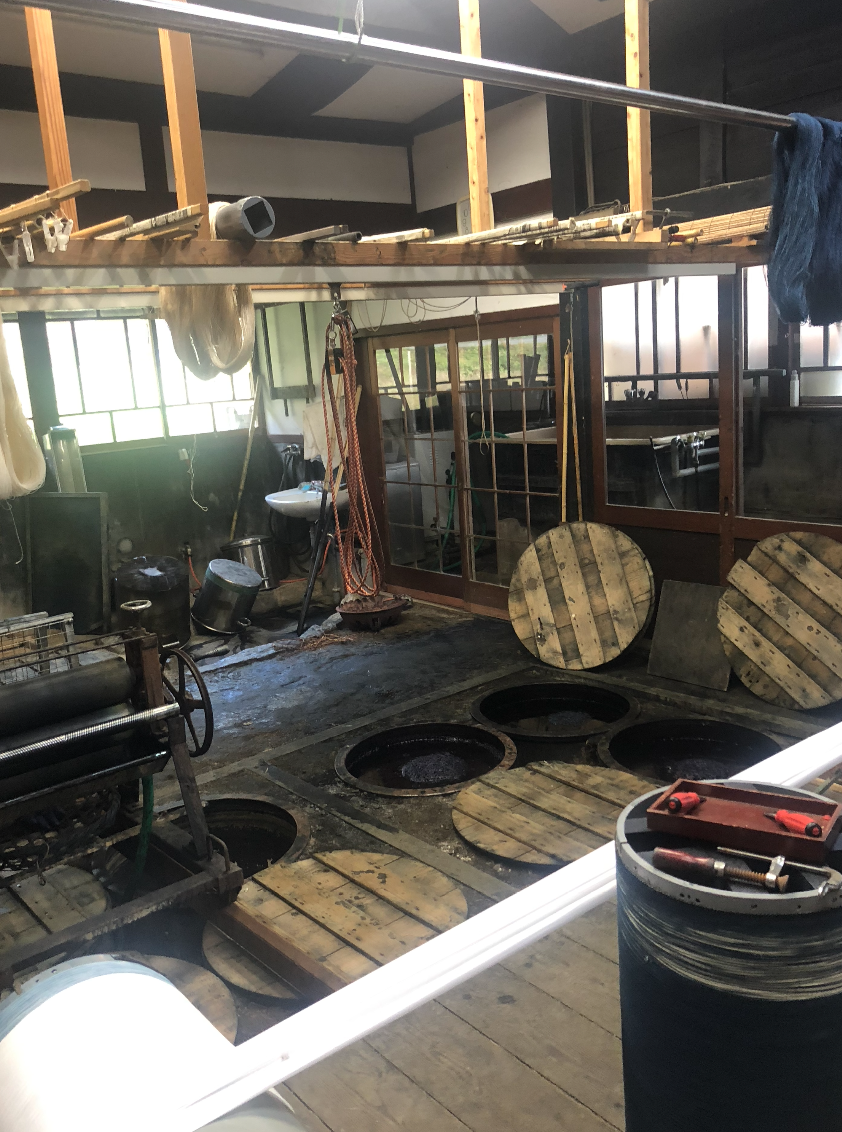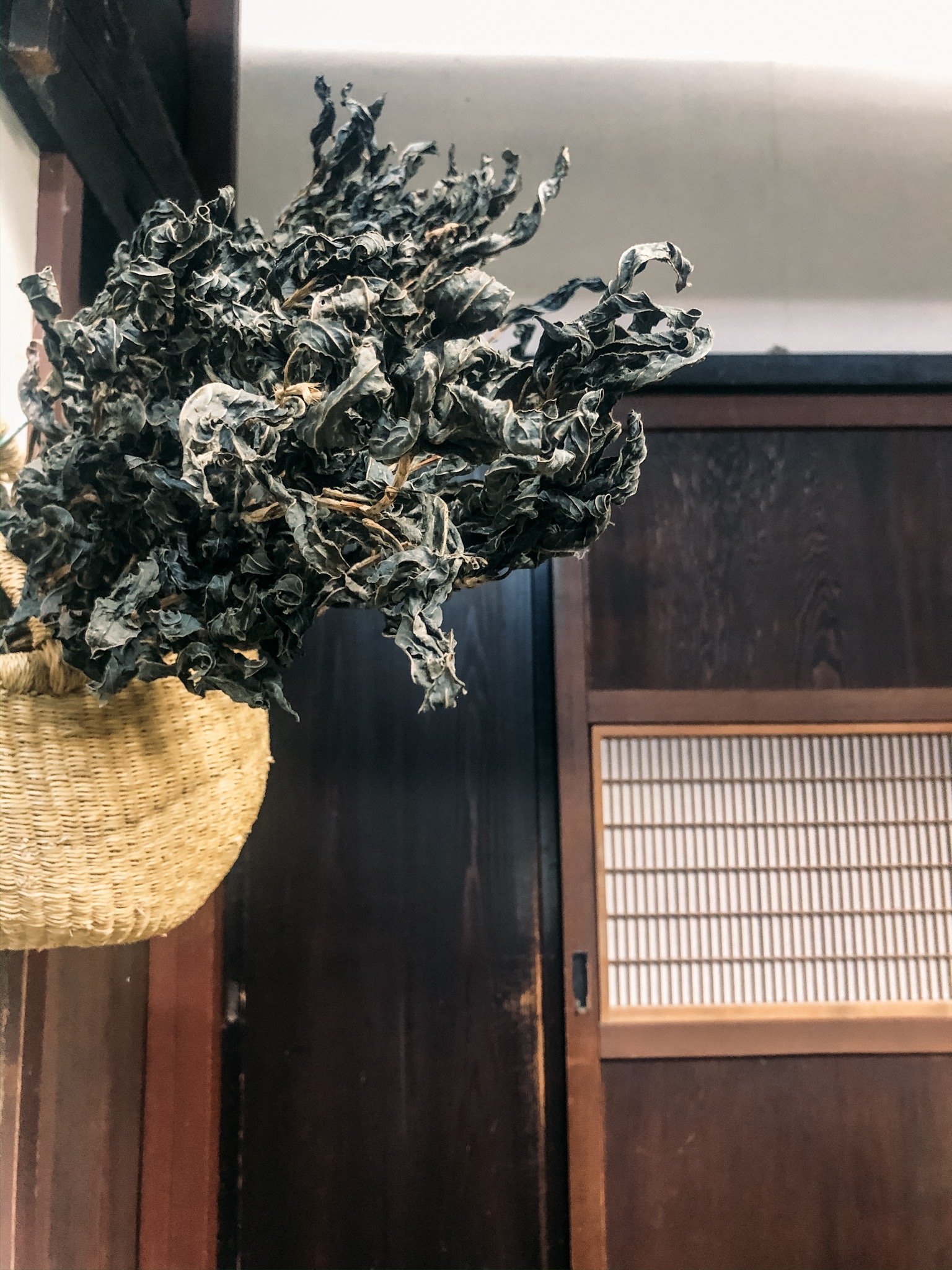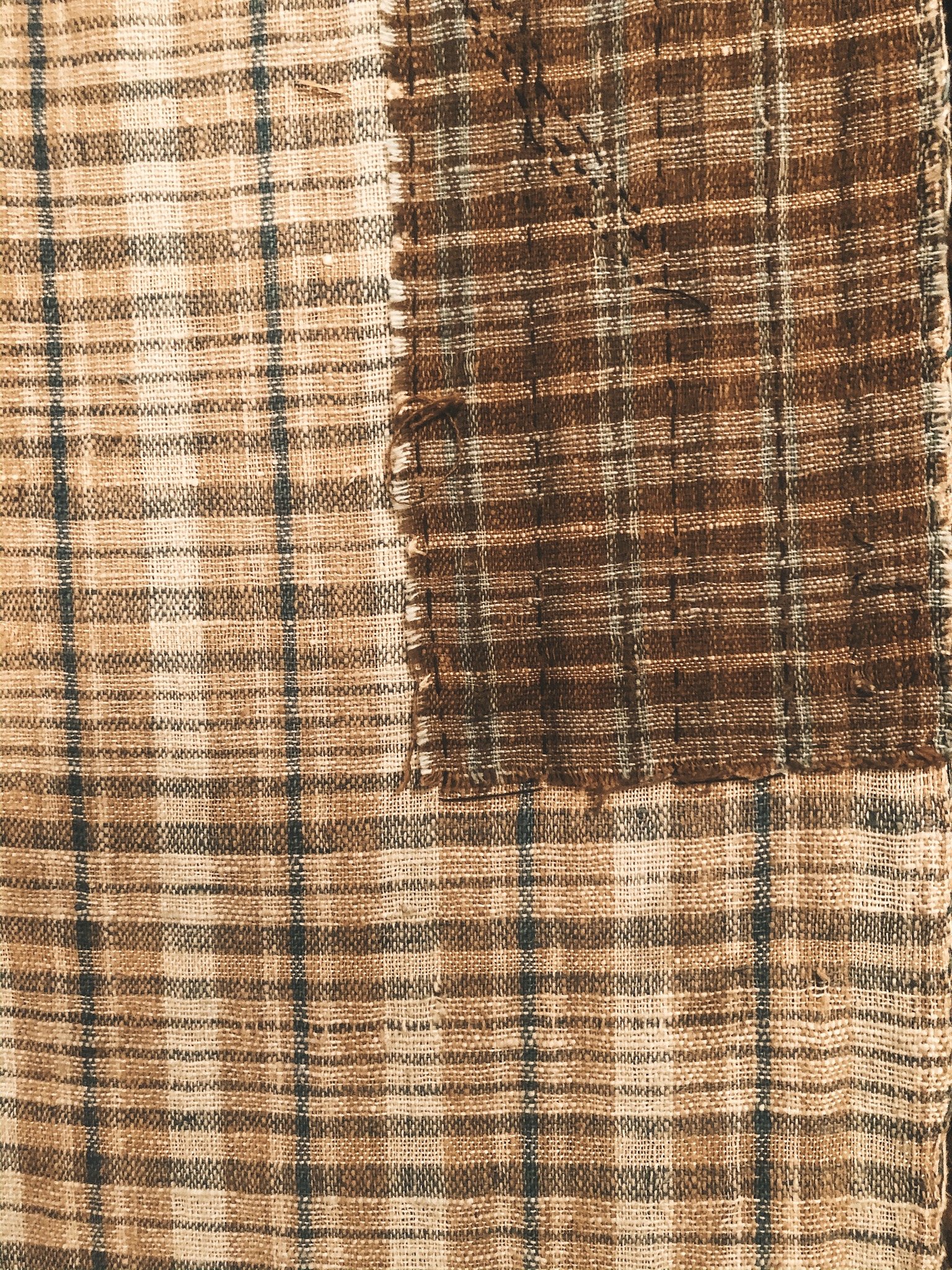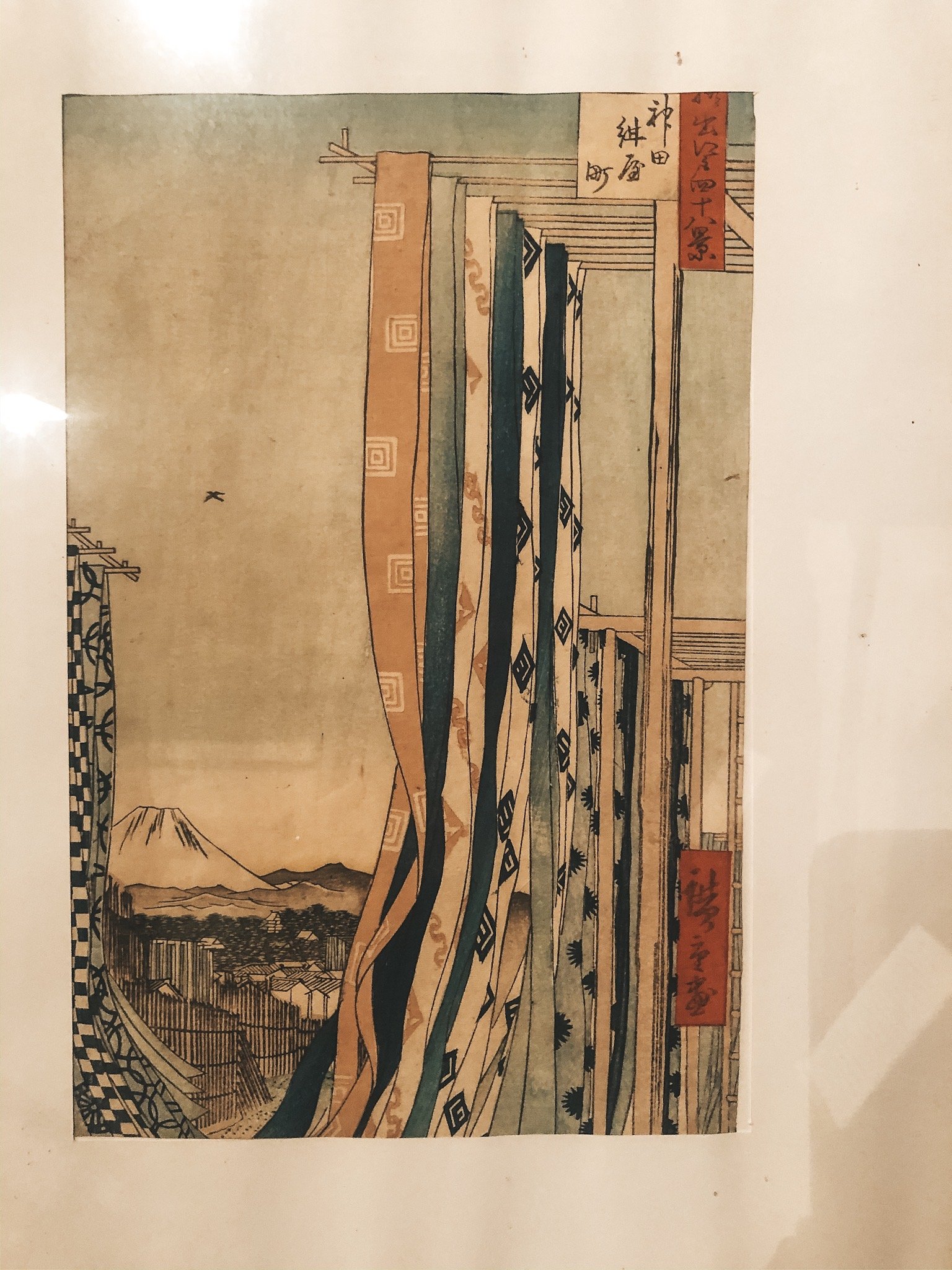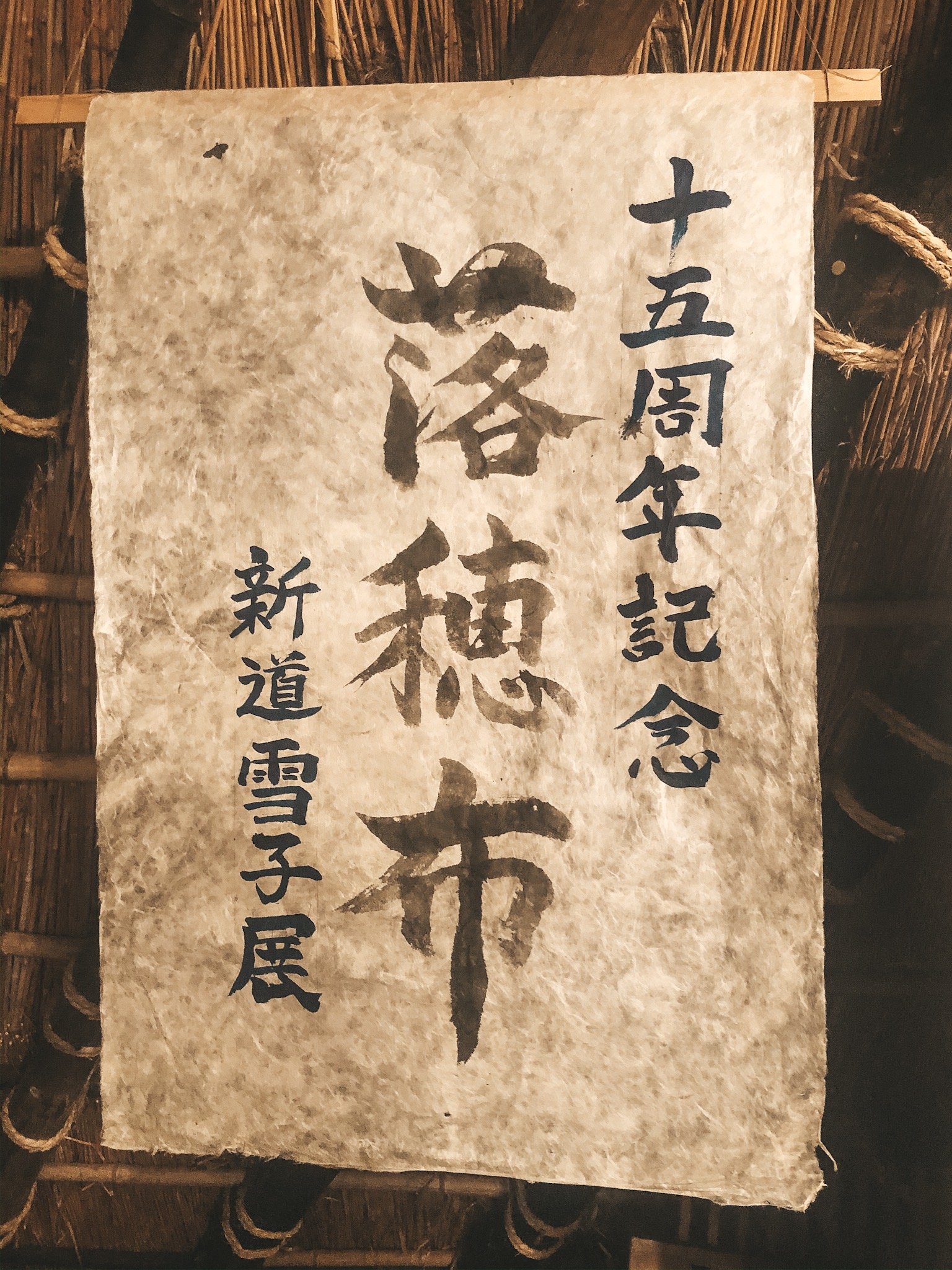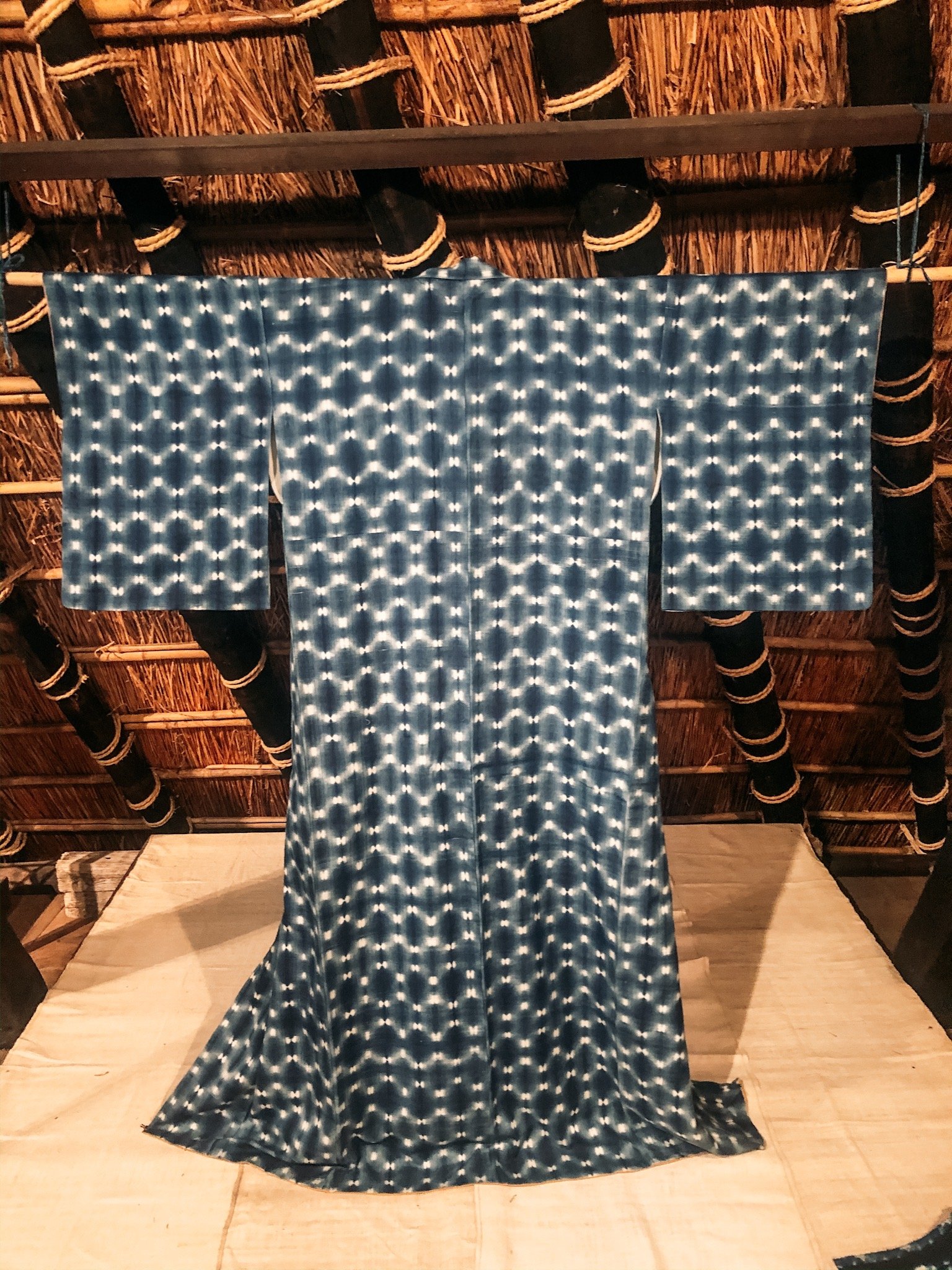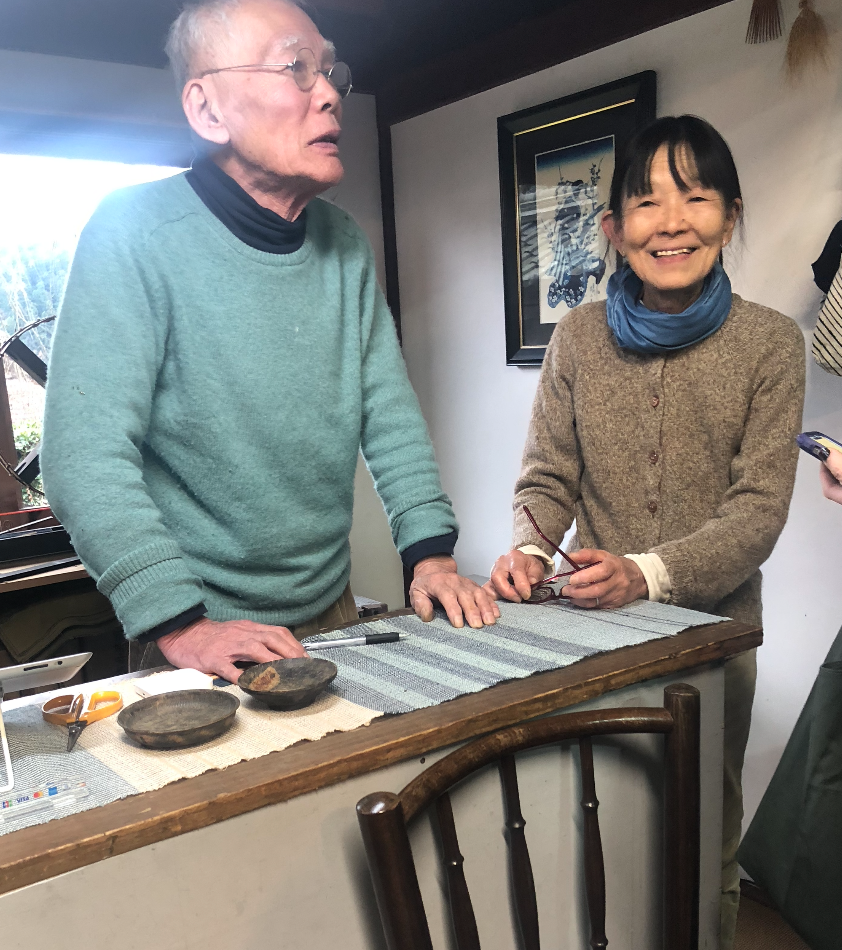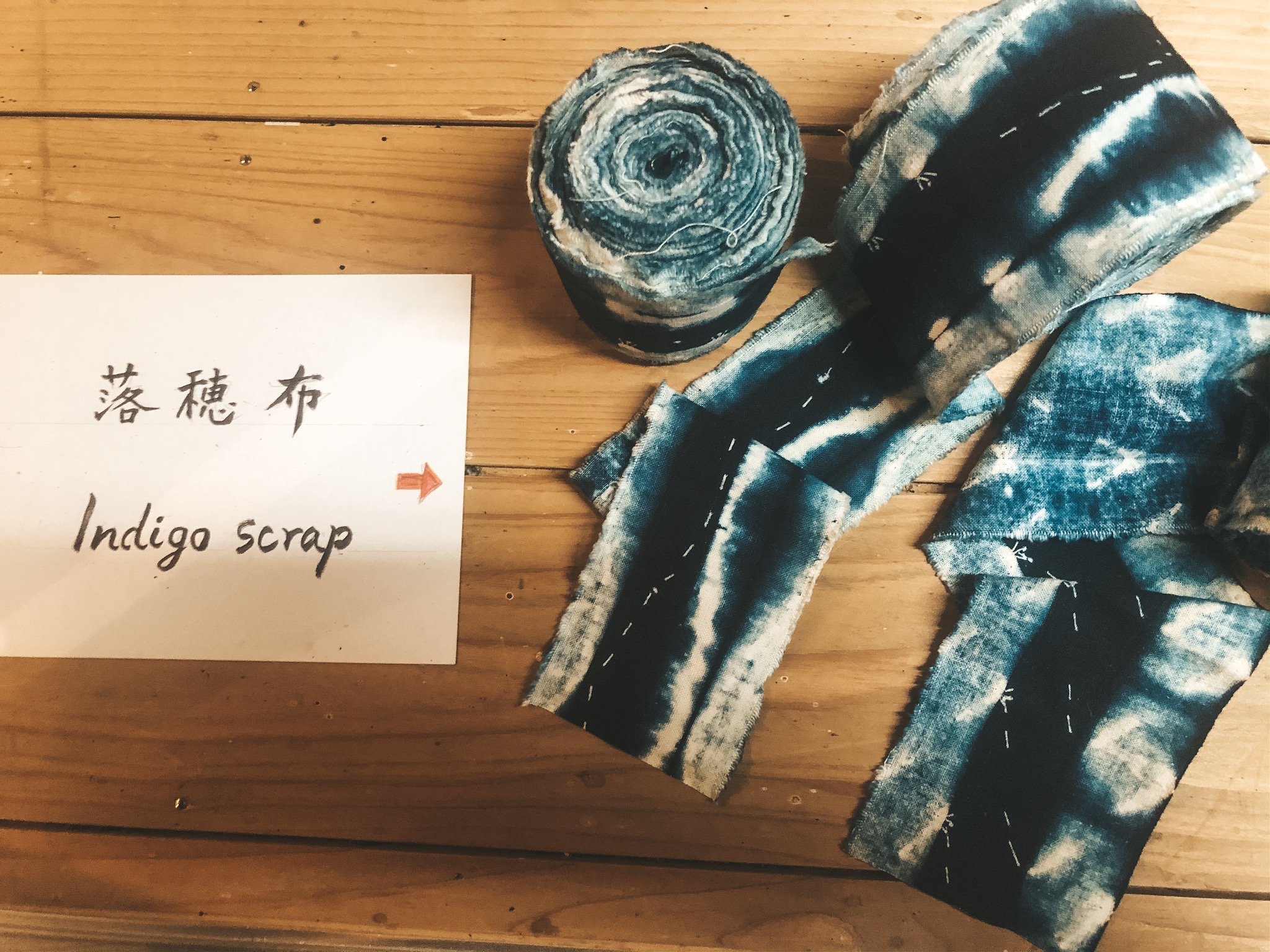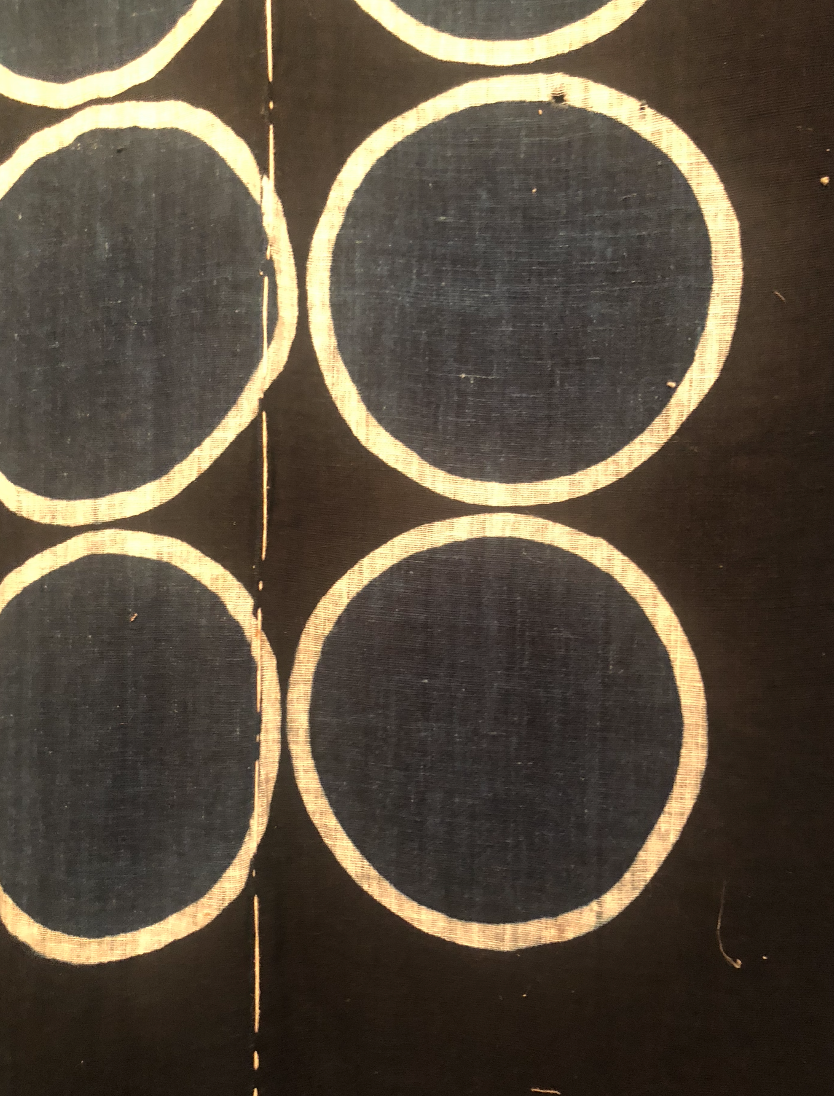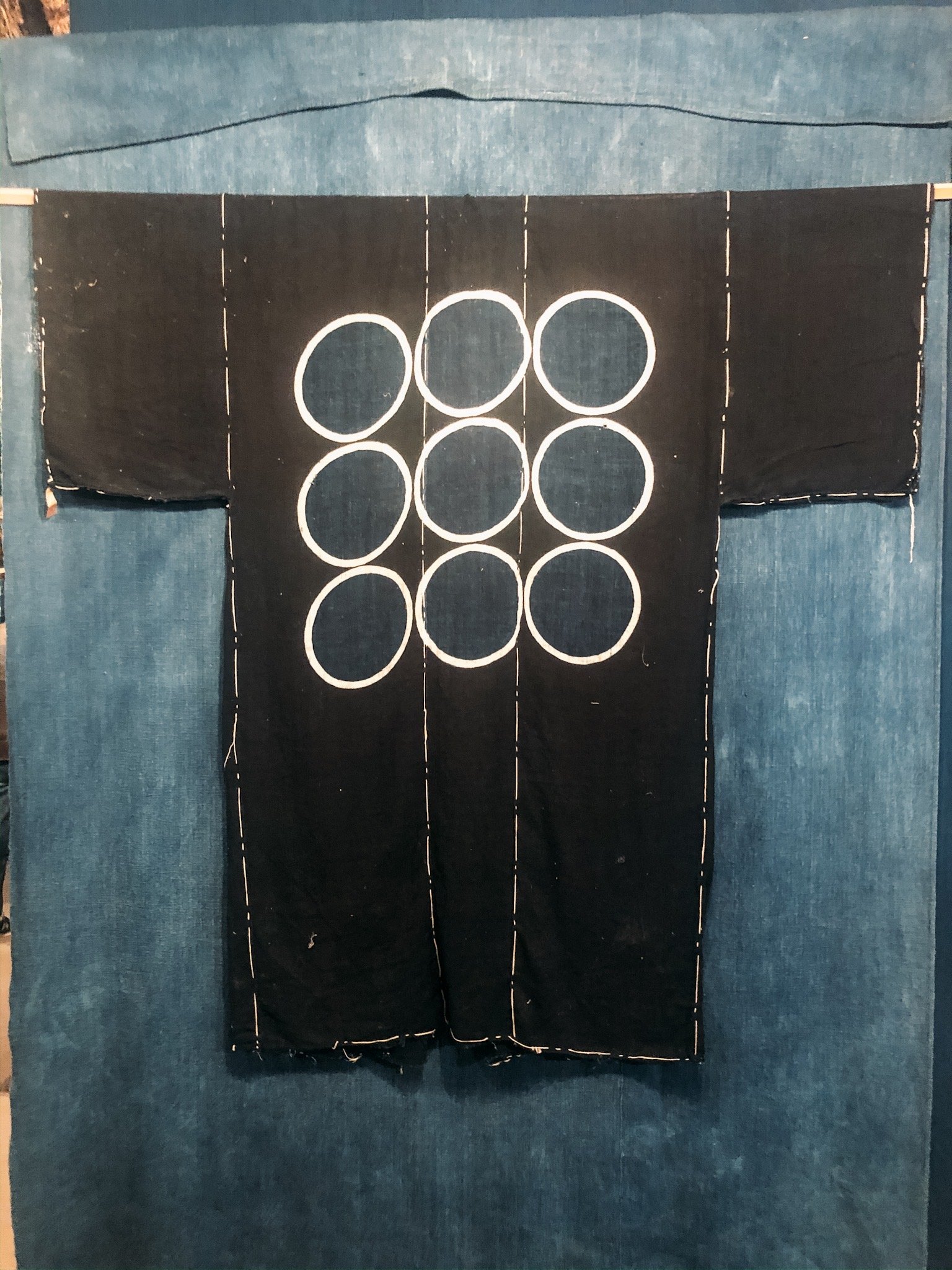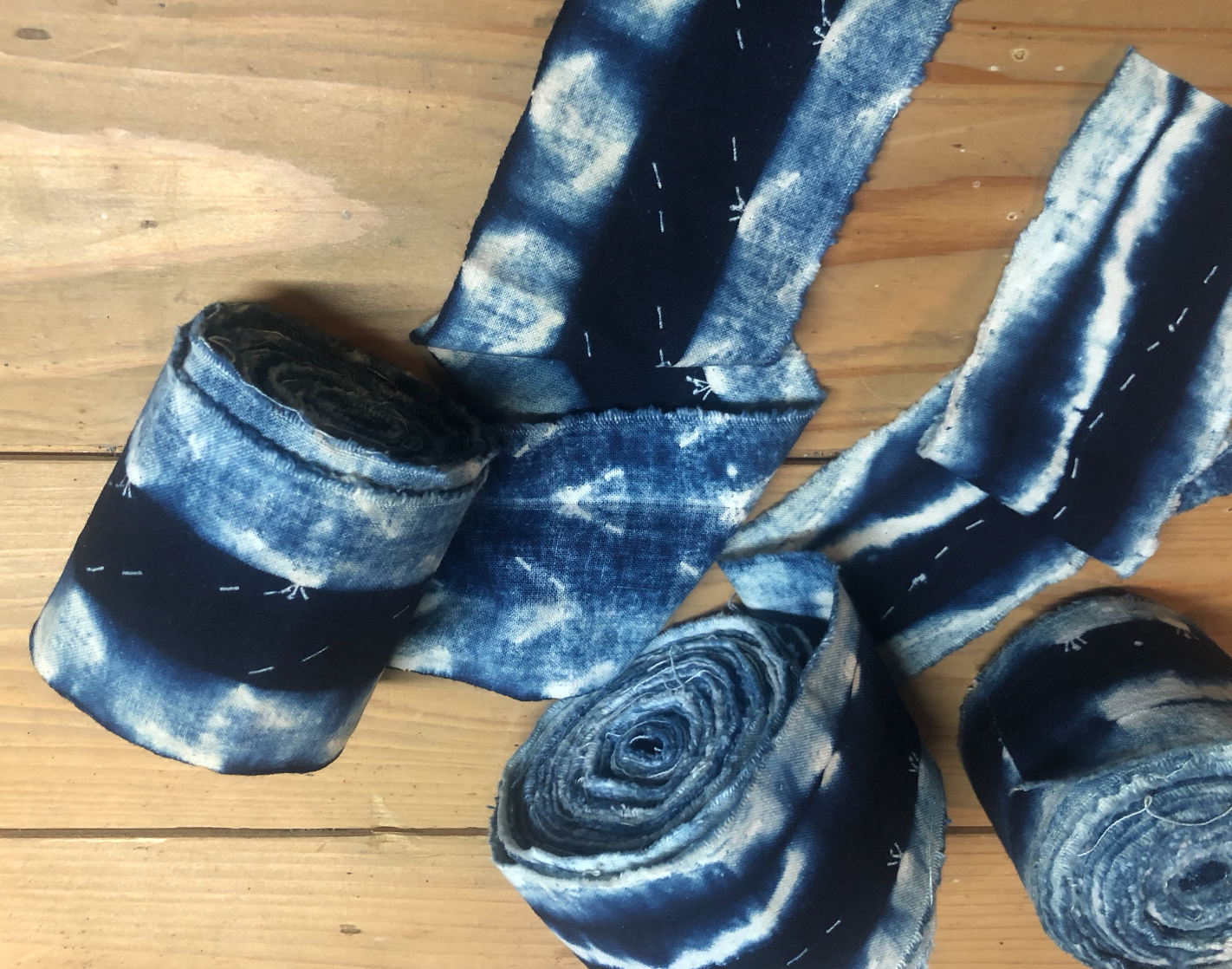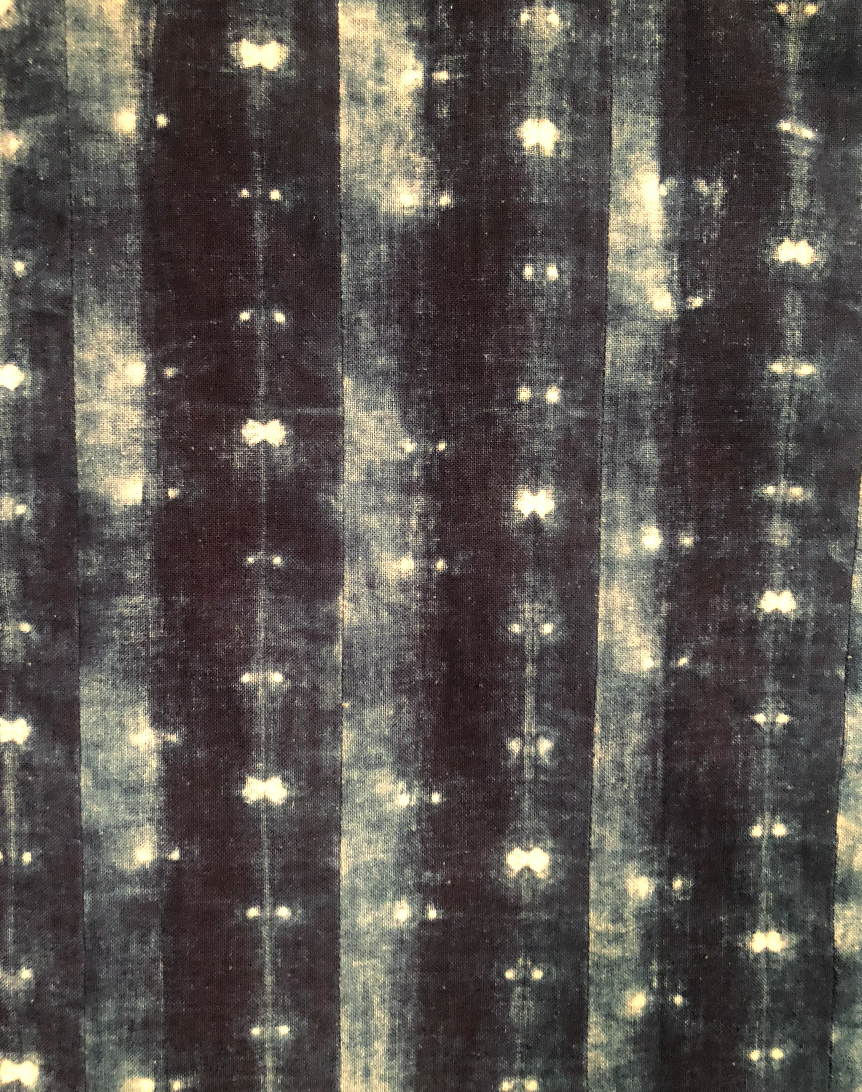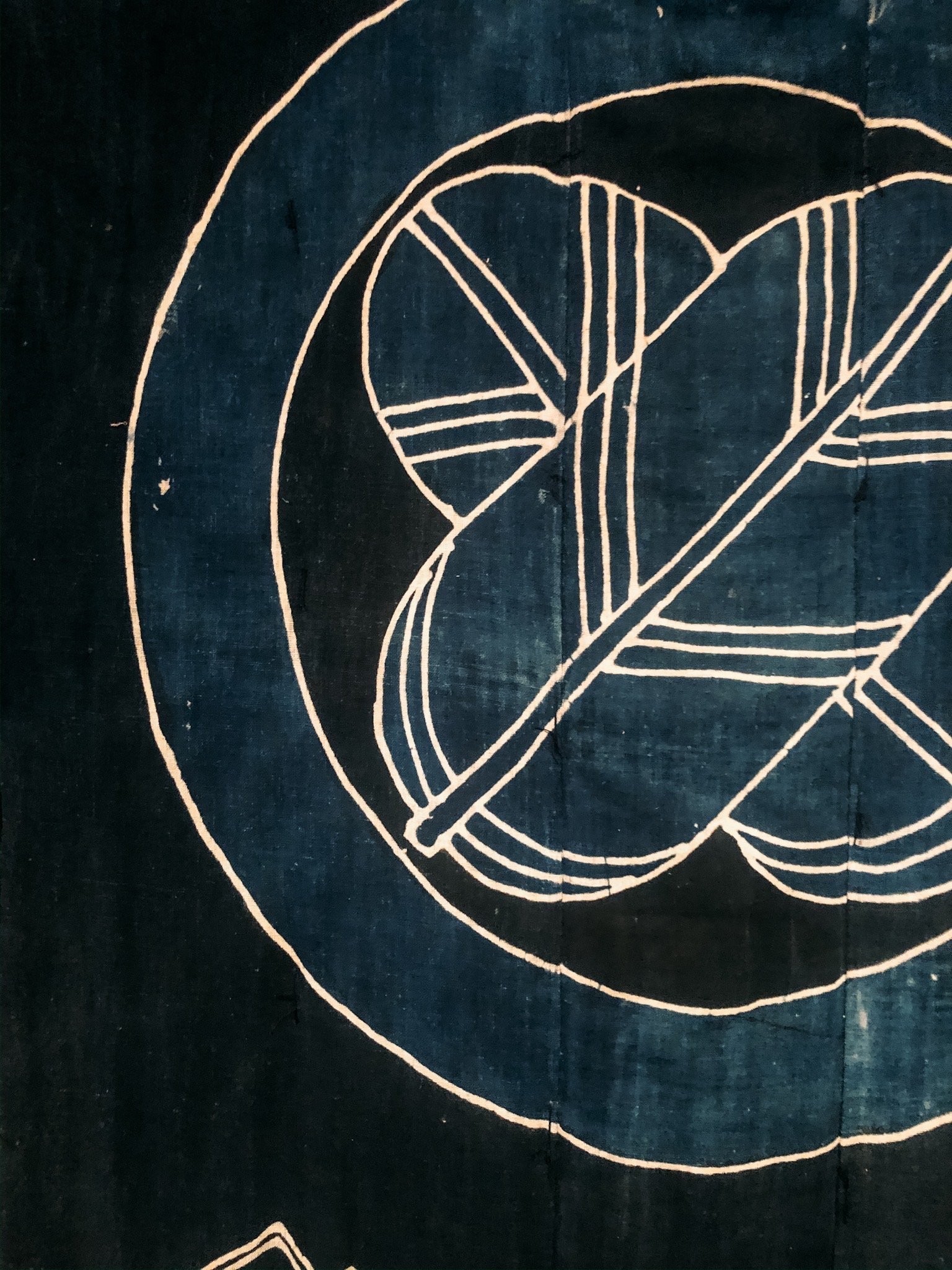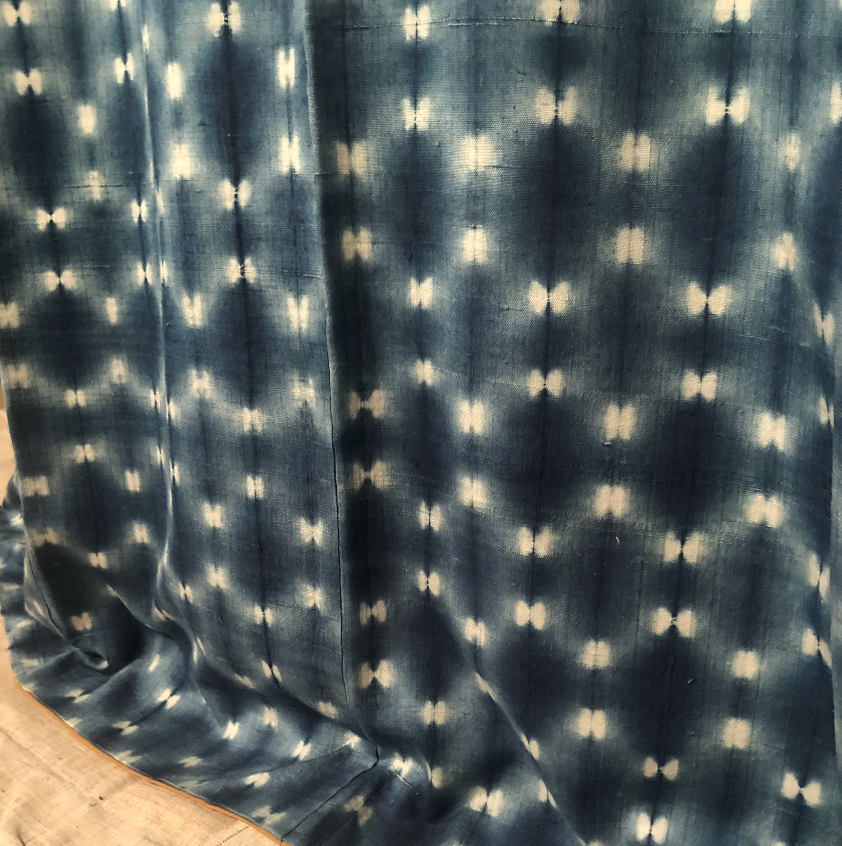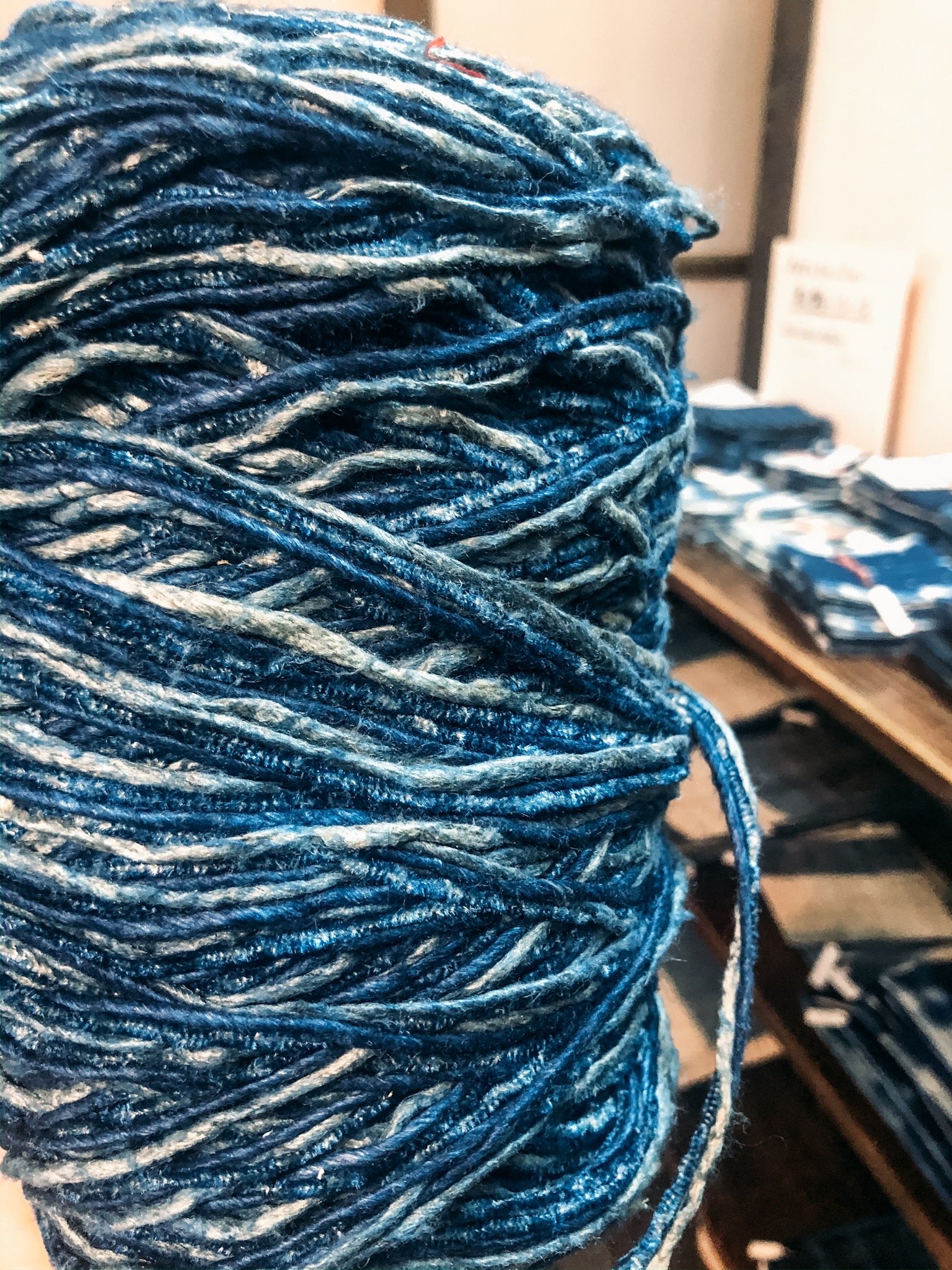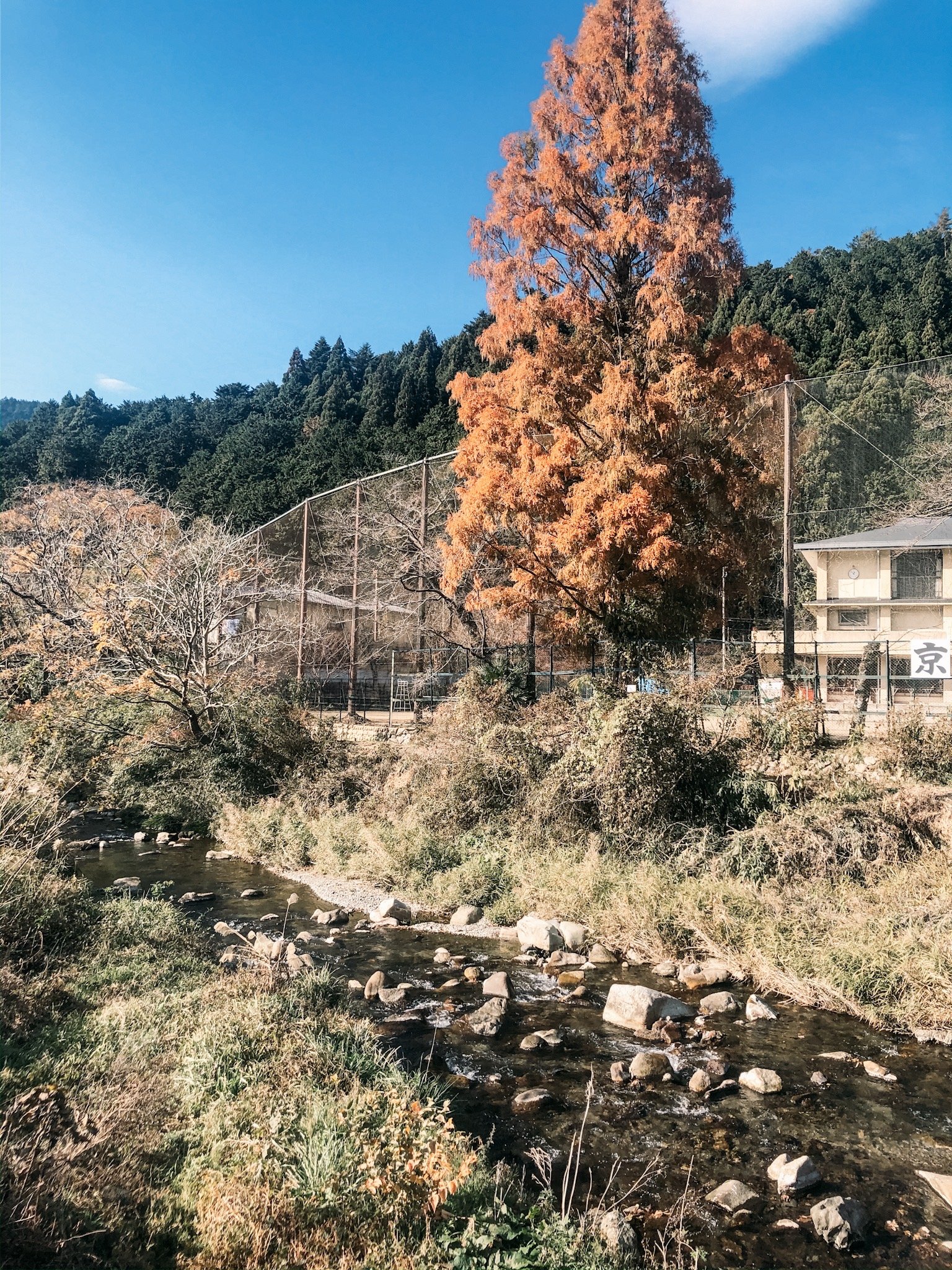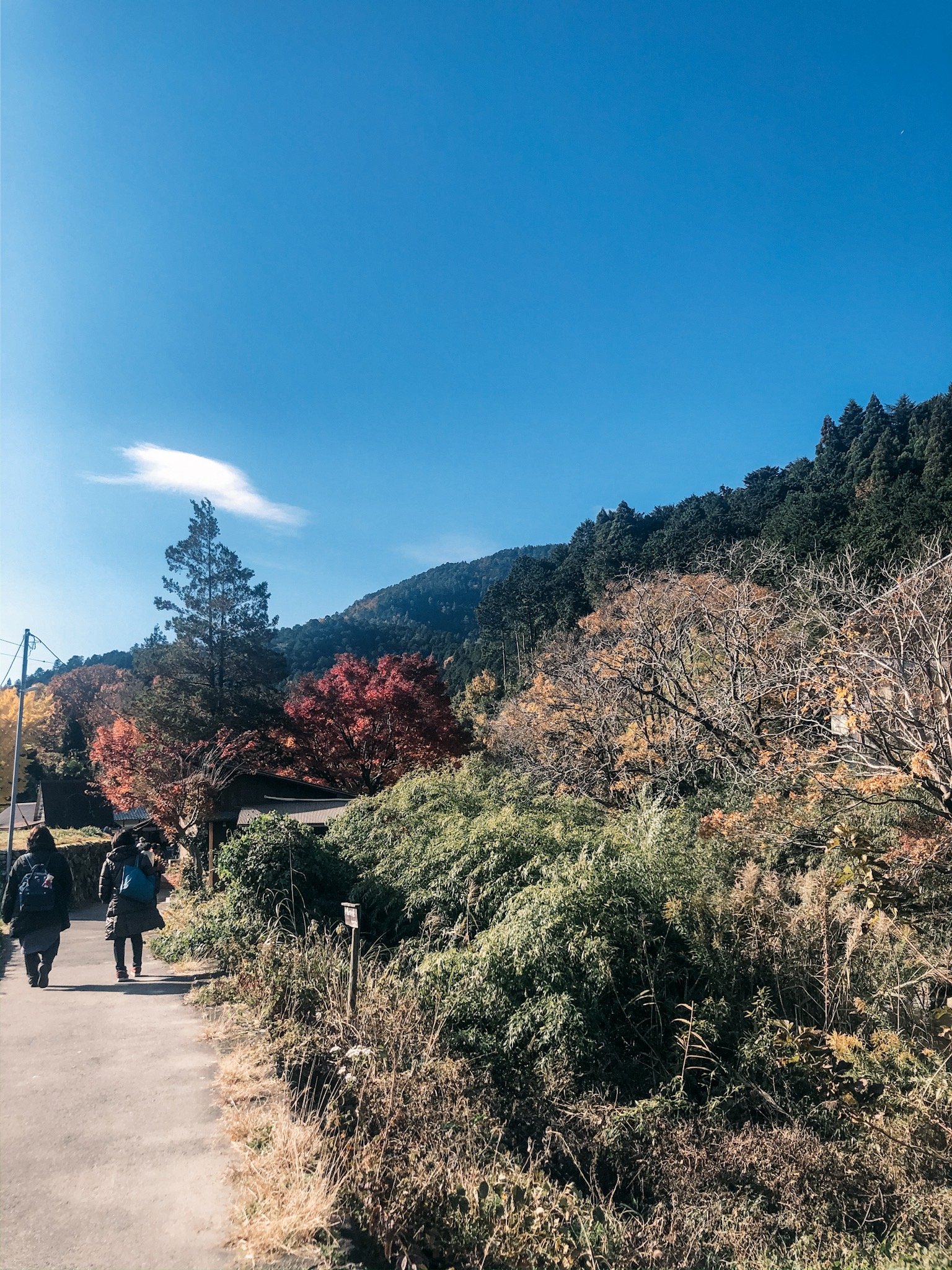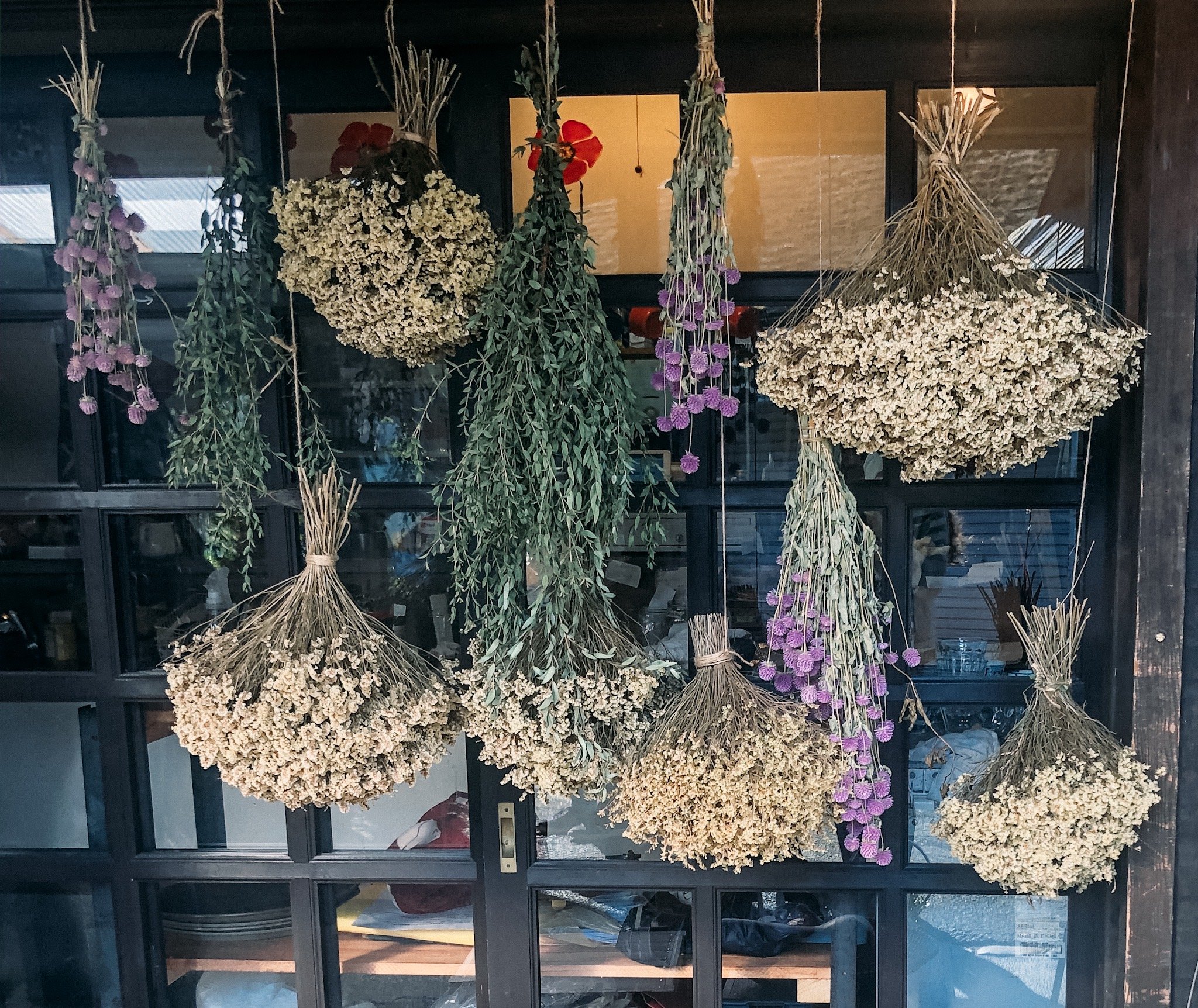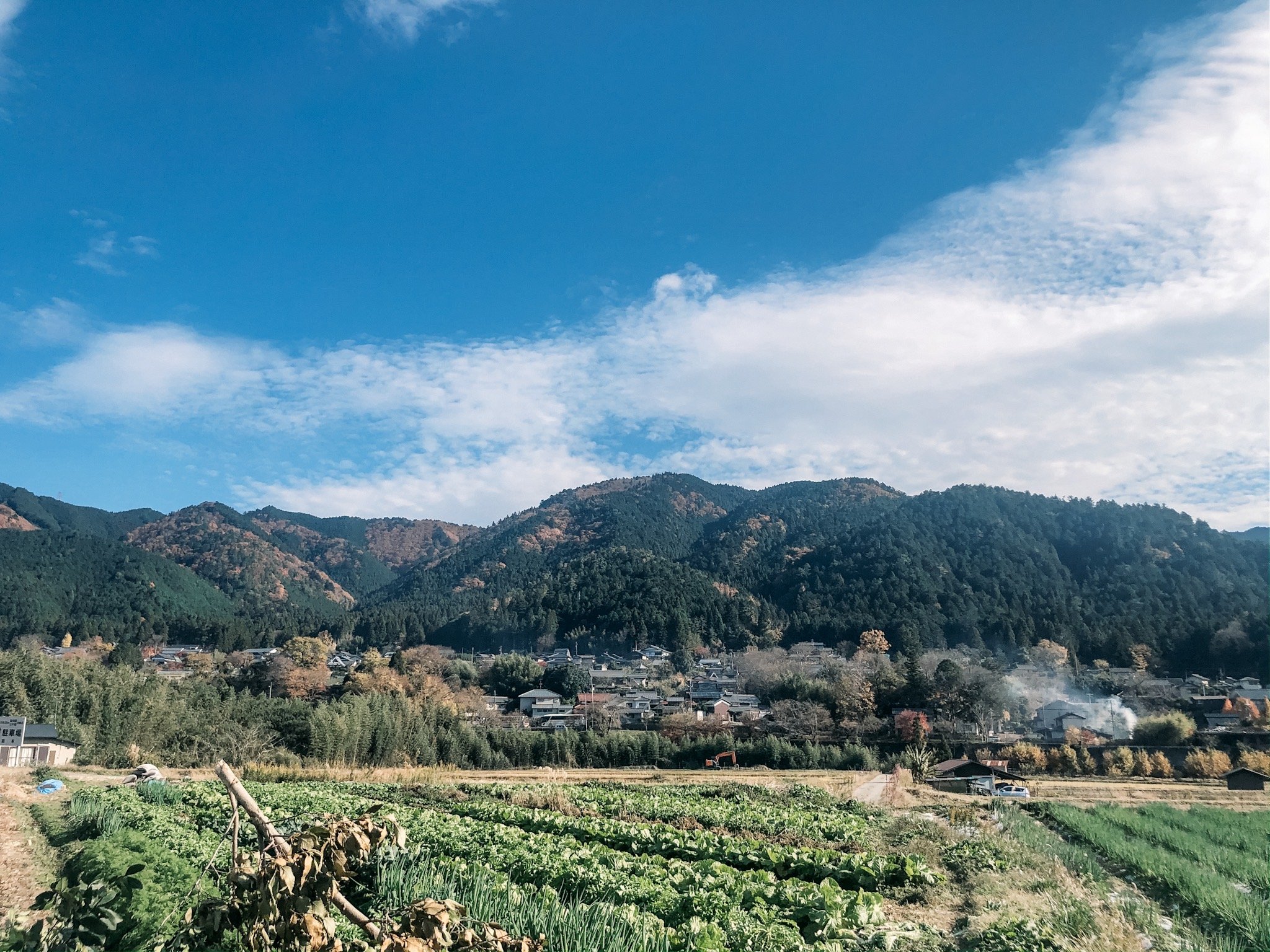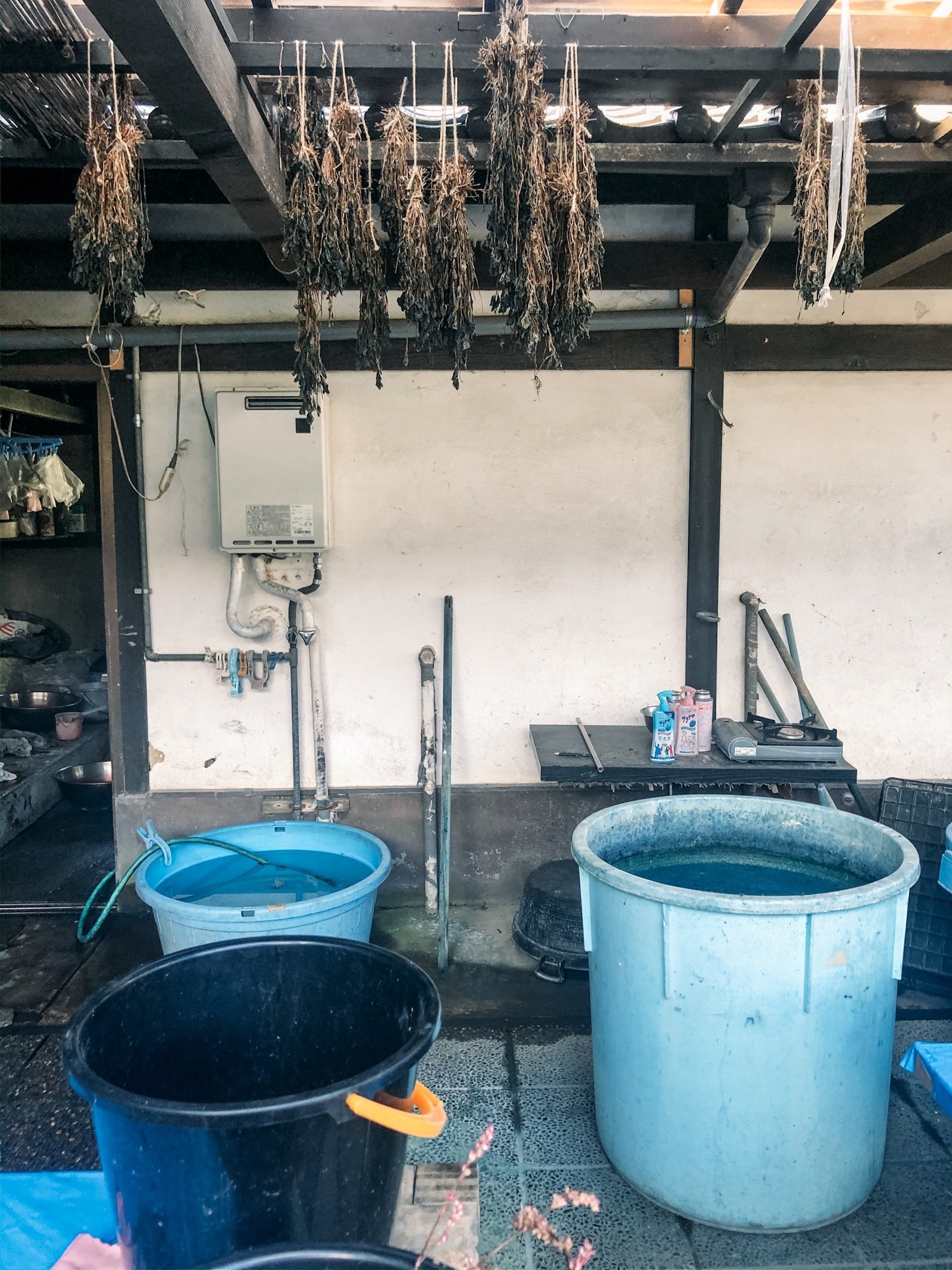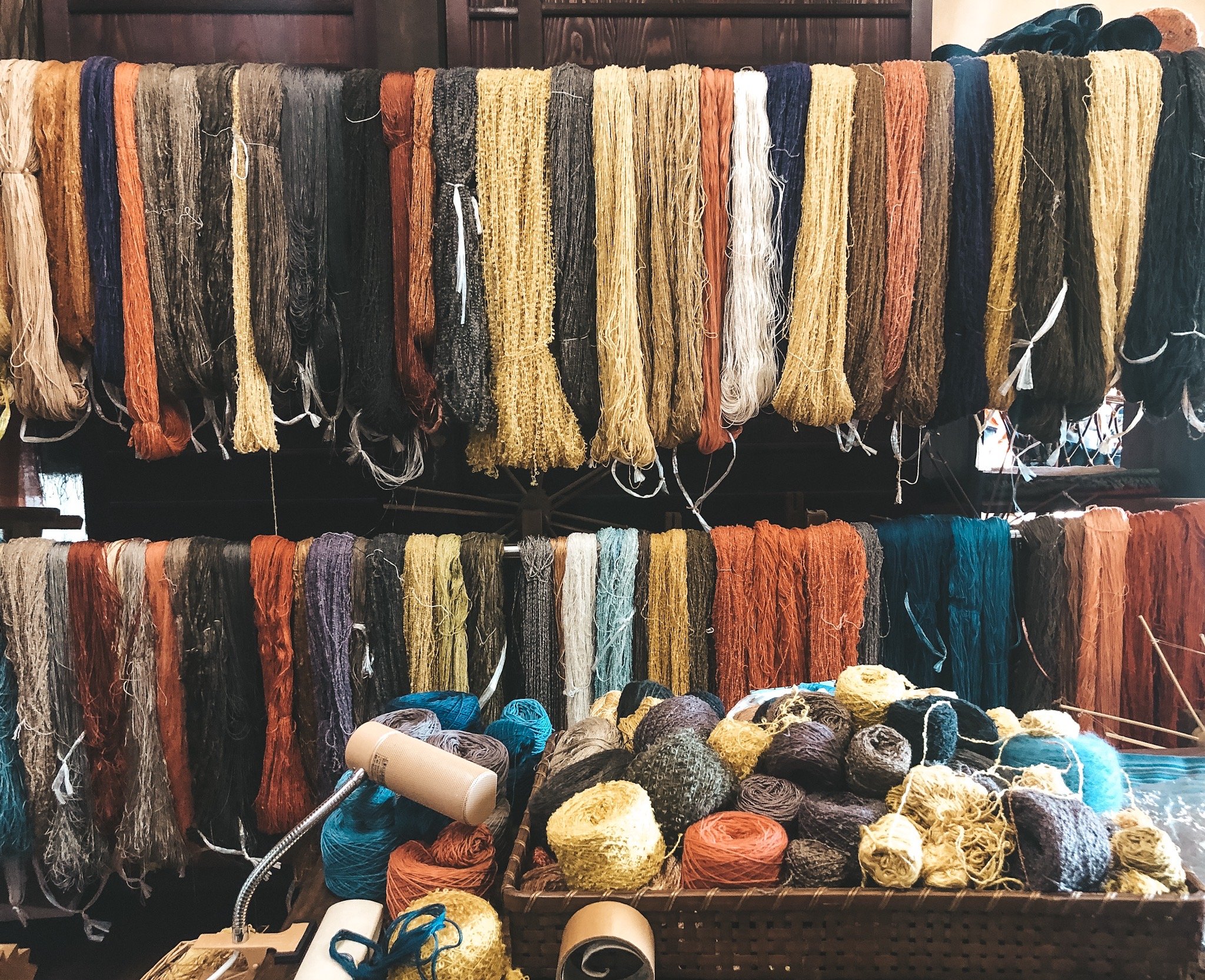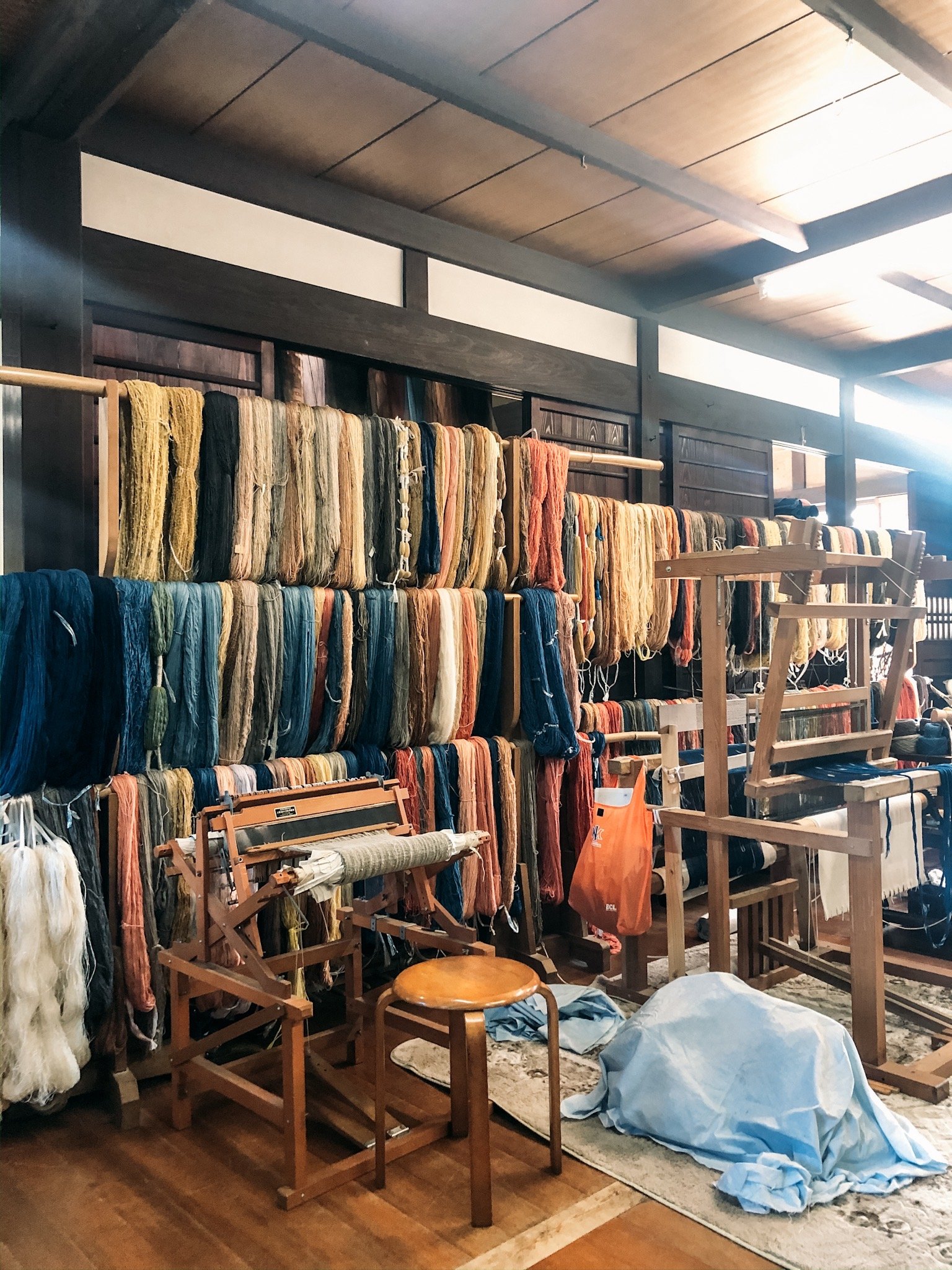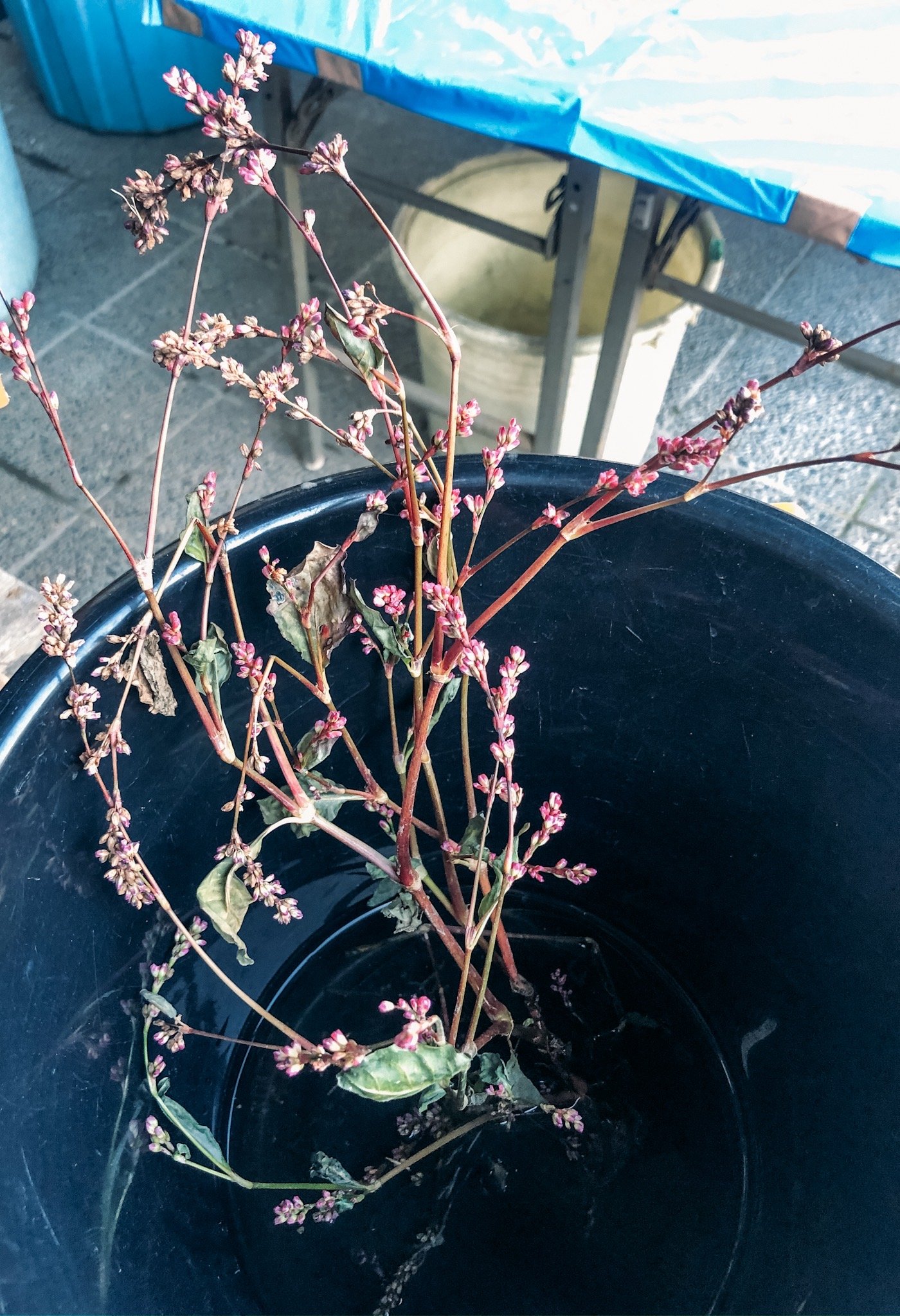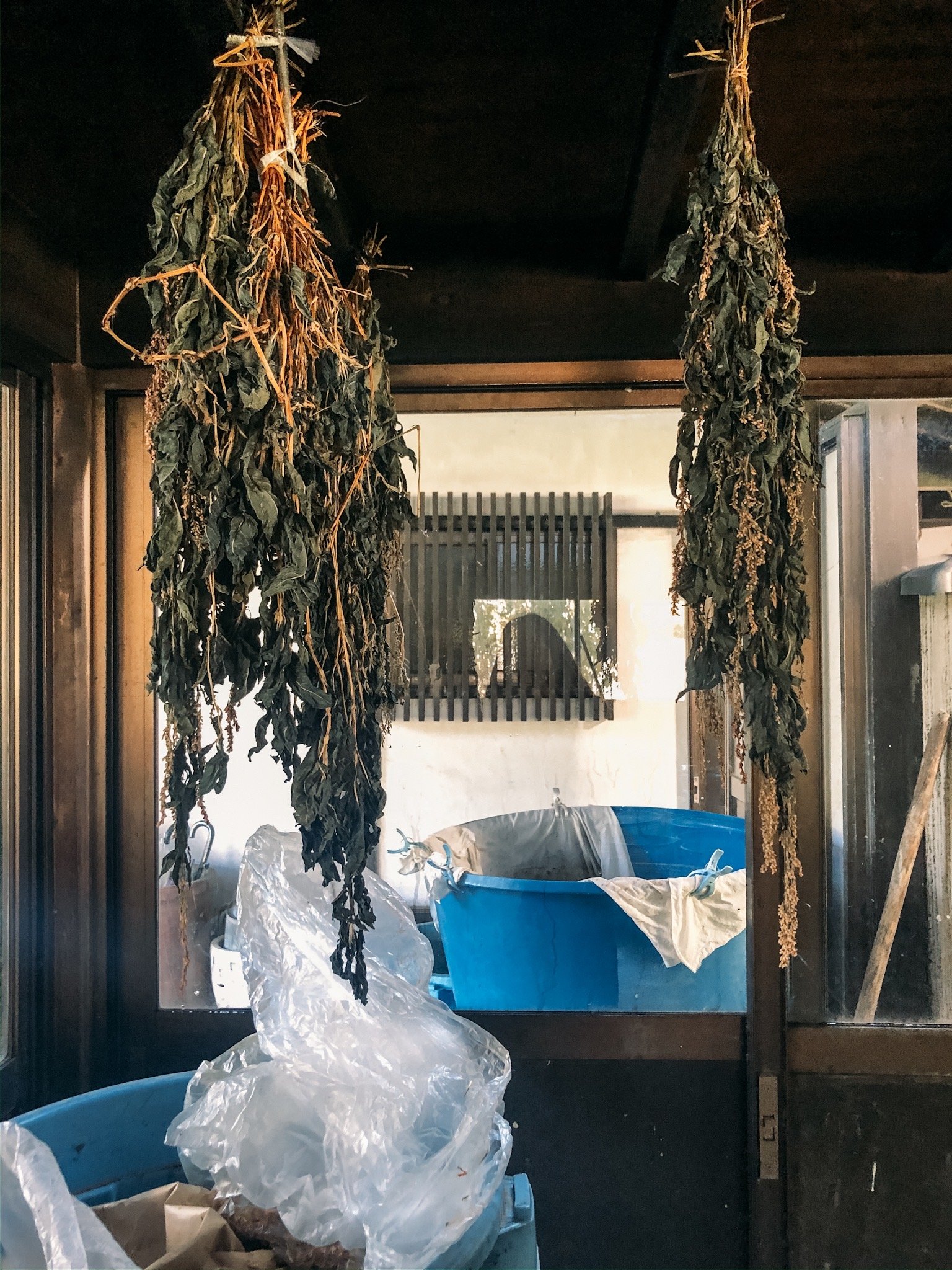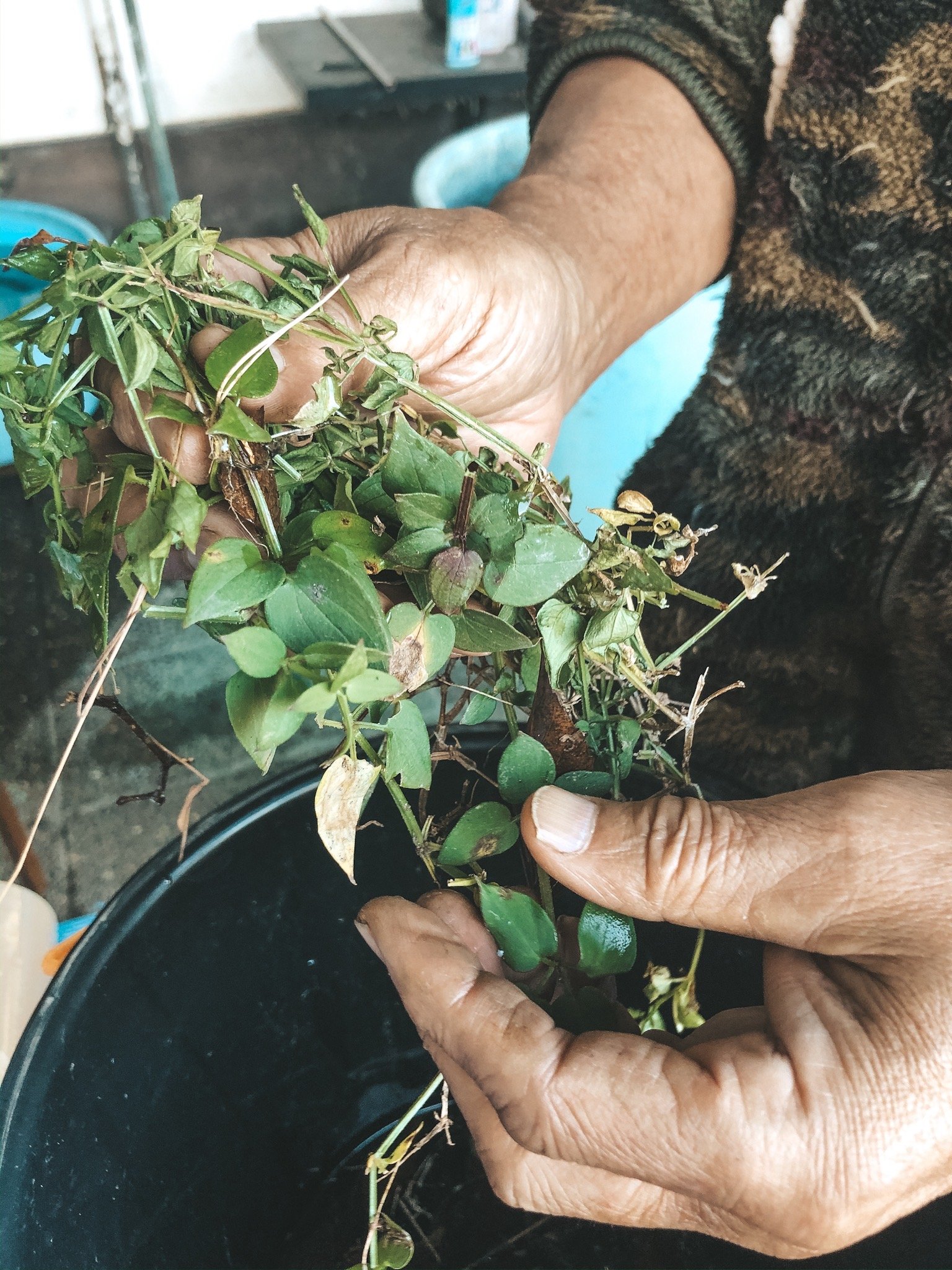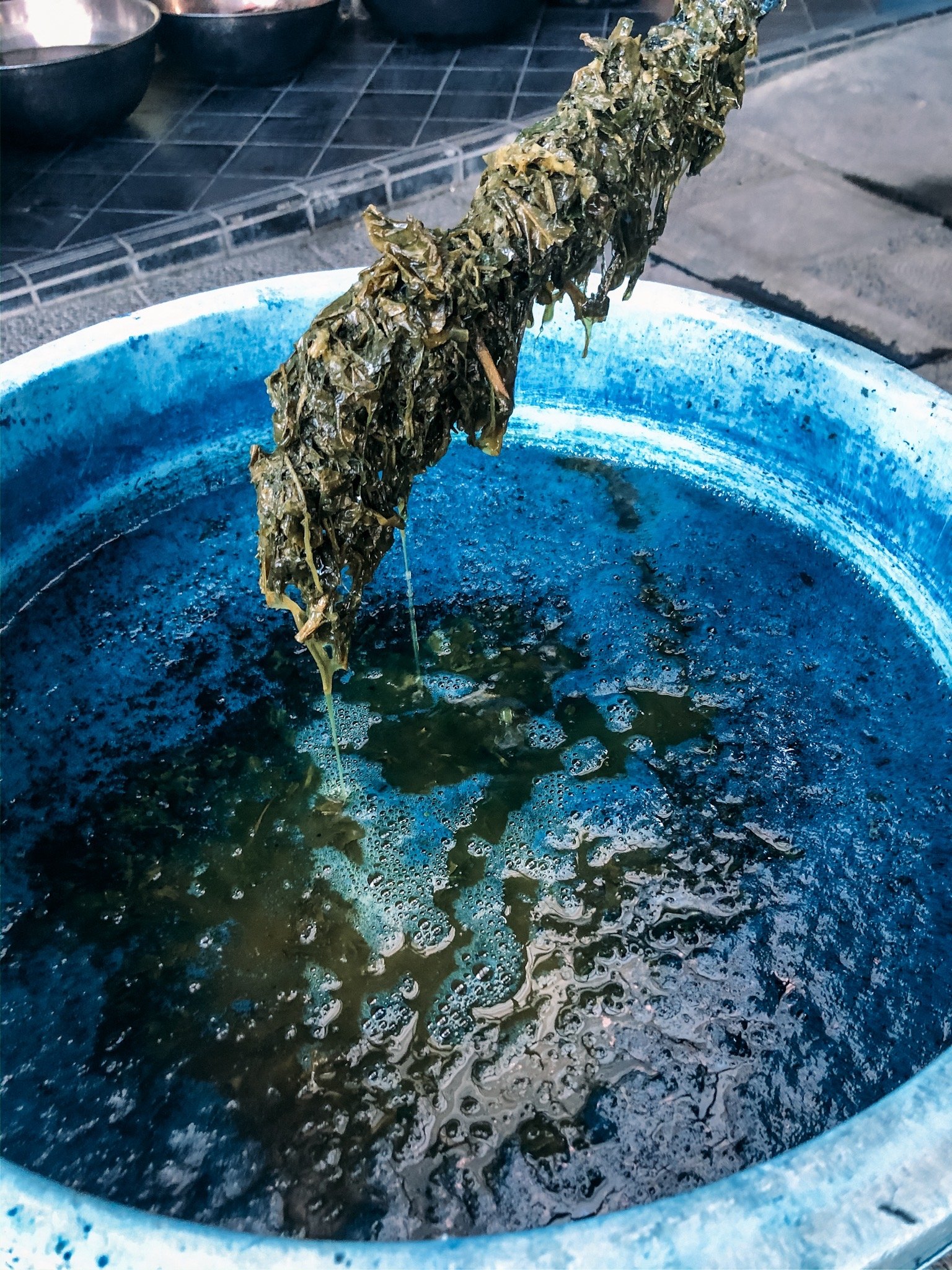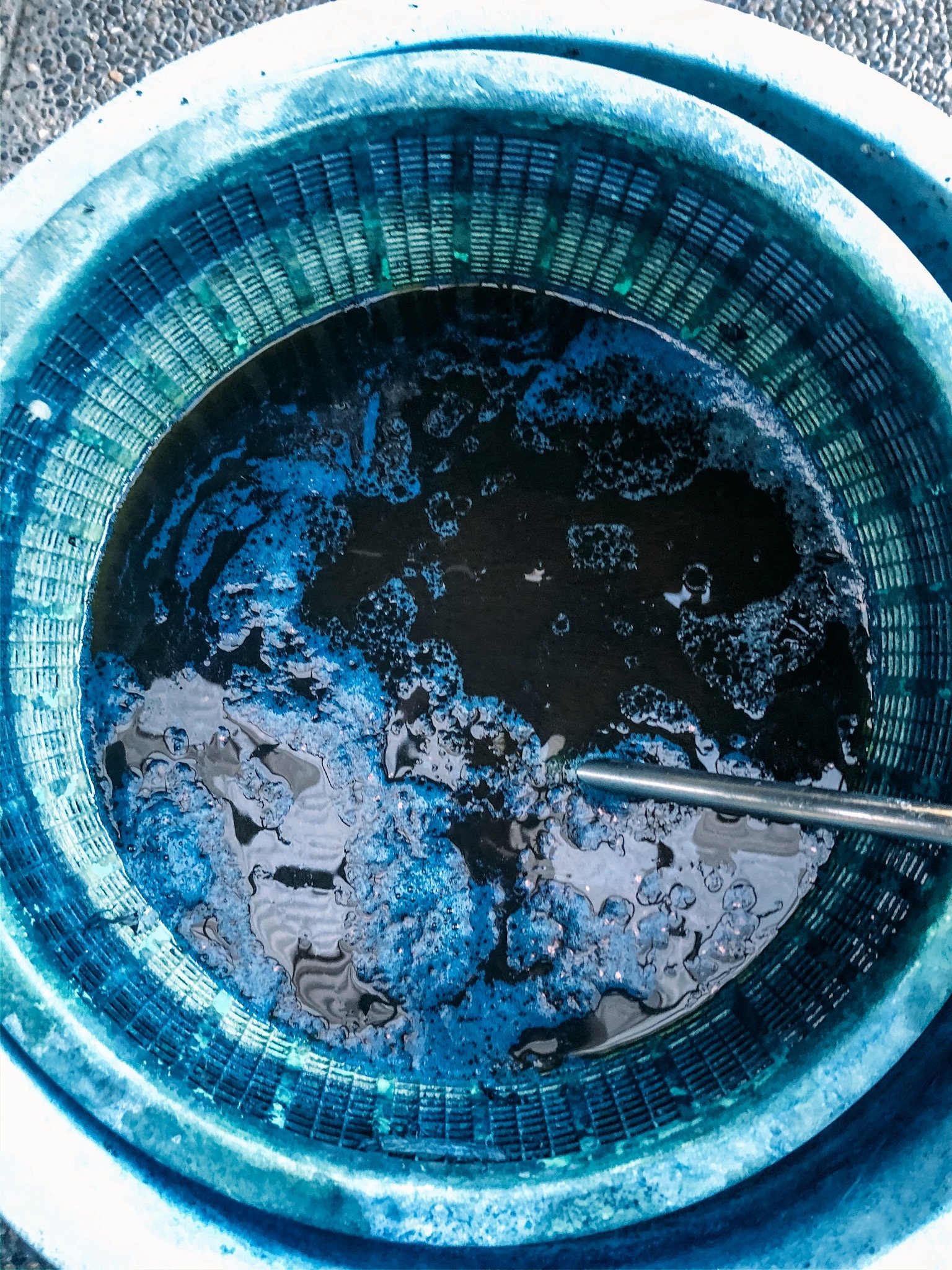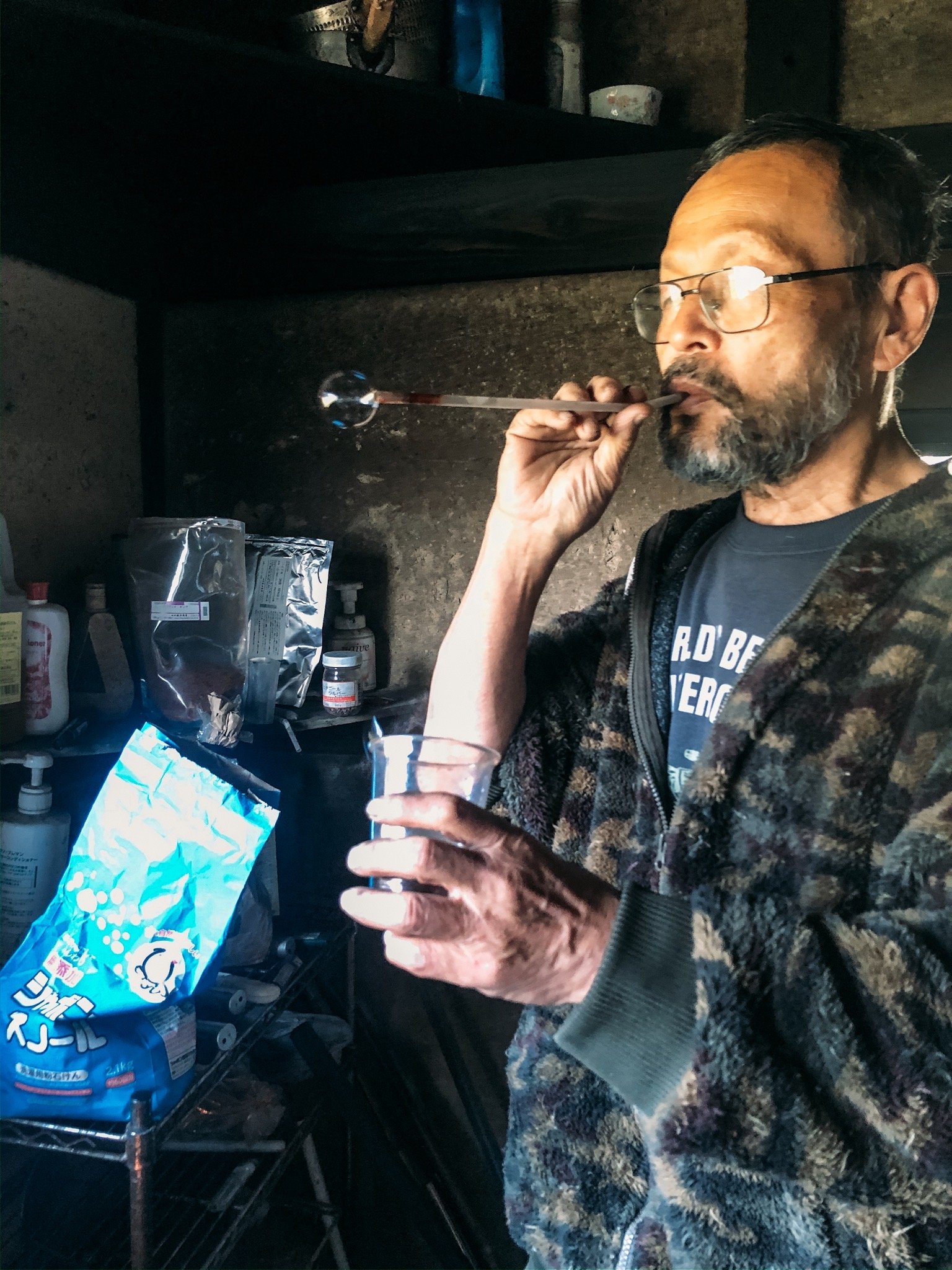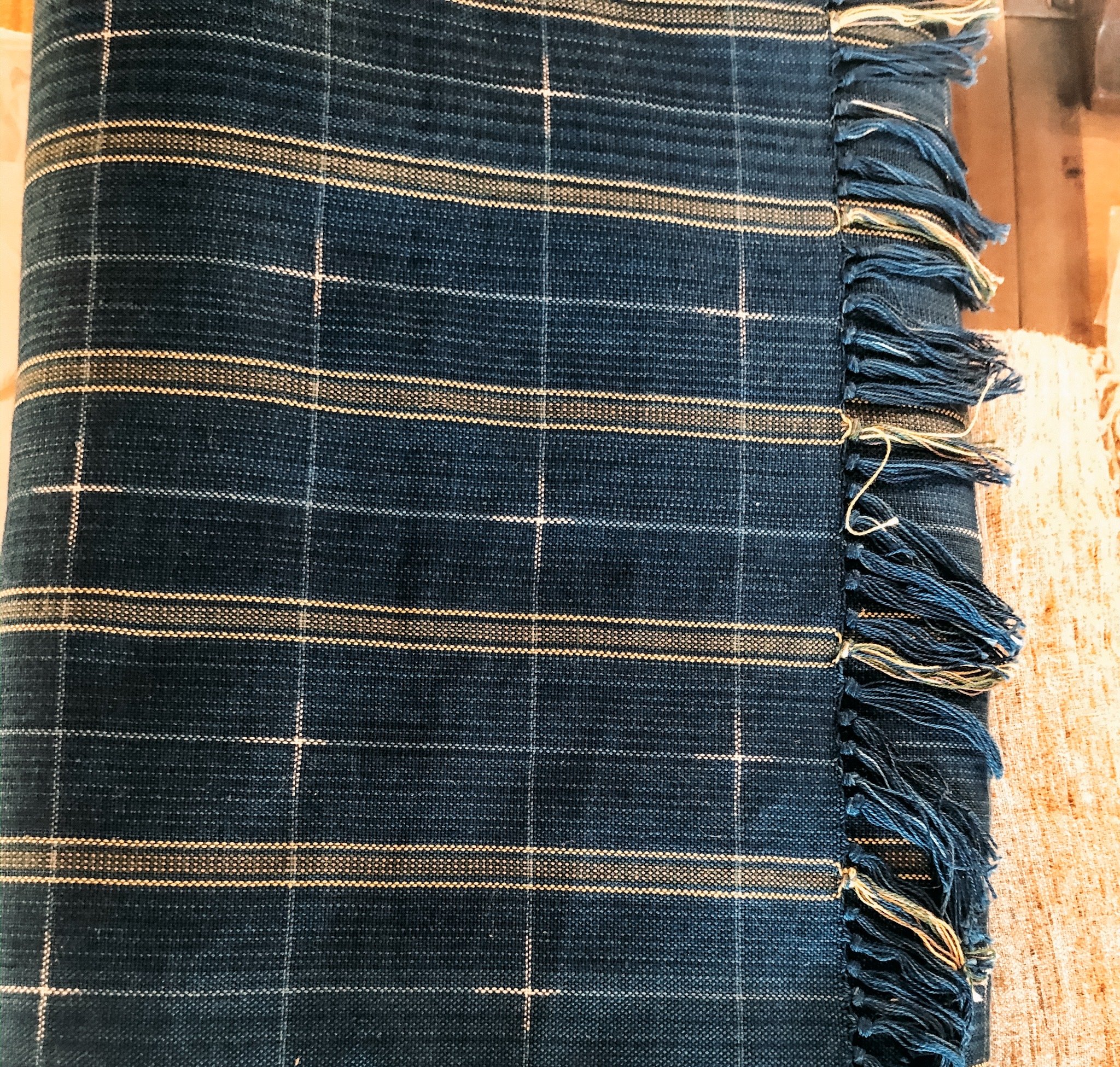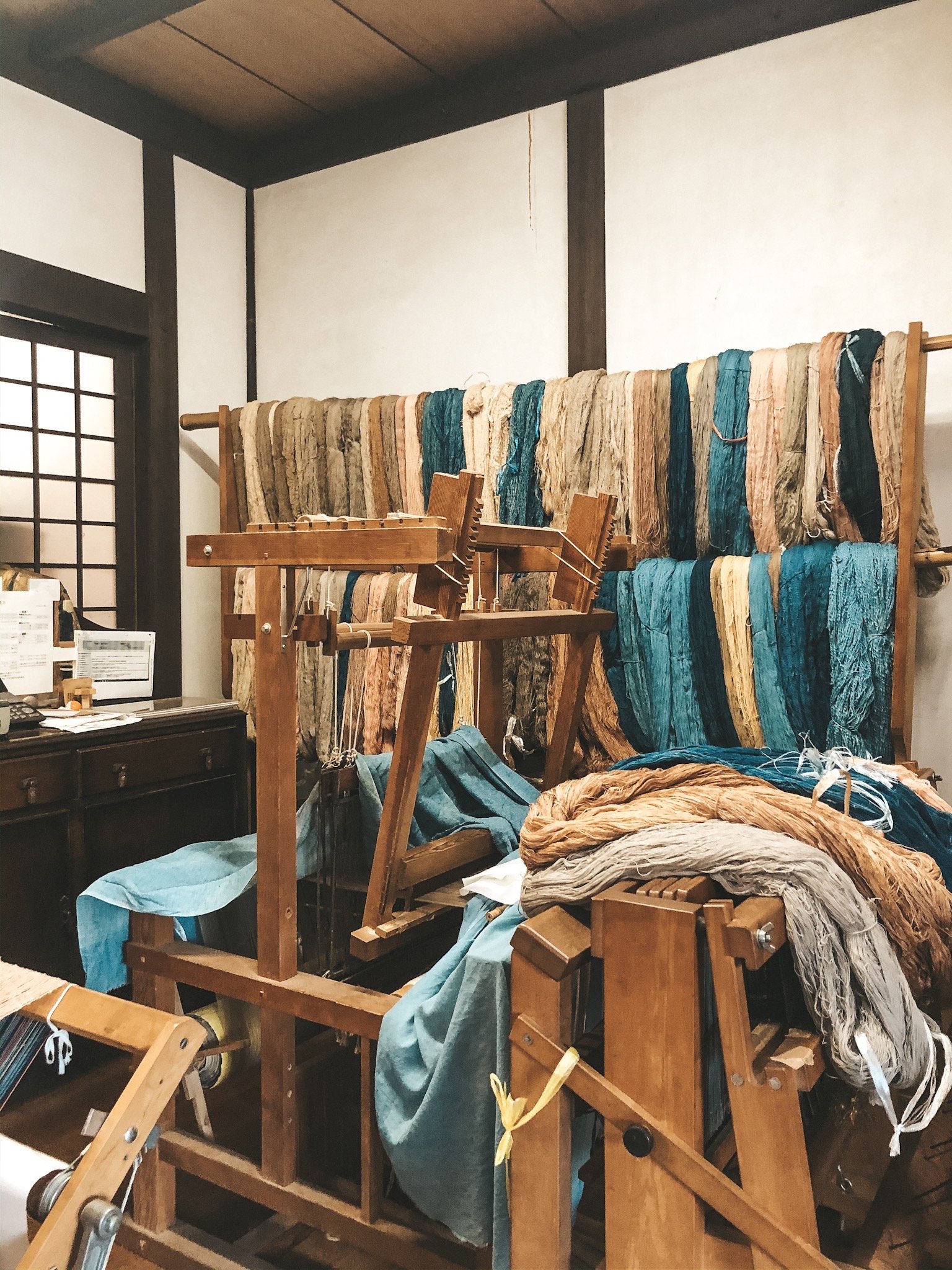Japan - Osaka, Muriyama & Ohara Textile Trip November 2019
I've been dying to visit Japan. It has always been on the top of my list. I had the opportunity to travel there in the end of November and it was one of the best trips I've ever been to.
Japan is the land of perfect harmony between past and future, tradition and technology. I love how the Japanese blend traditional with modern culture in everything they do. I've of course always been fascinated by their textiles, especially the simplicity of their designs, weavings and patterns. Let's also not forget about Japanese Indigo.
The food, the philosophy, the architecture, the people, the way of life - so many things I've always wanted to see and experience.
There are so many places I want(ed) to visit in Japan, however with only 13 days there, I decided it's better to see two places (as much as possible) rather than keep moving, wasting time travelling and not seeing as much. After travelling in South East Asia for four months, I realised I like seeing one place as much as possible, trying to really understand it and become familiar with it, before moving to the next place. So, I went to Osaka for 2.5 days and Kyoto for 9 days. I obviously really want to go Tokyo, but I felt like Kyoto at this point in my life had more things to offer me, so I chose to go there.
Nine days in Kyoto weren't actually enough, so I am hoping that I will be back soon, for a longer time so that I can visit Okinawa, Tokyo, Sapporo, Hiroshima, Kanazawa, Fukuoka, Beppu, Kyoto and Osaka again, and I'm sure other places that I would discover by researching.
Osaka is Japan's third largest city. I didn't have that much time there, so I decided to ask people for advice before booking anything. I stayed in a really cool area called Nakazaki, a hip, artsy district. There are so many wooden buildings from the early 20th century there. Loads of coffee roasters, amazing food markets and tiny restaurants. Small brewpubs, jazz clubs, vintage and antique shops, galleries and food fairs.
I loved walking around that area, going in vintage and second-hand shops, admiring all the cute plants and plant pots that decorate every single entrance. Shops, restaurants, cafes, houses, hair salons - they all have plants right outside. Now that I said hair salons, I've never seen more hair saloons in my life, they are everywhere. You might see three hair salons next to each other. Every single street has one.
Another thing I found interesting and didn't know about, was that a lot of people in Osaka cycle. I saw bicycles everywhere, and most of them had a seat in front and a seat at the back for children.
When I booked to go to Japan, I messaged a friend I met in Laos that was Japanese. I asked her for recommendations and she told me that she has a good friend that lives in Osaka, who is also a designer. I met Maya my first day in Osaka. We spent the day together, which was amazing - I was so lucky to be able to spend a day with a local.
We first went to a few sewing shops, print and vintage shops around Nakazaki and then we went to an amazing textile exhibition. (I'll tell you more about this soon).
We then had lunch at this amazing little shop that was in a train station. It only had 8 seats, and there was an old lady that cooked for us in front of us. Maya ordered for me. The food was amazing, and I loved how they serve everything in separate tiny plates (all the ceramics are beautiful as well).
Then we went to see the Osaka castle (the only touristy thing I did while in Osaka). The castle is one of the most famous landmarks in Japan. It's a five-story castle that was first built in 1583. It has been destroyed and rebuilt numerous times, sometimes by war, but also in 1660s the main castle tower was destroyed by lightning. The most recent reconstruction was in 1928.
I didn't actually go inside the castle, I just walked around the park surrounding it. I was really lucky, because I was in Japan at the Koyo or Momiji season. Both these words mean "autumn-coloured foliage". Koyo refers to the natural phenomenon of autumn changing the colours of the leaves. Momiji also means maple tree, which is one of the most beautiful trees in Japan that change colour. Red, yellows and browns everywhere.
Japanese people actually take outings to appreciate the beauty of autumn as a custom. Their love and appreciation of nature is shown all the time. Today, going for a picnic or a drive to the mountains and countryside to "hunt" the autumn colours and beauty is a common pursuit.
I loved walking around the park, and then we walked around that area, which is filled with really modern sky scrapers and buildings. We went for coffee and cake in a nice coffee shop and then we also went for dinner. I tried okonomiyaki, which is amazing, its basically a savoury pancake made with eggs, flour, yam and cabbage. We added shrimps and it came with an amazing sauce on top. I loved it. I also tried Takoyaki, which is the Osaka snack. It's a ball shaped dumpling, which is filled with ginger, octopus, spring onions and tempura crumbs. I loved it. We also had yaki soba, which I've had before and they are probably my favourite noodles. Osaka is actually known for it's food culture, it's filled with restaurants, markets and food stalls. I can't wait to go back and explore more traditional Osaka dishes.
There were many places in Osaka I wanted to visit but I didn't have time to, however, being with Maya was for a full day was really nice, because she was a local, she knew where to take me, she knew what to order. It was a completely different experience and I am really lucky I got to spend the day with her.
Some of the places I'd like to visit next time I'm back to Osaka though are:
The Tennoji Park
Shitennoji temple
Hozenji temple
Horie District
The National Museum of Art
The Museum of Oriental Ceramics
Umeda Sky building
National Museum of Ethnology
The exhibition we went to with Maya, was called "Handmade Dresses of the World", and it included costumes and clothes from almost every country in the world. It was really beautiful to see all the different textile techniques, styles, shapes and colours.
The exhibition was actually very long, there was so much to see. Unfortunately, all the labels with the explanations were in Japanese only, however, Maya translated everything for me.
There were pieces of knitting, weaving, embroidery, appliqué, beading, batik, shibori, quilting, ikat, pleating as well as jewellery and accessories like bags, belts and shoes.
The next day was one of my favourites while in Japan. Maya picked me up with her car and we drove to Miyamachokita, in the north of Kyoto. I was very jet-lagged, and I actually fell asleep while we were driving, which is a shame because the landscapes were amazing. Rivers, forests, the Koyo colours, mountains, waterfalls. Every time I opened my eyes, I'd be amazed and then I'd fall back asleep again haha. It was actually the first time I felt a jet-lag, when I travelled to the US and to South East Asia, I was always fine and never had a problem like this. This time though it was really difficult to adjust.
The main reason we went there was to see the Little Indigo Museum. Hiroyuki Shindo is the owner of this museum and is a world renowned Indigo Dyeing master.
He used to offer indigo workshops and classes, but they aren't available any more unfortunately. Now, you can admire the collection of indigo textiles, his and his family's as well as indigo textiles from around the world.
Mr Shindo, was very welcoming and I am so glad I got to meet him and his wife. He was really helpful, explaining the whole process of indigo dyeing, how the dye is collected from the leaves of the Japanese indigo plant, showing us fresh, dried and powder form indigo. He also showed me all his vats (some are more than 25 years old!) as well as all of his tools for dyeing and weaving.
He explained the antibacterial and insect repellent effects of indigo and how indigo clothing is seen as a remedy for skin trouble and eczema.
I really enjoyed talking to him and seeing how fascinated he still is with indigo, even though he has been working with it for years.
The couple gave me a lot advice on places to visit while travelling in Japan as well as where to shop for different materials, fabrics and yarns. There is a small shop downstairs with indigo dyed textiles by Shindo and his wife, I couldn't resist when I found a small handwoven table runner, which was woven with cotton and banana thread (indigo dyed of course)!
It is a bit difficult to get to the museum if you don't have a car, but I can't recommend it enough! The little village is beautiful as well, with tiny houses, a ceramic studio, the little indigo museum and a really cute restaurant.
After our little adventure, Maya drove me to Kyoto. I stayed there for nine days and completely fell in love with it. I will tell you more about Kyoto on the next journal post.
My last full day in Japan, I met up with Maya again! We met in Kyoto and took a bus that took us to Ohara (1 hour trip). Ohara is an ancient farming village north of Kyoto, famous for its rural beauty, its many temples, and its spiritual significance. There are beautiful falls called Otonashi, which unfortunately we didn't have time to visit and there are many temples, gardens and treks worth visiting.
The main reason we visited was to go to the "Ohara Koubou Natural Dyeing Centre". I wouldn't have found this place without the help of Maya, and it was so nice that we went there together, and once again she translated everything for me.
Ohara Koubou is a spinning, dyeing and weaving studio in an old farmhouse. We were welcomed with miso soup, that was one of the best I've had, and we were introduced to the family that owns the studio.
They offer both weaving and natural dyeing workshops, however I only did the natural dyeing workshop since the weaving one-day class was for beginners only. (They did tell me that next time I visit we could plan a more advanced weaving class though.) We prepared an indigo vat (using the fermentation method) madder dye, evergreen oak leaves dye, cherry branches dye and Japanese green tea dye.
The main dyer explained that in Ohara they use both dried and fresh indigo leaves, usually mixed together. They collect the indigo leaves in the summer before it blooms. If it blooms then the indigo is lost. He usually makes a new indigo vat every 6 months and he told me that it can be kept both in cold and hot weather. The fermentation process takes four days, and they use water, indigo leaves, bananas, sake, and either soda or limestone. He told me that firemen used to wear indigo dyed clothes in the past because indigo protects from fire and heat. It's also good for sunburn and small cuts.
The madder made pink hues, the oak leaves purple, the cherry branches light pink and the Japanese green tea made grey. I dyed one scarf (cotton/silk mix) and some silk skeins. I also learnt that to make a black dye, they use alder cones with iron. The main dyer also explained that in the past, instead of alum people used ash water and instead of iron they used river mud.
His main advice for my natural dyeing back at home in Greece was to "accept any colour you get, without complaint".
That's exactly what I have been doing, and hopefully what I will continue doing in the future.
Hope you enjoyed the first part of my Japan Journal!
xx
Christiana
